If you've studied early childhood education, chances are you've come across the Montessori method. It is known for inspiring the youngest children to concentrate, to pick up toys independently, to complete tasks such as dressing or cleaning the table, and to choose their own learning program at school.
Cool! You might be wondering, "When did Montessori start?" The answer is that we can implement Montessori principles from birth.
That doesn't mean our babies will tie their shoelaces before rolling over. But it does mean that babies have their own separate version: focus and perseverance.
Knowing a little about the Montessori method will help parents become great observers of their children. As a result, you will be able to see and support your baby's development in a thoughtful way.

While most people think of it as suitable for preschoolers and older children, Montessori practices and ideas are very useful for understanding infant development.
Here's how and why babies and Montessori can be great together.
What is Montessori?
Montessori education is based on the development of the child. Everyone has a unique journey as their eyesight gets sharper and they become aware of their limbs after birth. Eventually they will move, slide, crawl, walk and talk! But everyone hits milestones at their own pace. Instead of focusing on the baby's age, we try to present the material (Montessori's word for toys) and experiences based on where the child is on their own developmental timeline. For example, your child's demonstrated ability to transfer objects like a rattle from one hand to the other will surprise you as a parent, even though you may not see it on the Babycenter milestone list.

Montessori is a way of guiding children with respect. The parent or teacher observes the child's needs, believes in their abilities, and allows the child to be independent (within certain limits) so that the child can follow his own unique developmental path in accordance with his own natural drive to learn and grow.
Why start Montessori at birth?
85% of the brain is formed by age 3. Formal education usually begins at preschool, but Dr. Montessori observed (and modern research has confirmed) that learning begins at birth.
Early brain development is the foundation of all future learning, as infants establish discovery pathways and patterns that they will use throughout their lives.
The quality of your child's environment affects their development. Research shows that children who grow up in stimulating environments have a greater chance of development. Your child's skills are not predetermined. Take visual development for example. Your baby is born with some basic visual wiring, but what they see in the first few months of life affects key visual skills, such as depth perception and the ability to quickly switch focus between objects. With this in mind, the first Montessori newborn material is a series of cell phones designed to support the development of visual skills.
In addition to developing their senses and basic skills, babies are also learning how to learn! A major goal of Montessori is to help infants develop habits of concentration, perseverance in the face of challenges, independent problem-solving and other skills that will help them throughout childhood and adulthood, no matter what type of job they choose. They provide good service.

How to use Montessori at home with your baby?
In addition to reading, singing, and talking with your child from birth, you can help promote early childhood learning by designing your baby's environment using the following principles:
- Provide a sense of order. For adults, a messy office full of documents can be a source of stress and confusion. The same goes for your kids and their play areas. Children do best in organized play spaces that are not overstimulated. One of Montessori's favorite sayings is: "Where all things go".
- Keep things simple. One way to keep things organized is not to take out all of your child's toys at once. Choose six to eight toys and a few books at a time, and set the rest aside for later.
- Provide passive toys. We like to say "passive toys are for active babies". We mean simple toys that require your child's involvement to activate them. More "active" toys with lights and sounds (the screen is the most active) can put your child into passive mode where they push buttons and wait to be entertained. Choose toys that are exciting because they invite your child to pull, grab or move, not because of their bells and whistles.
- Present the right amount of challenge. Montessori has an understanding that if you give your child a material and they use it "right" right away, you wait too long to introduce it. The best learning happens when children make mistakes while trying to solve problems and eventually master them on their own. When you're looking for a toy for your baby, try to choose one that provides the right challenge: Don't bore your child so easily or so complex that they'll get frustrated.


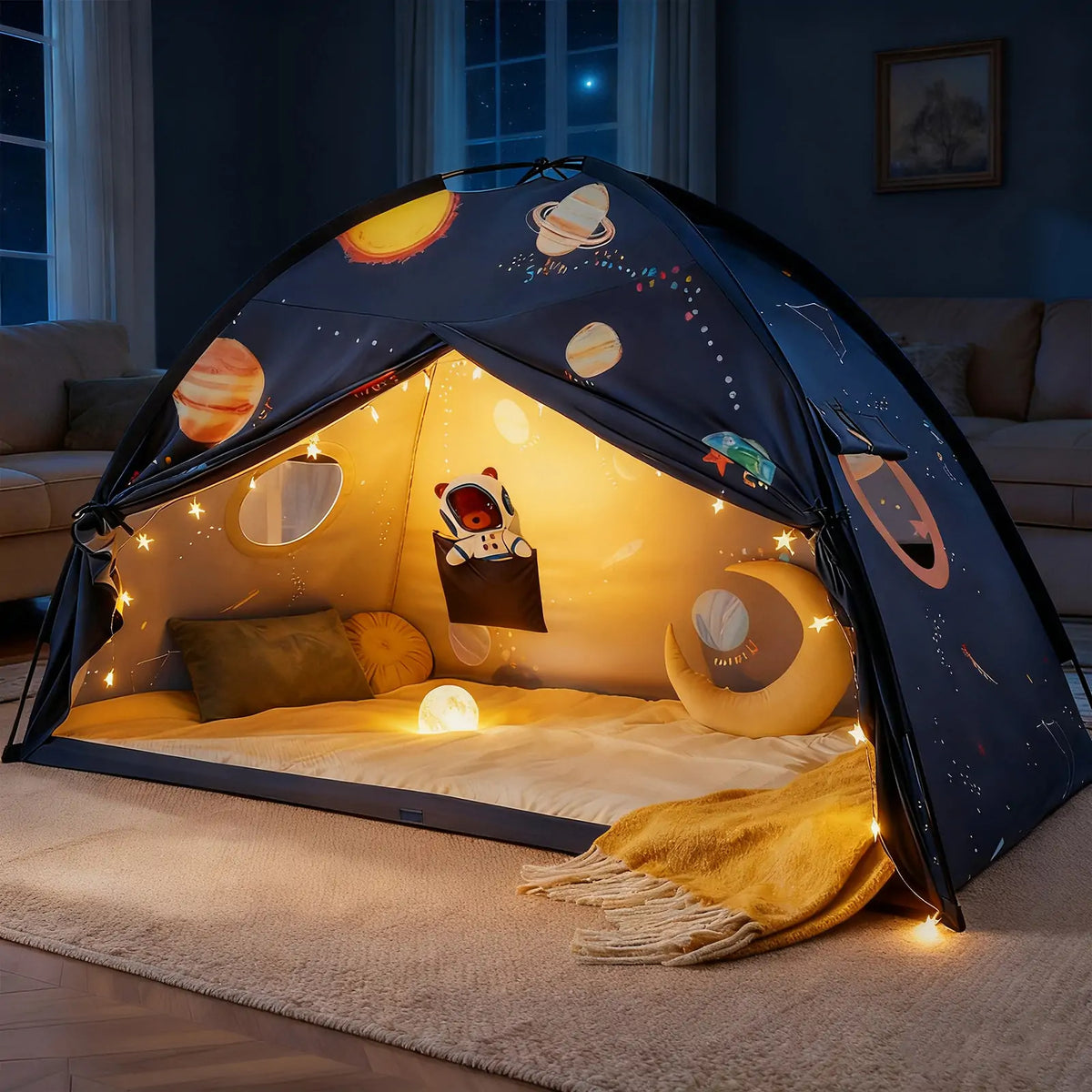
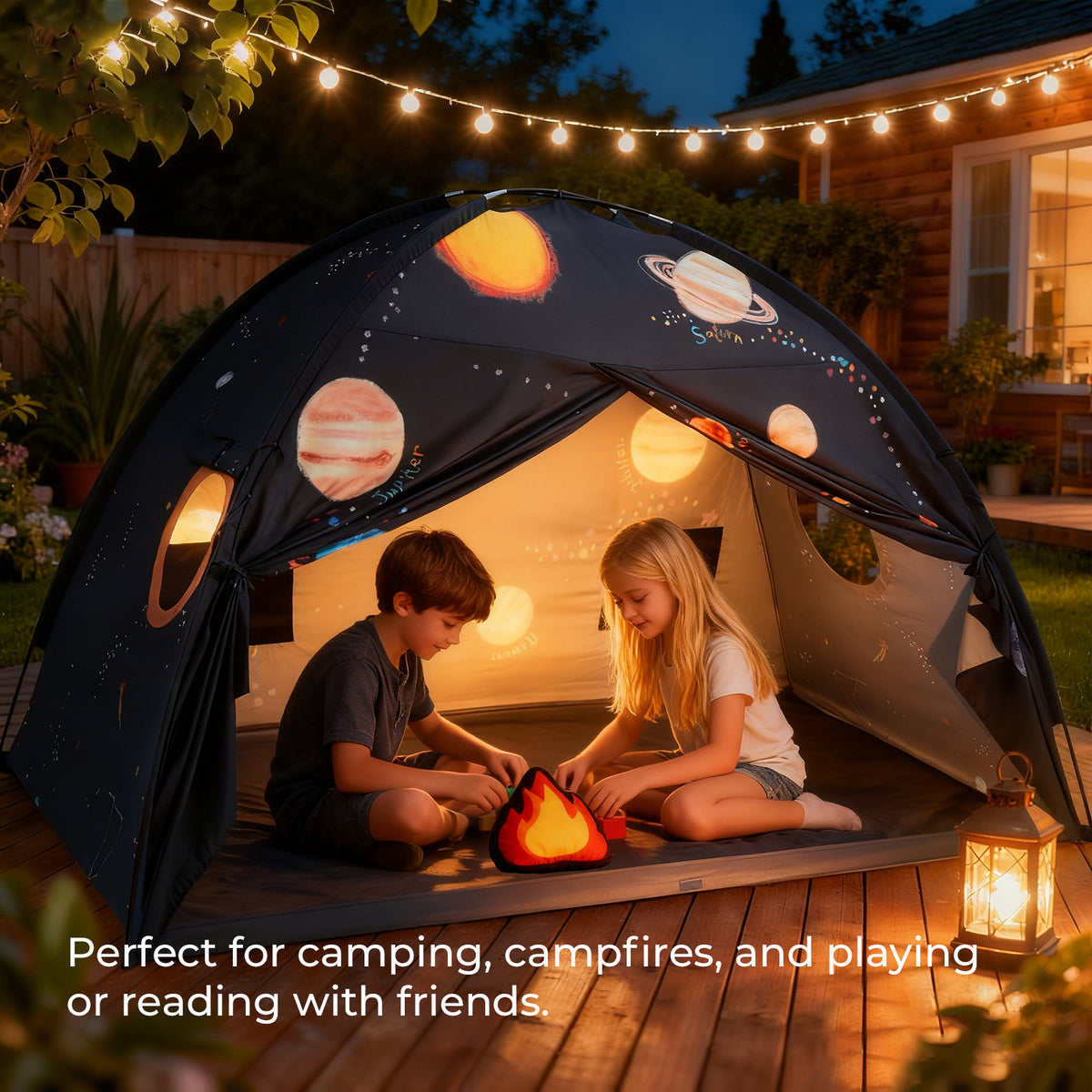
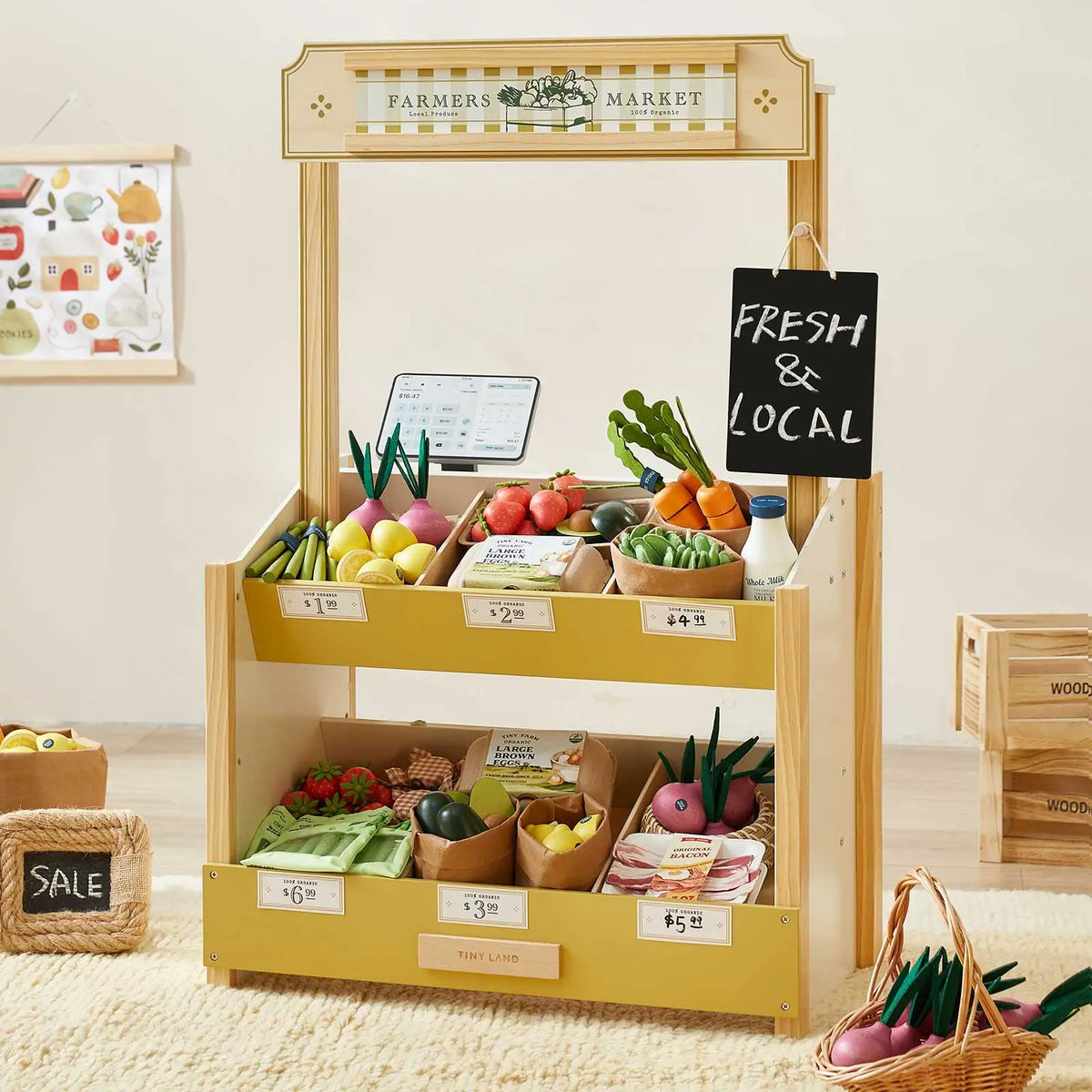
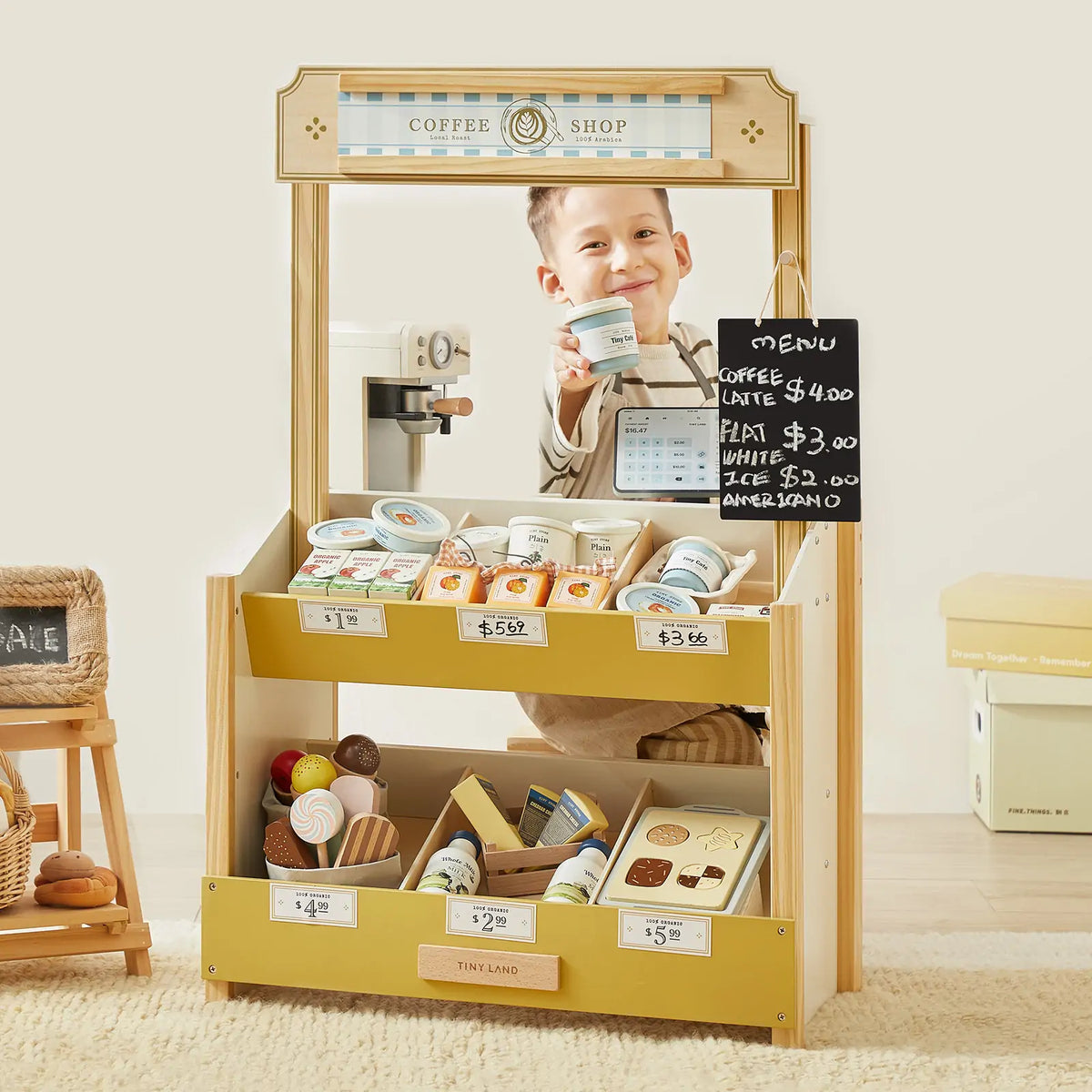
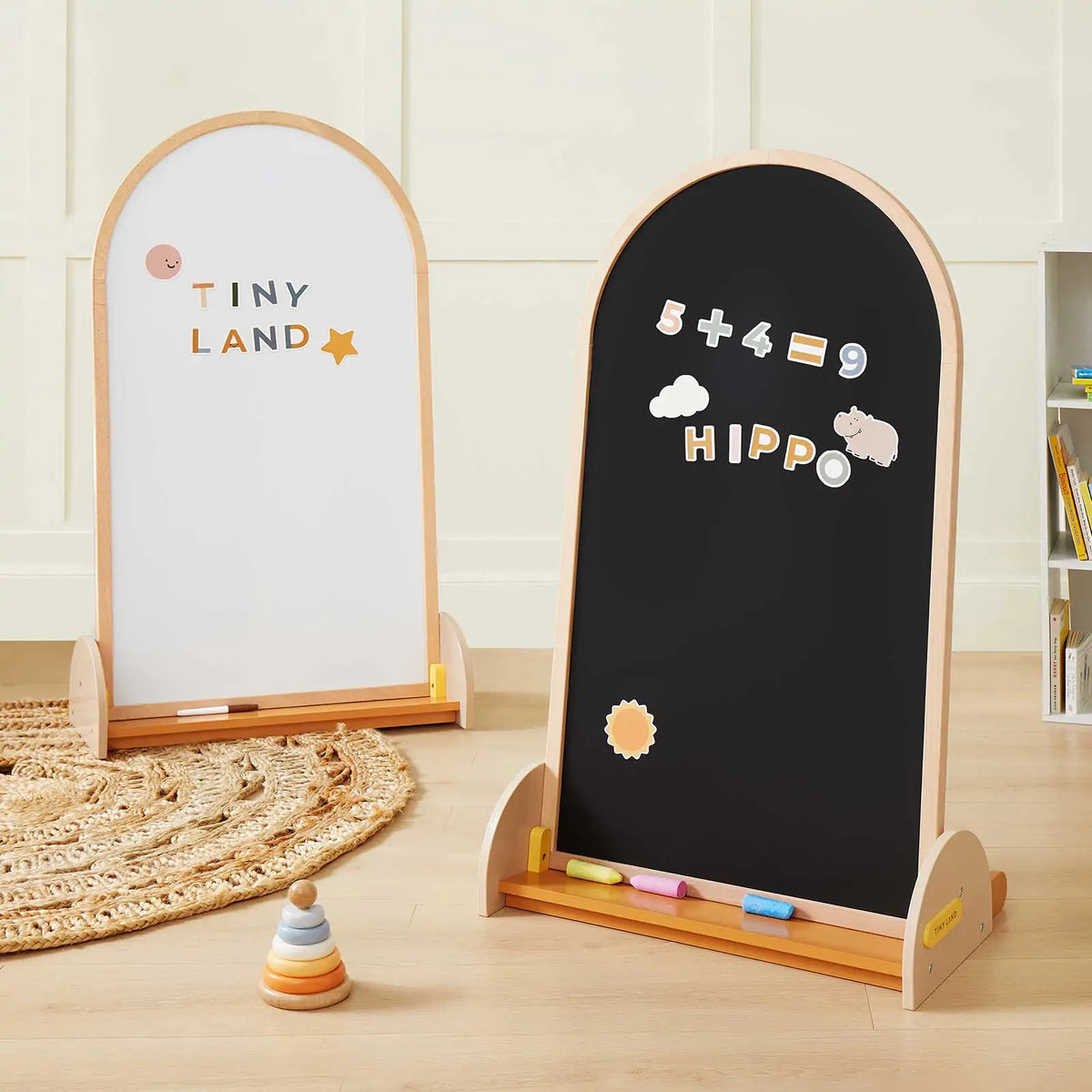
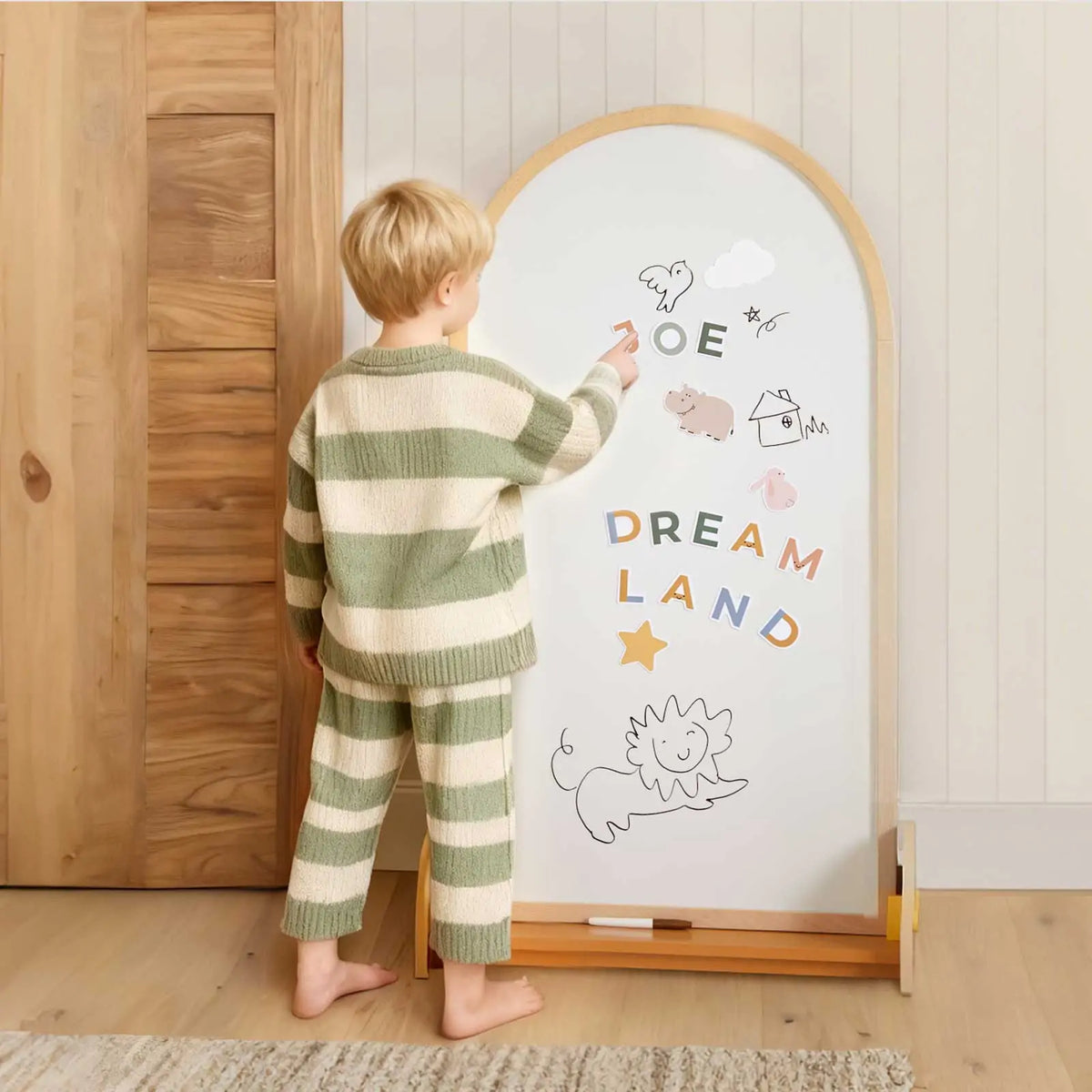
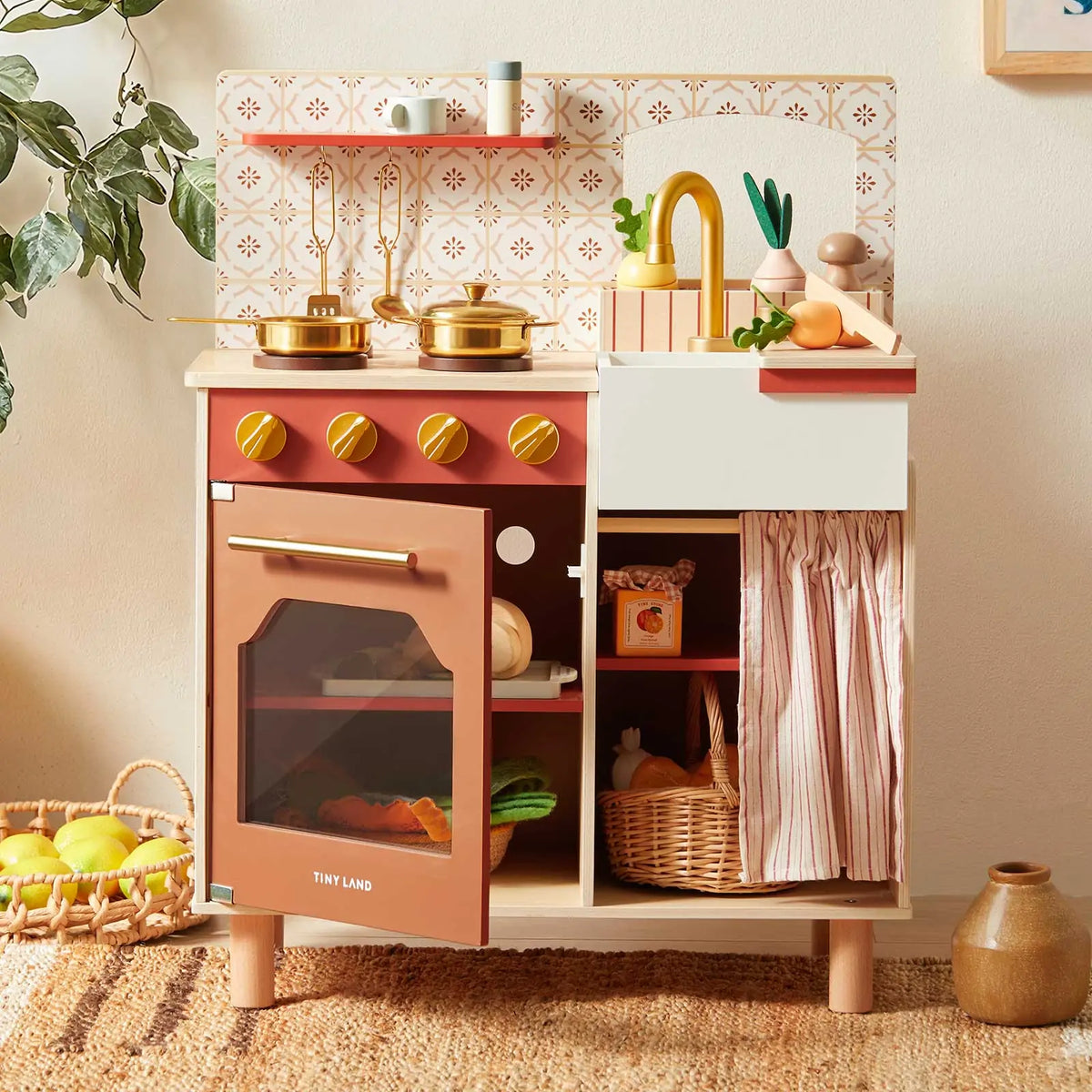
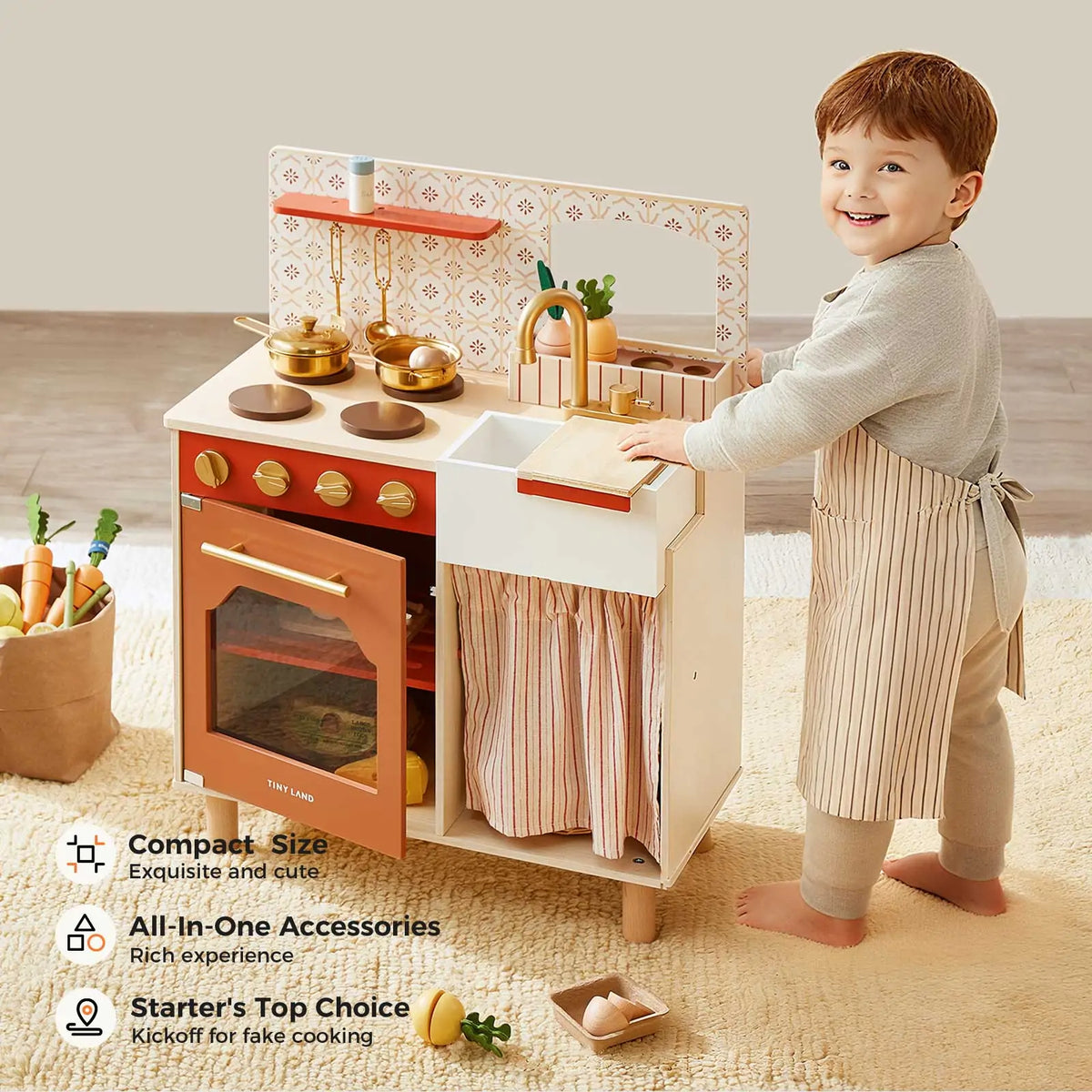

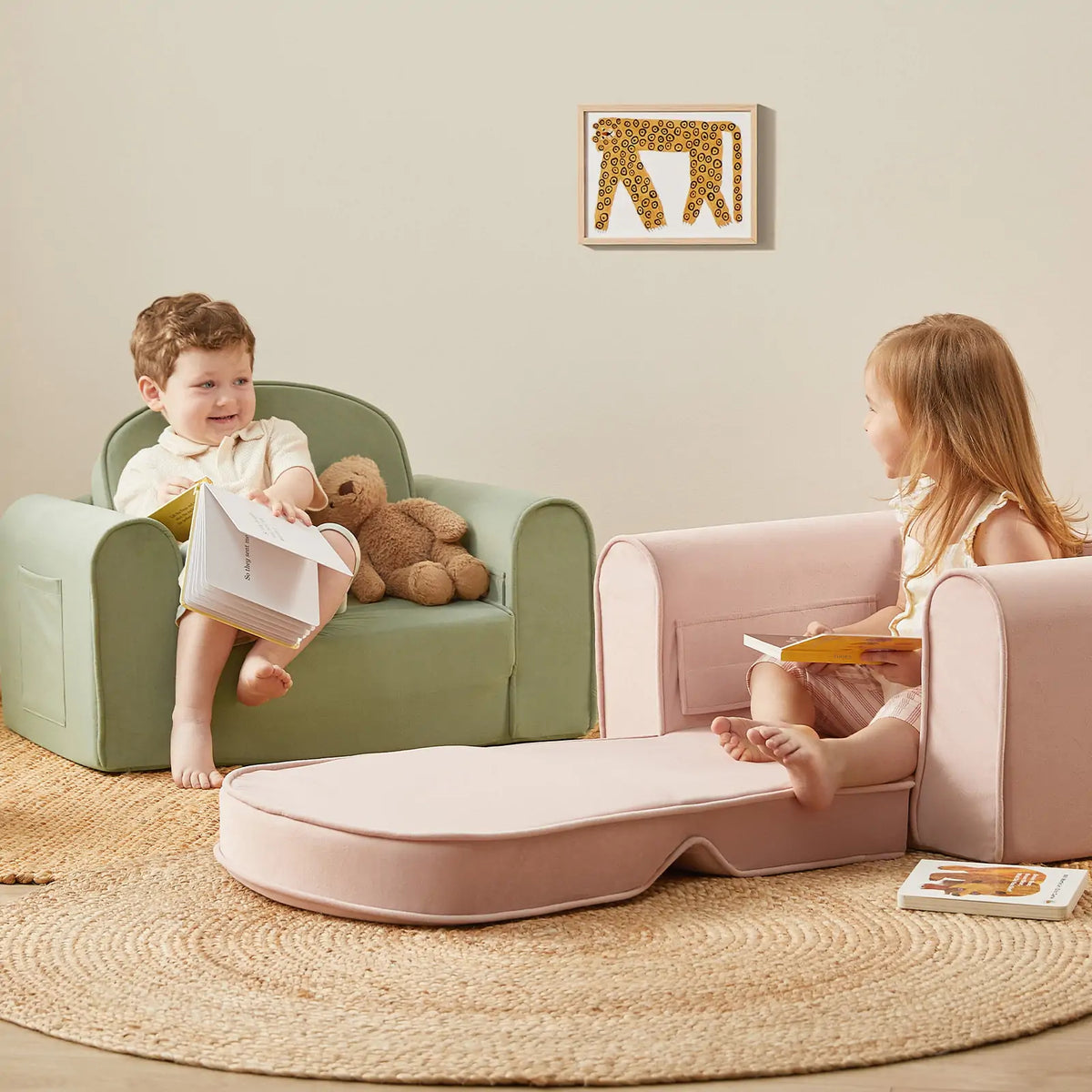
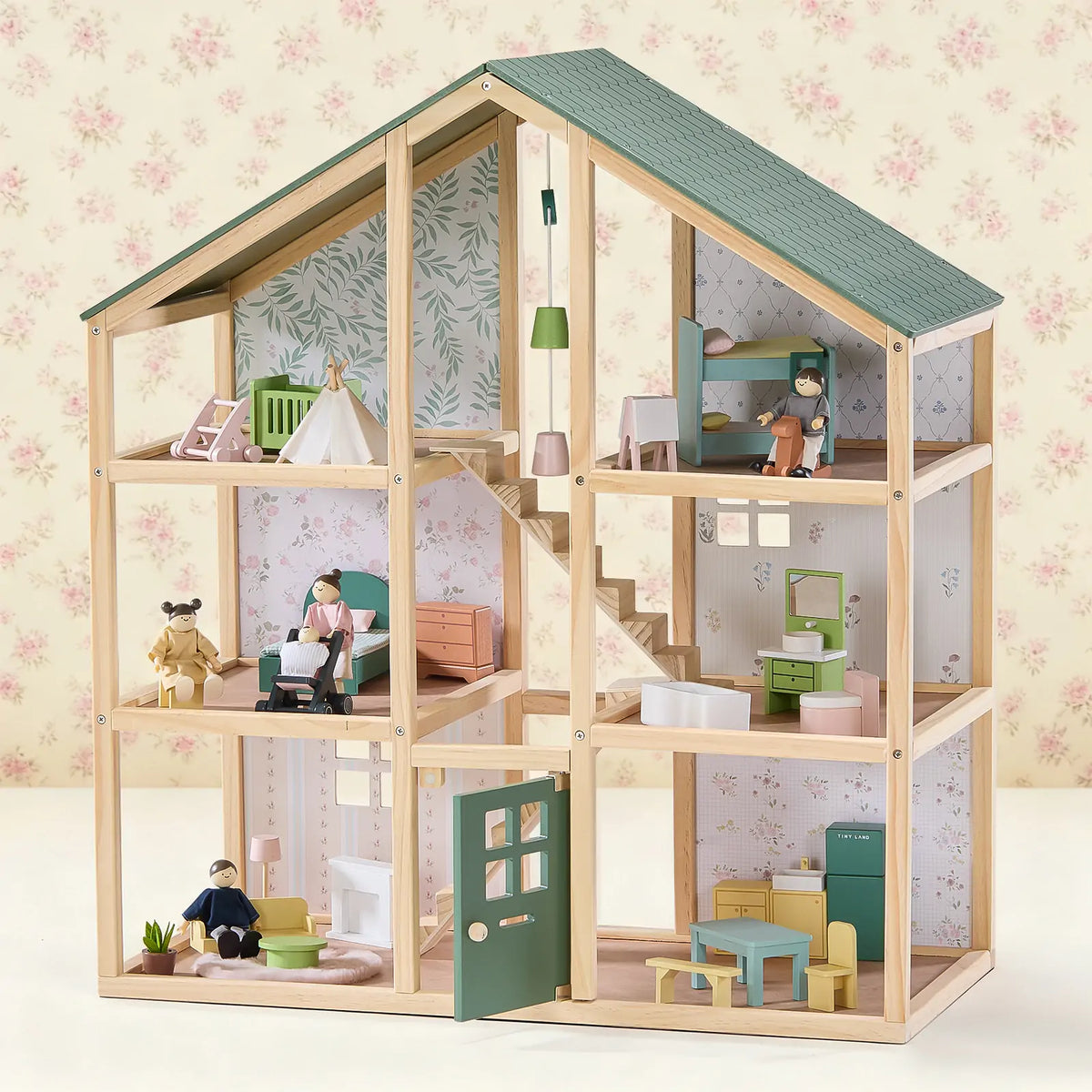
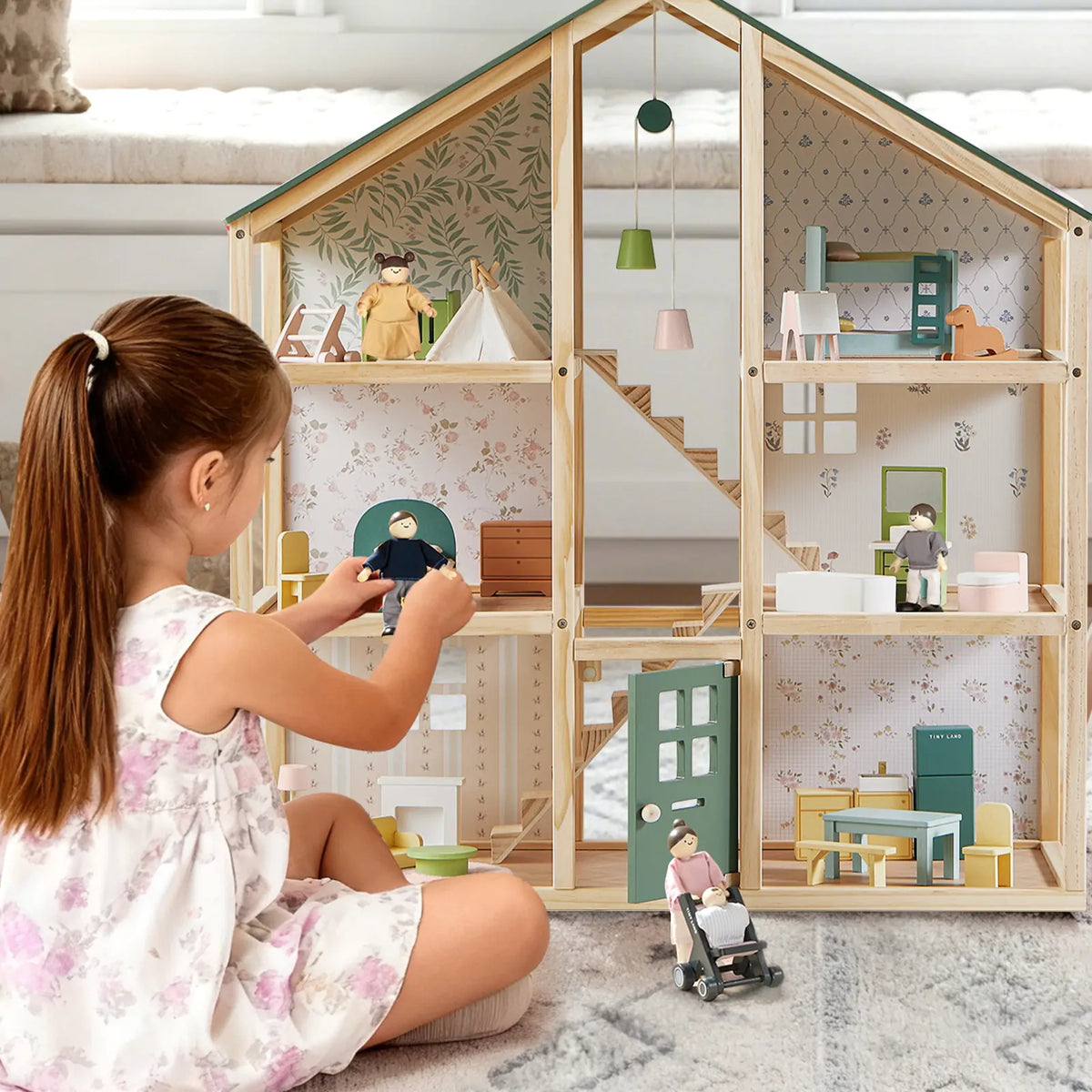
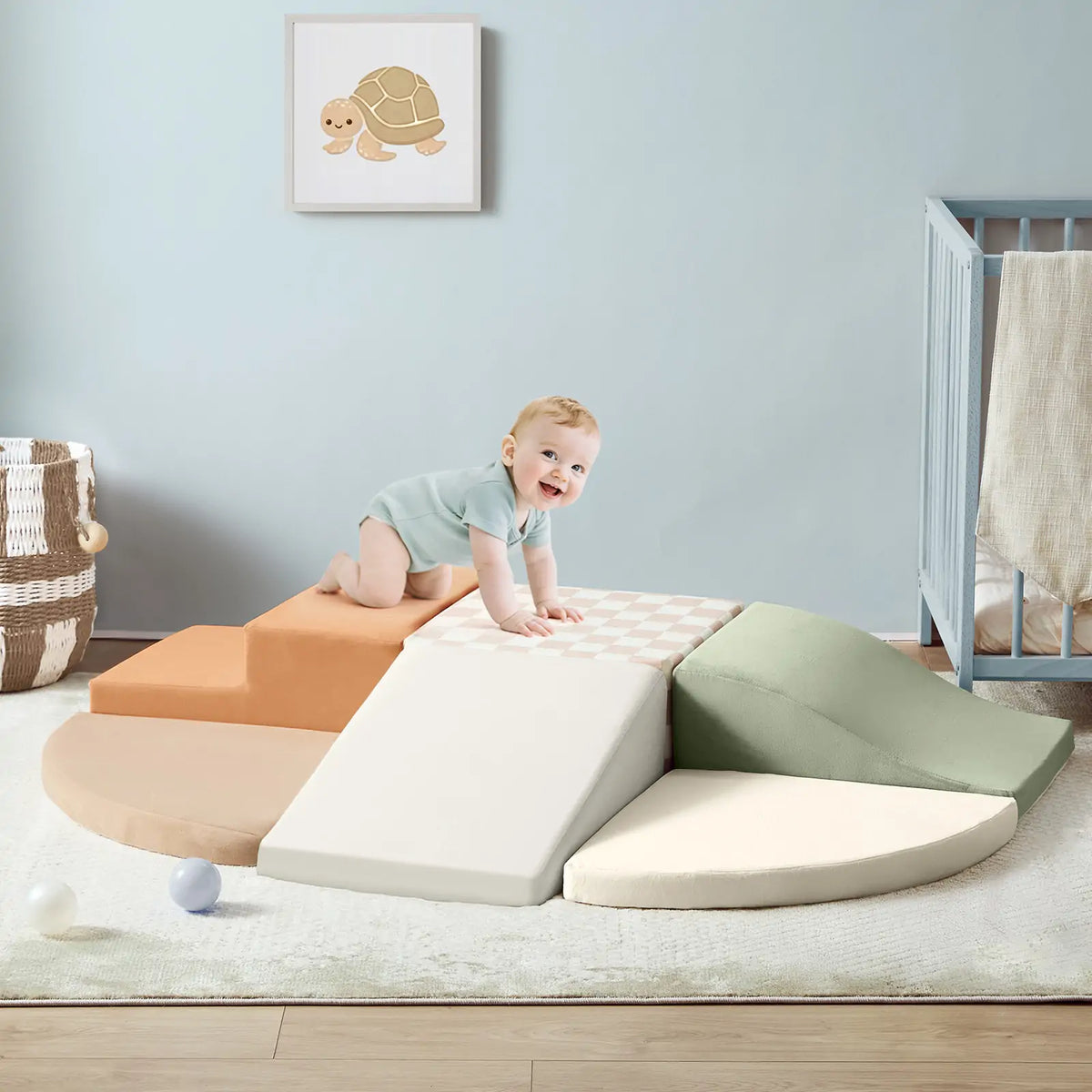
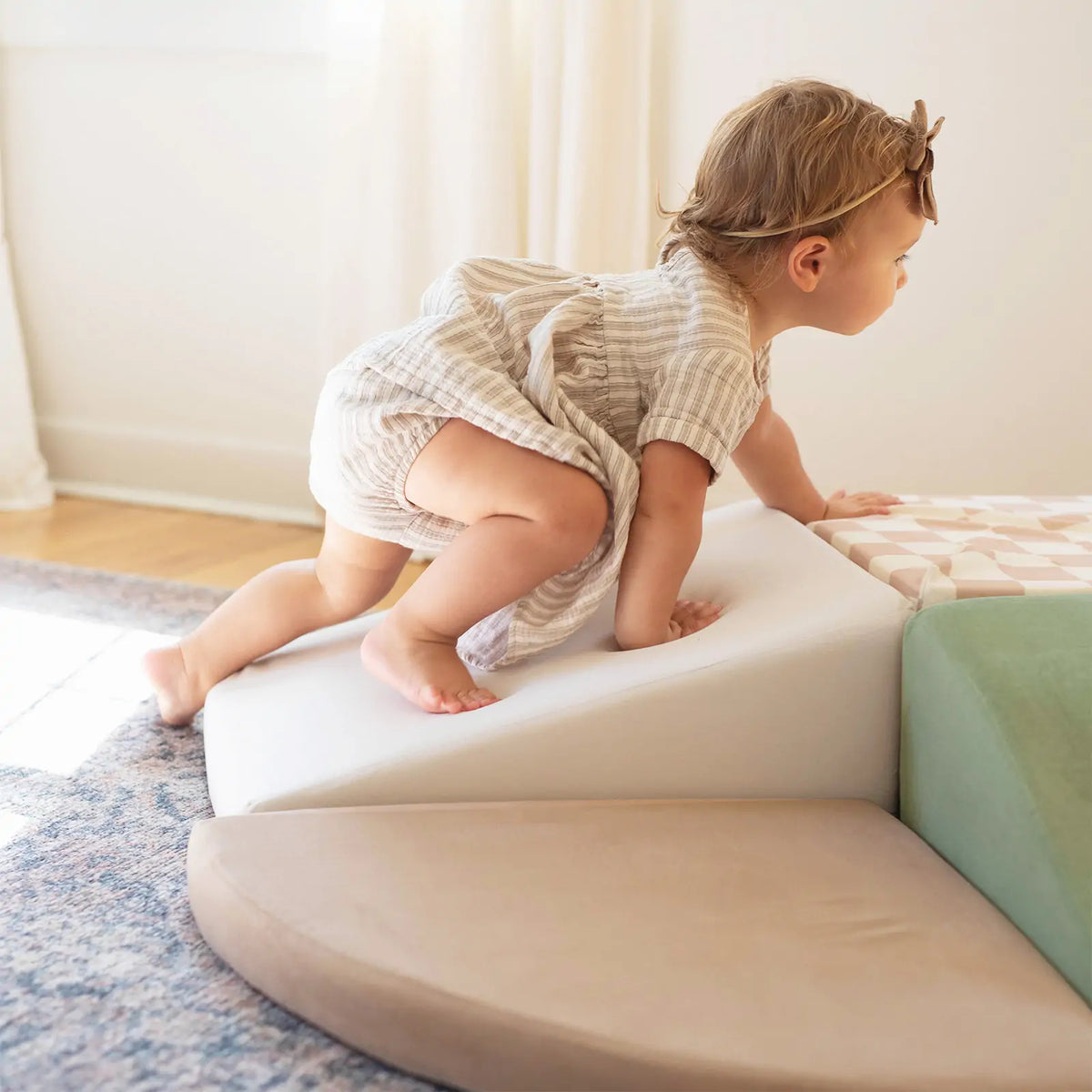
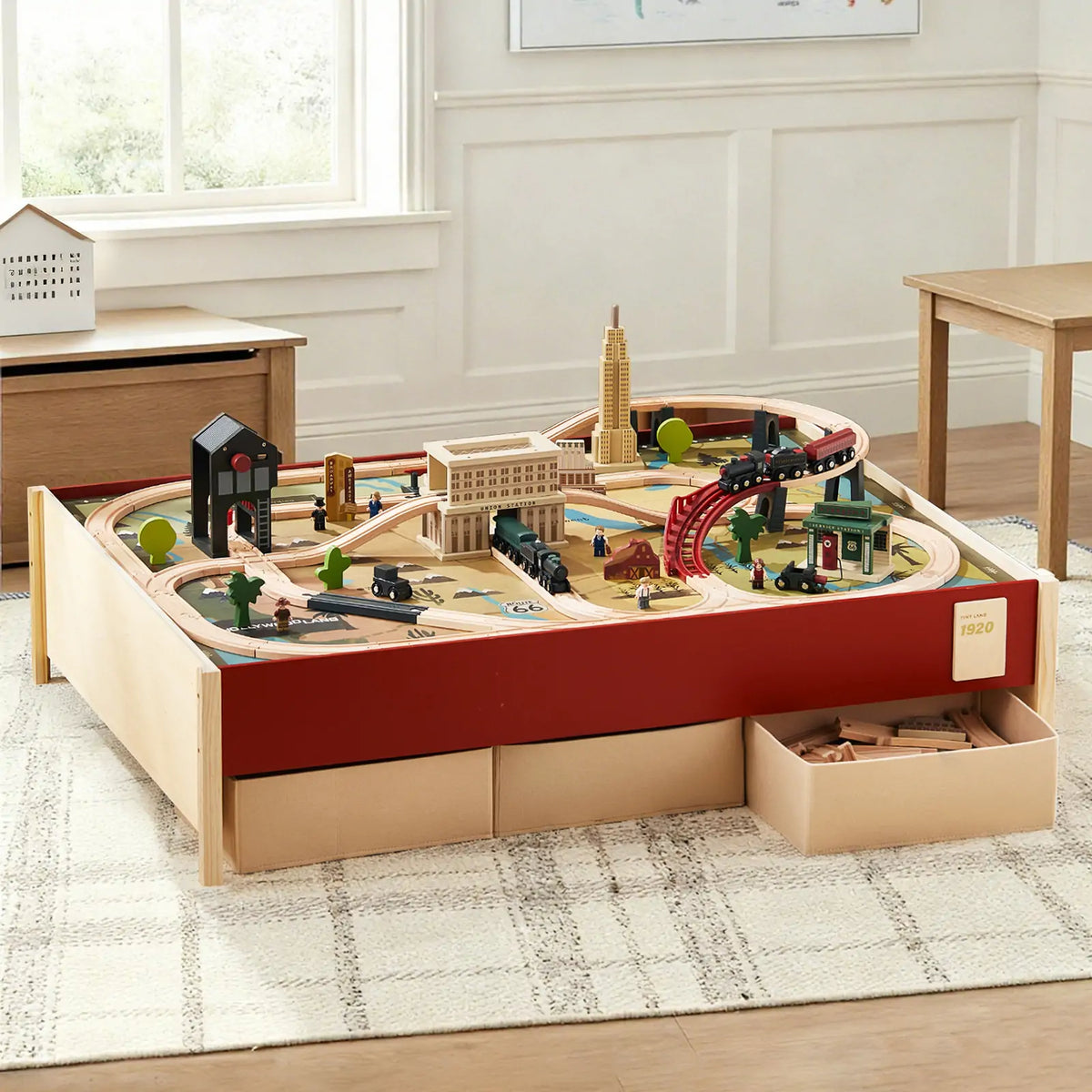
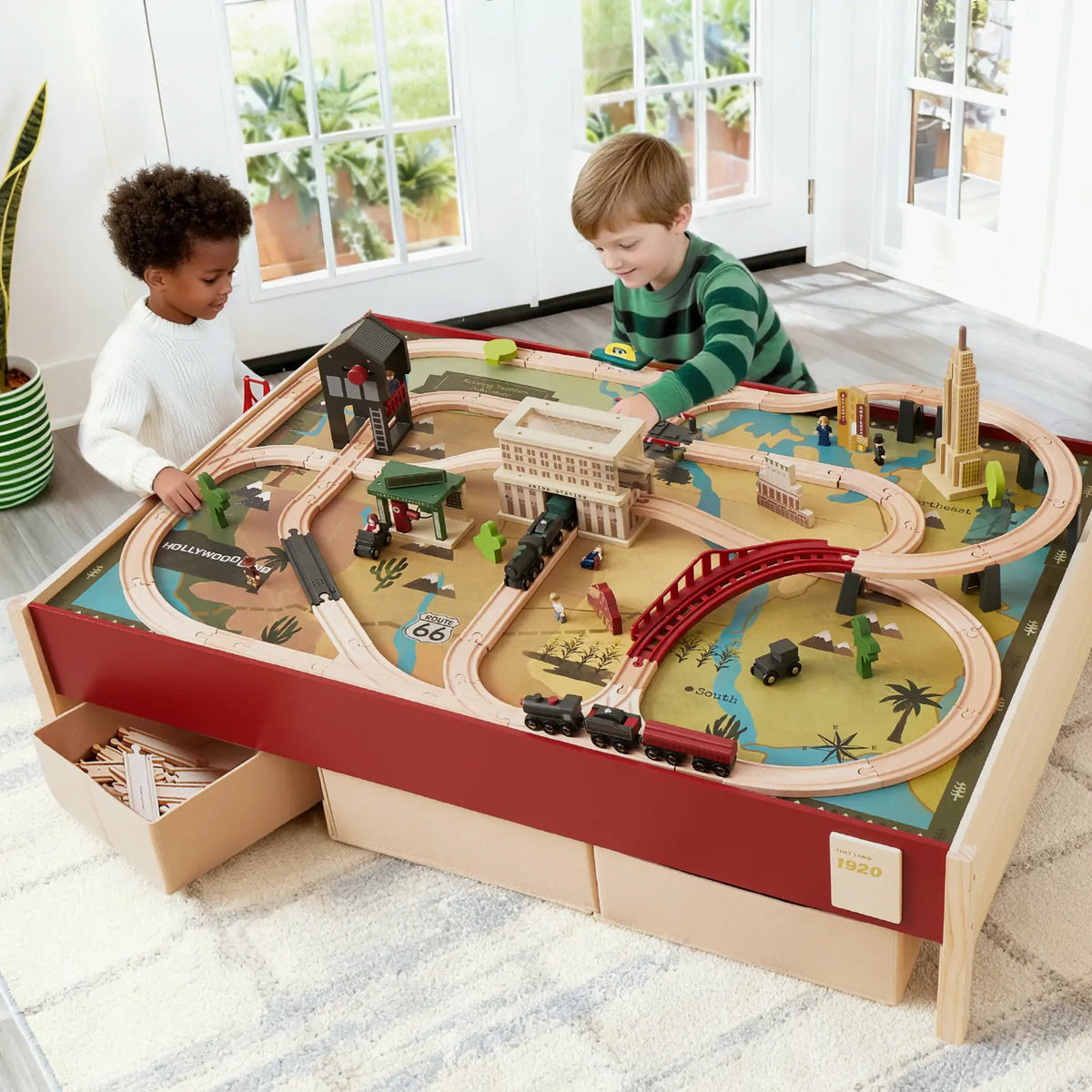
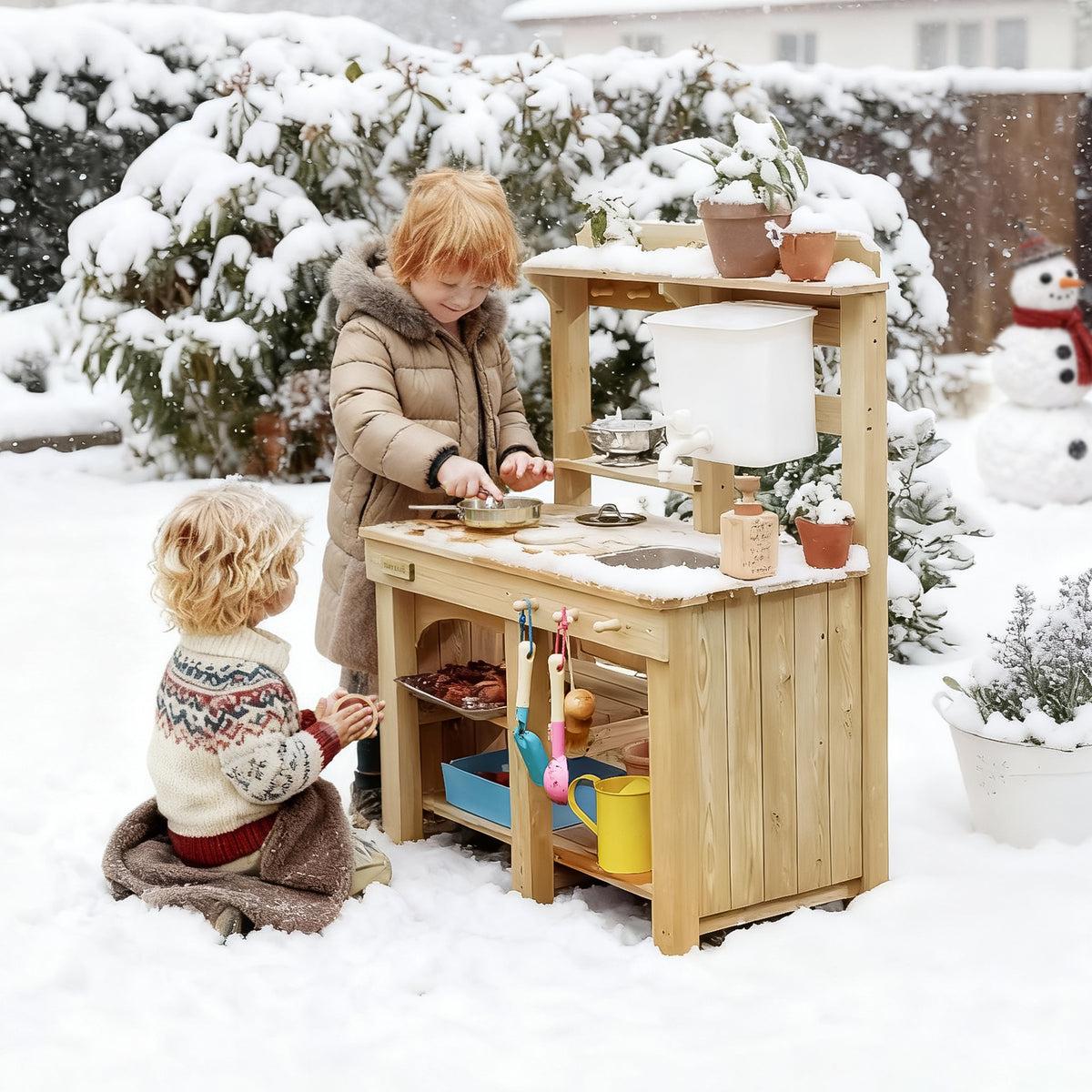
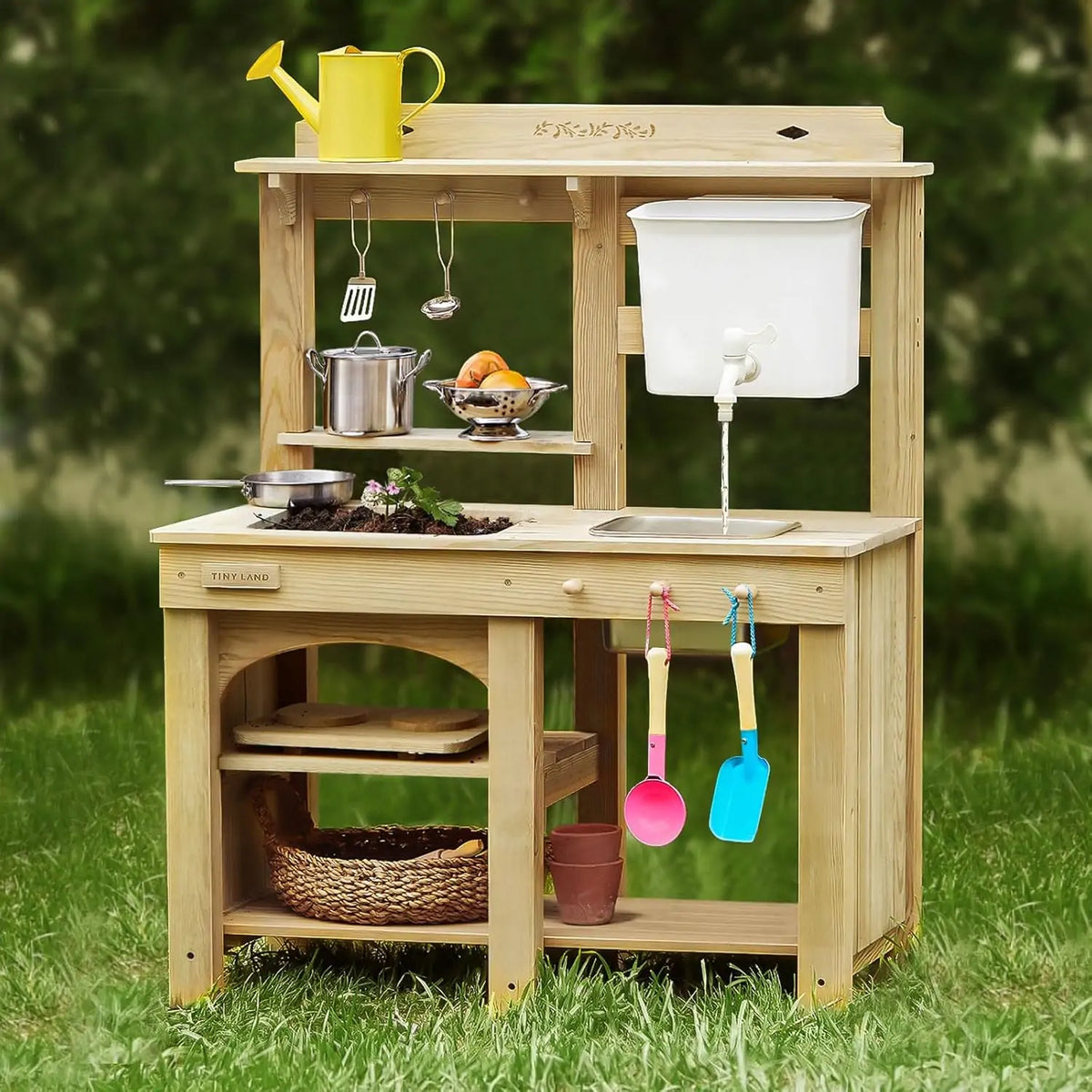
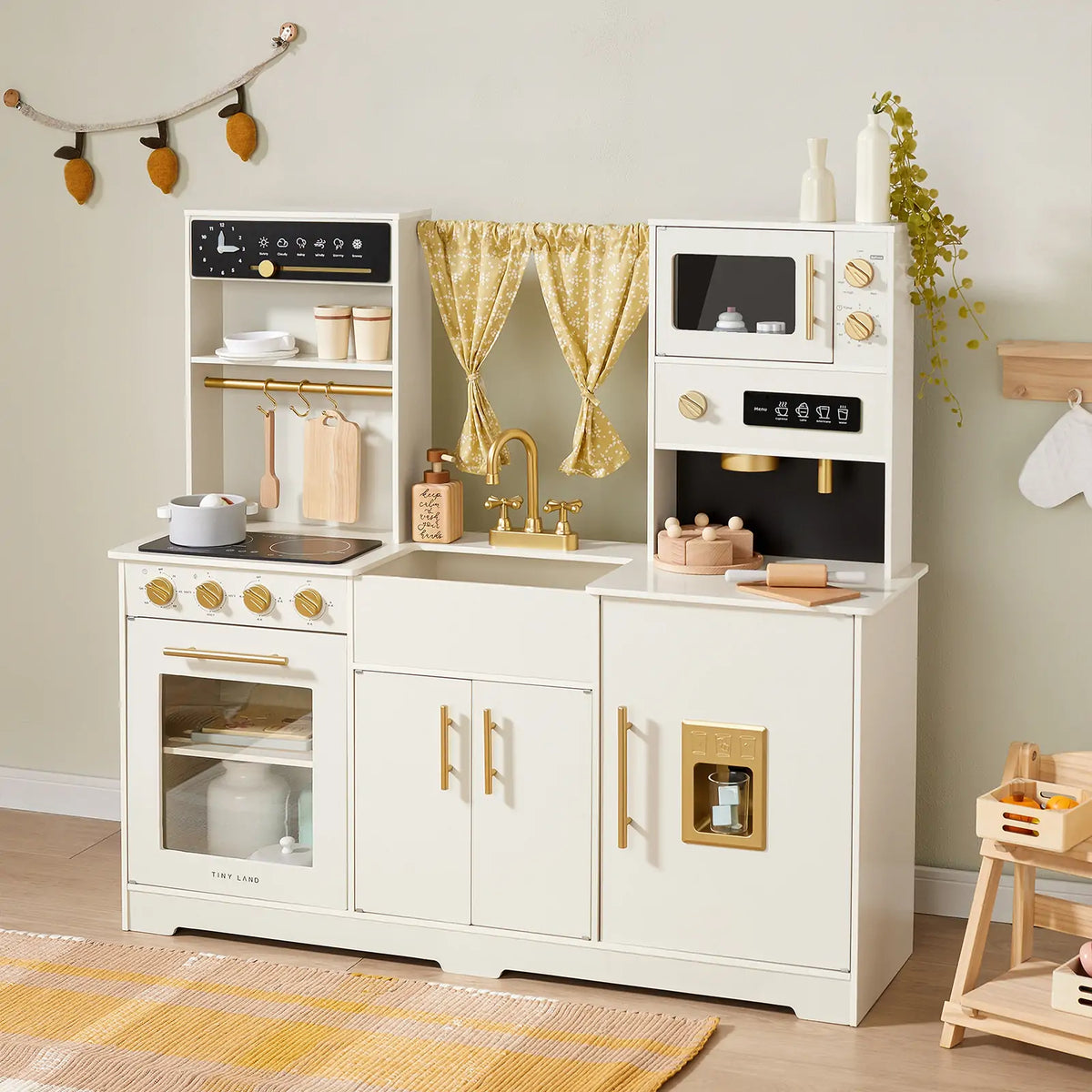
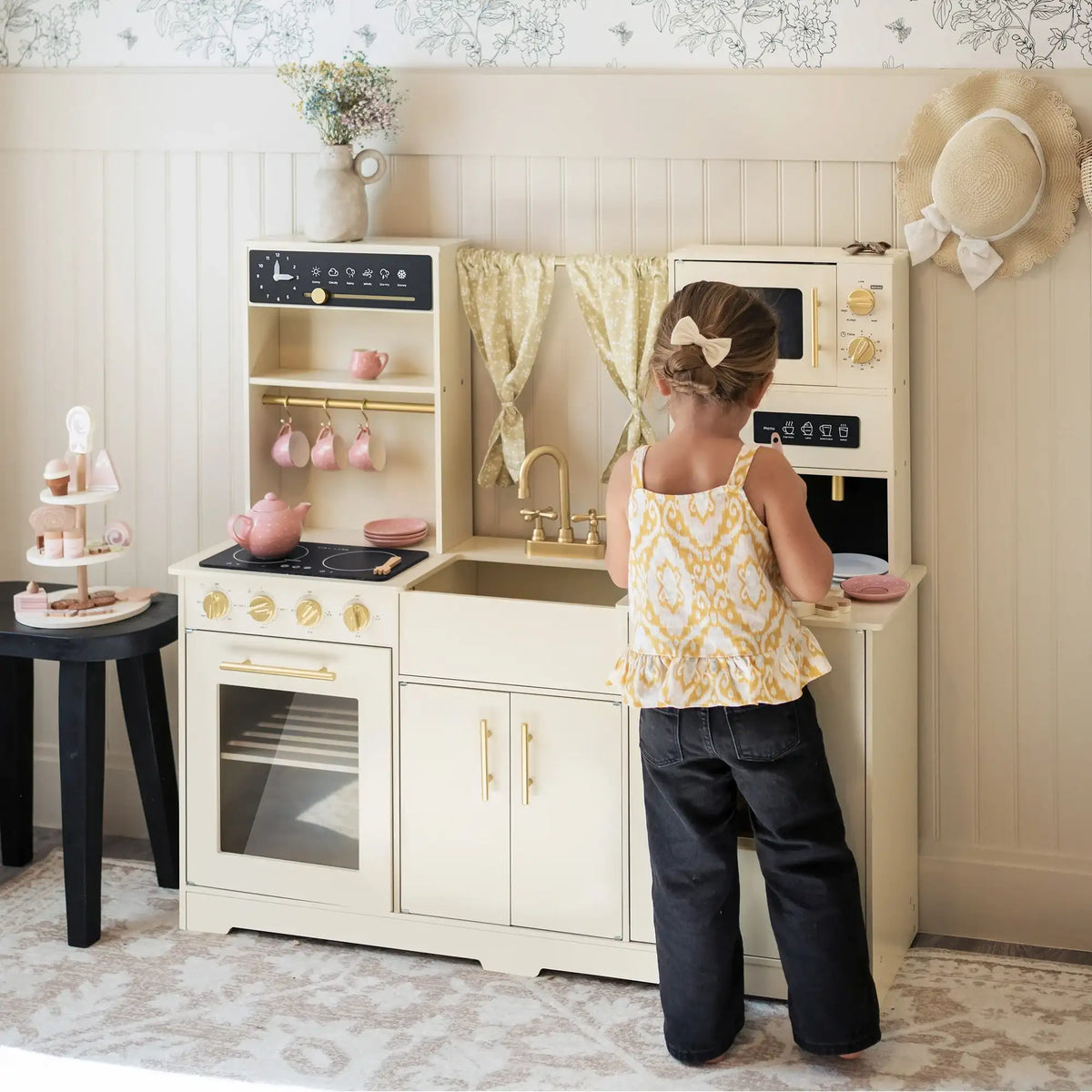
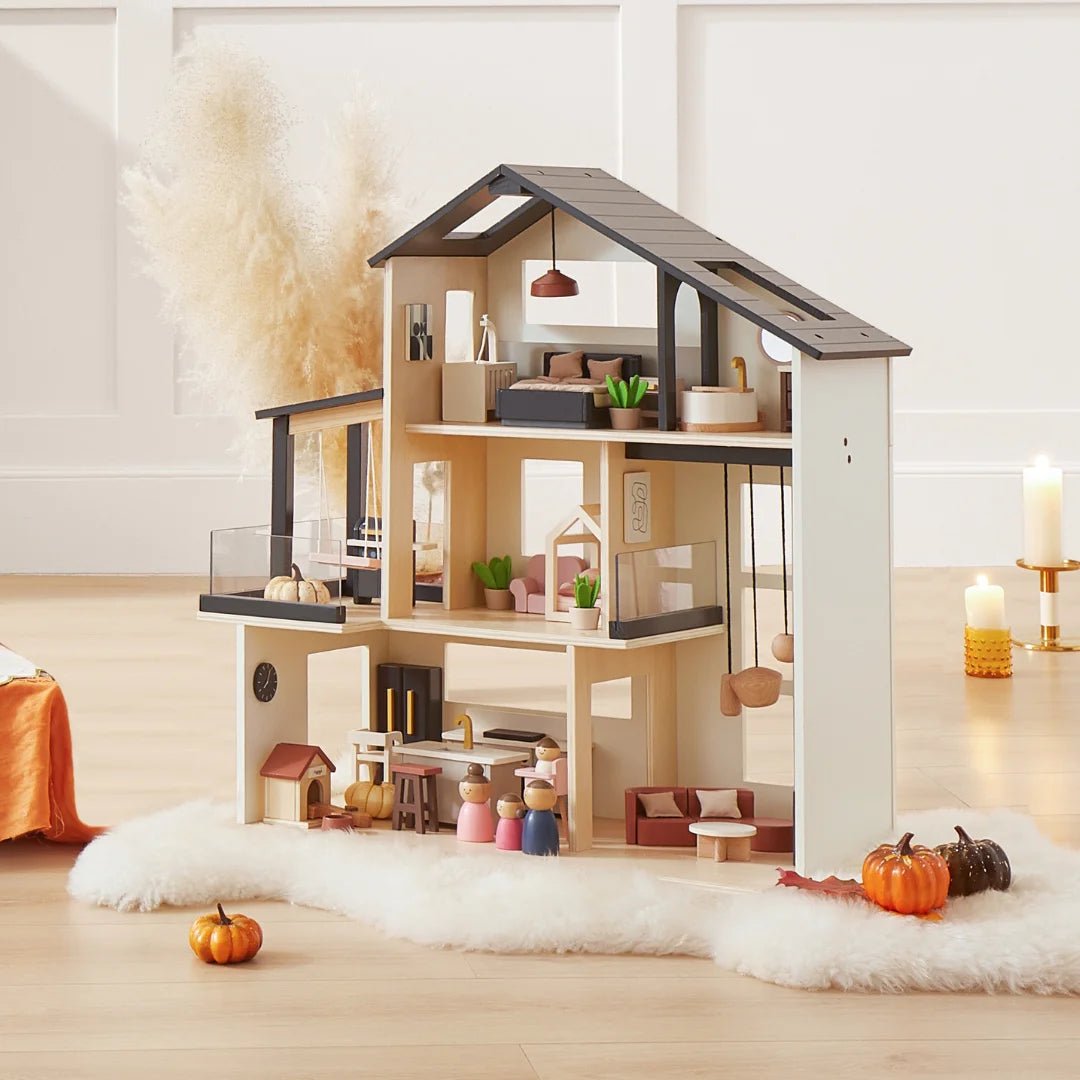
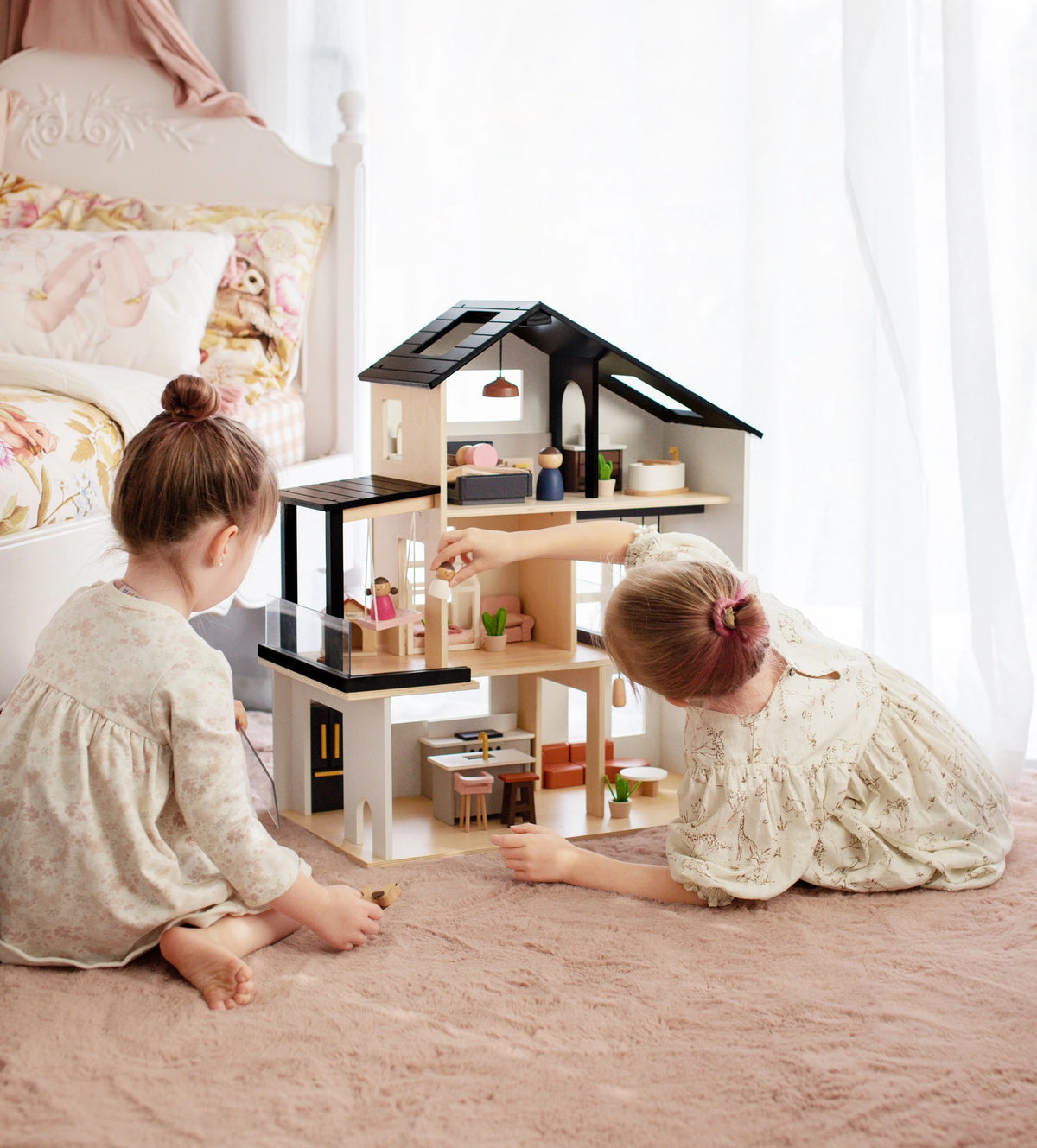
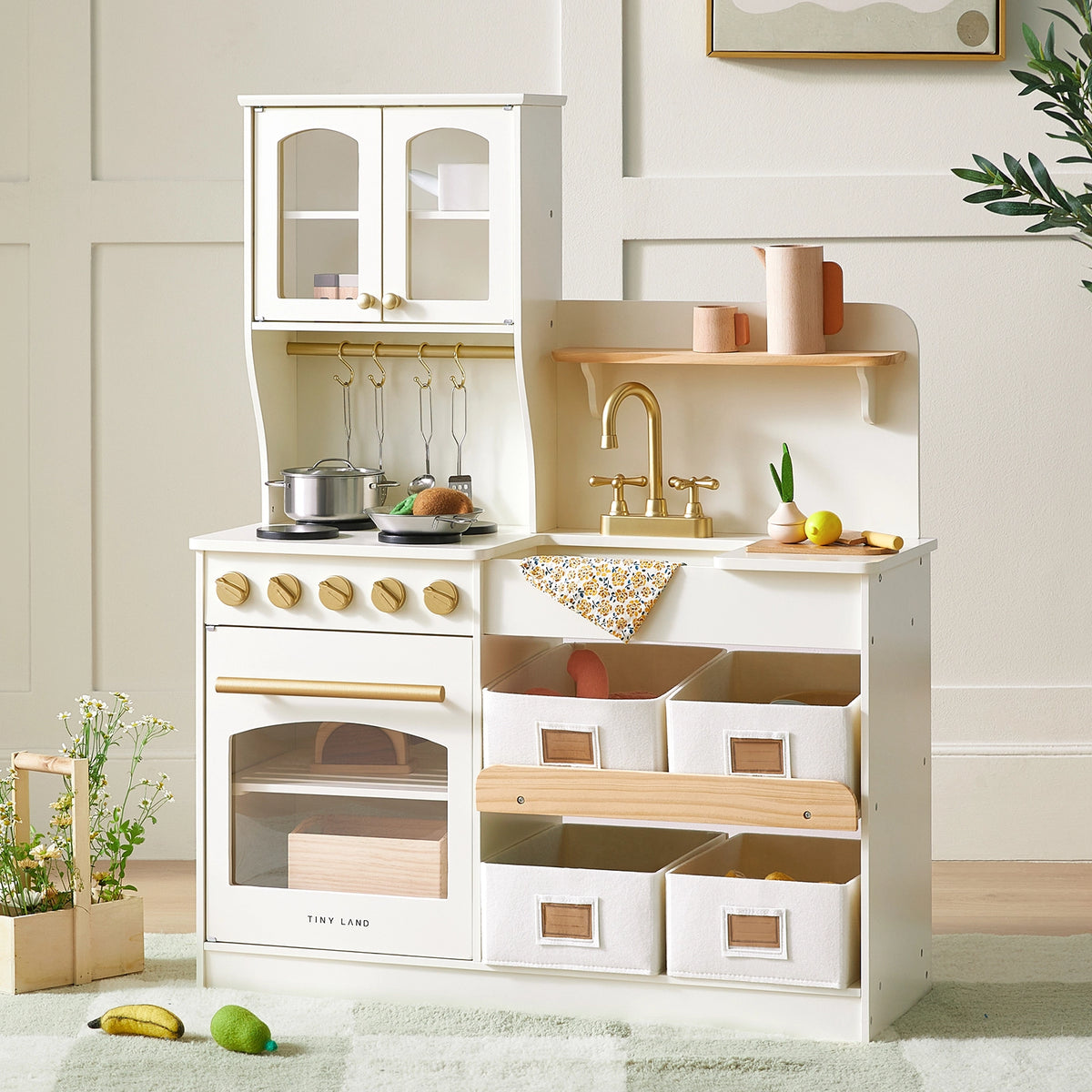
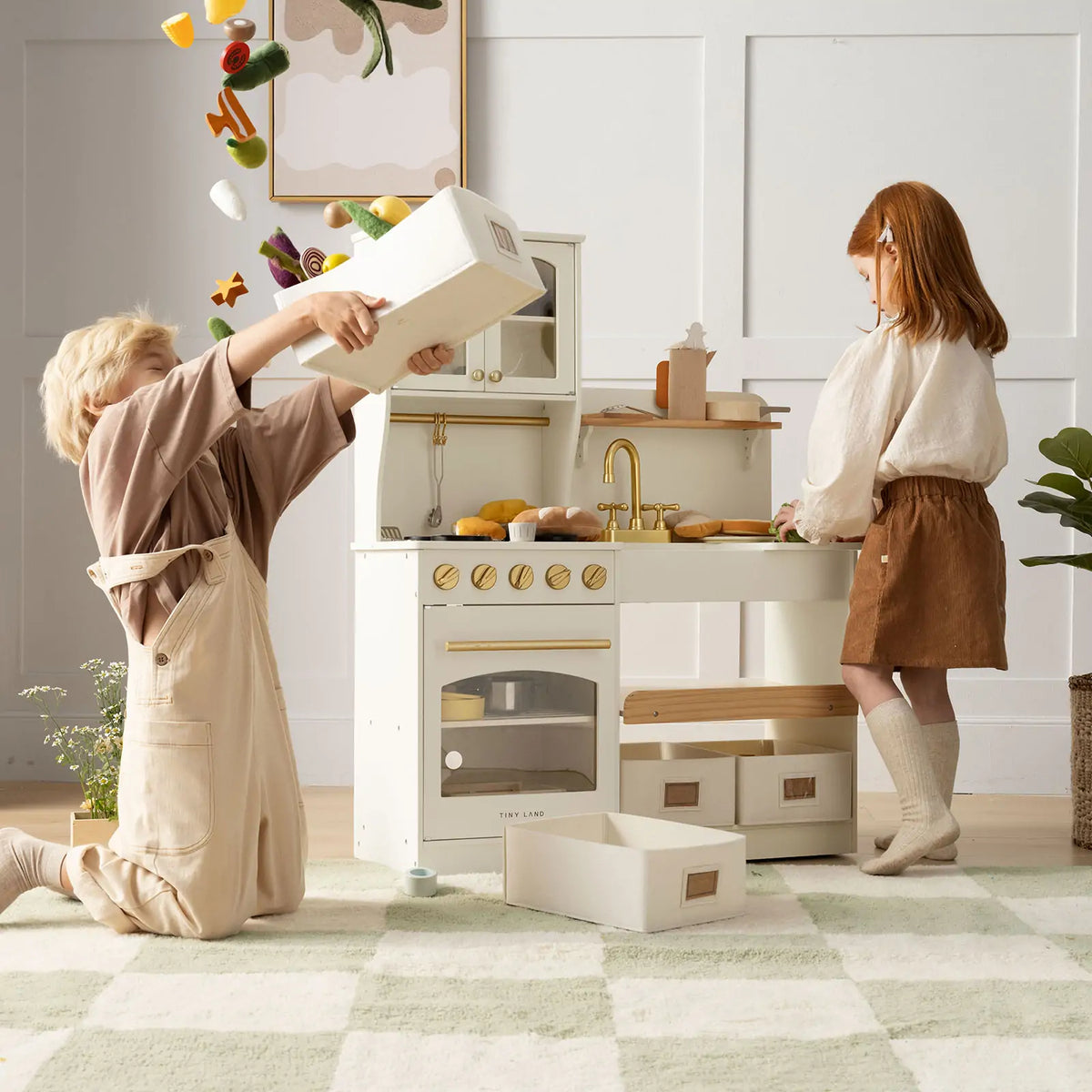
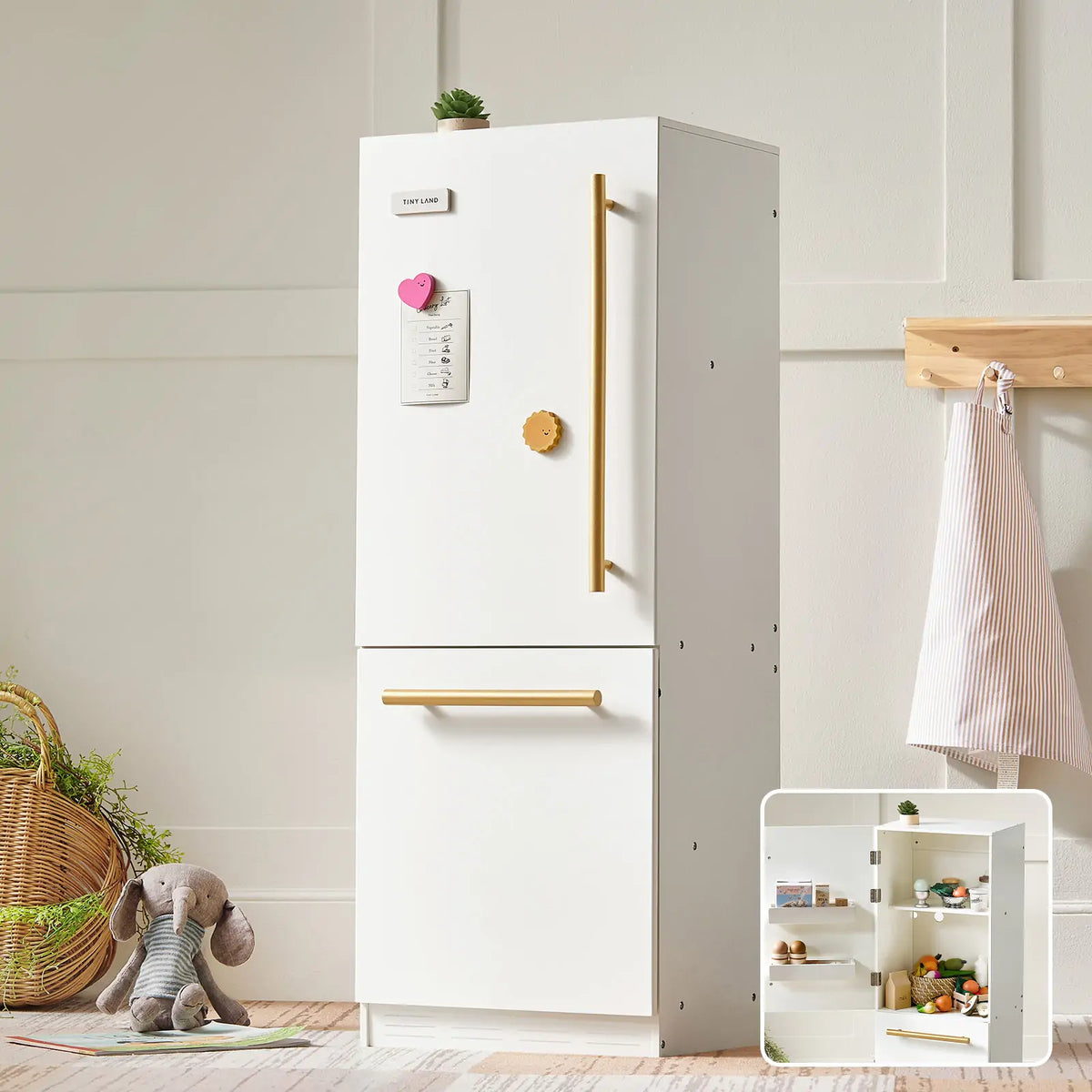
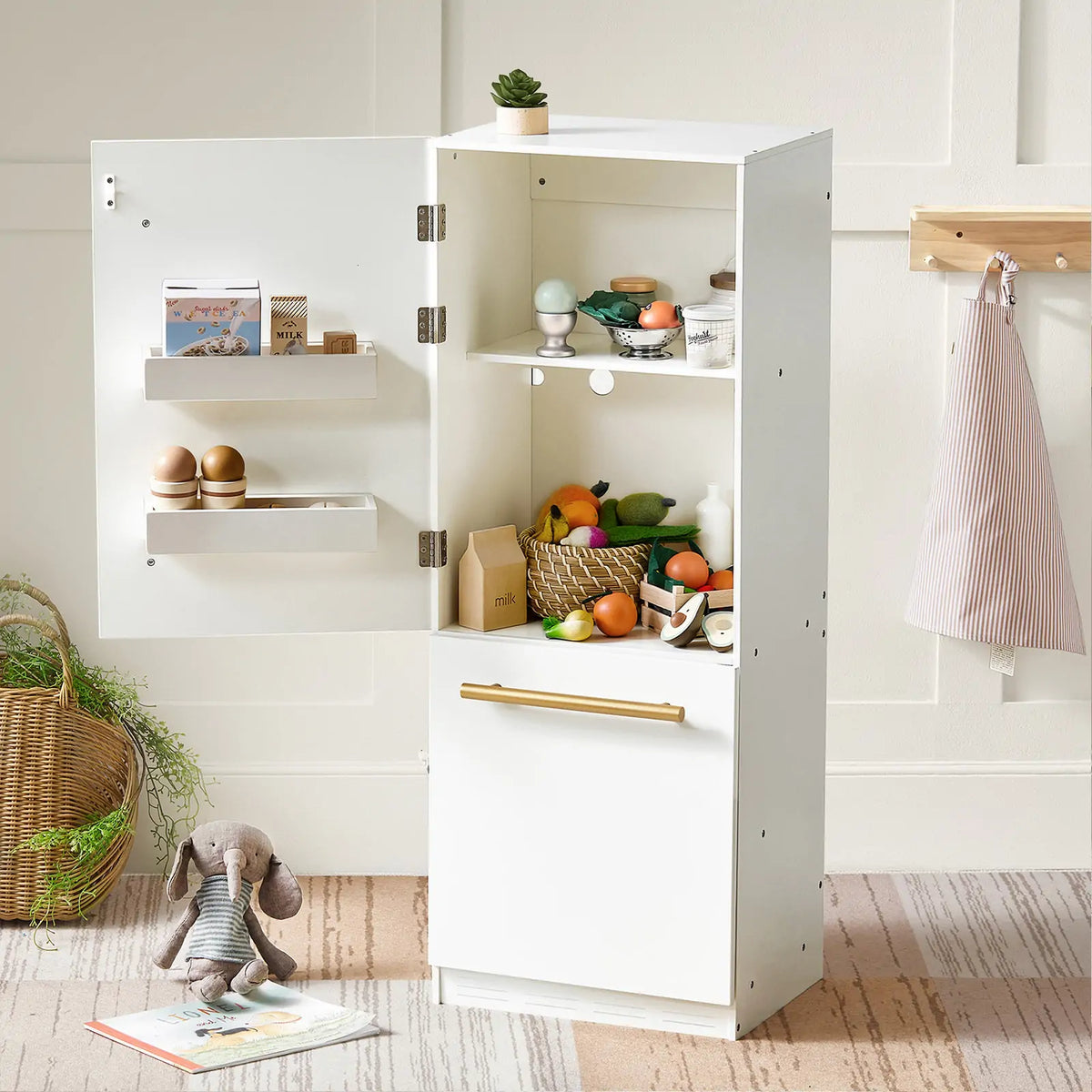
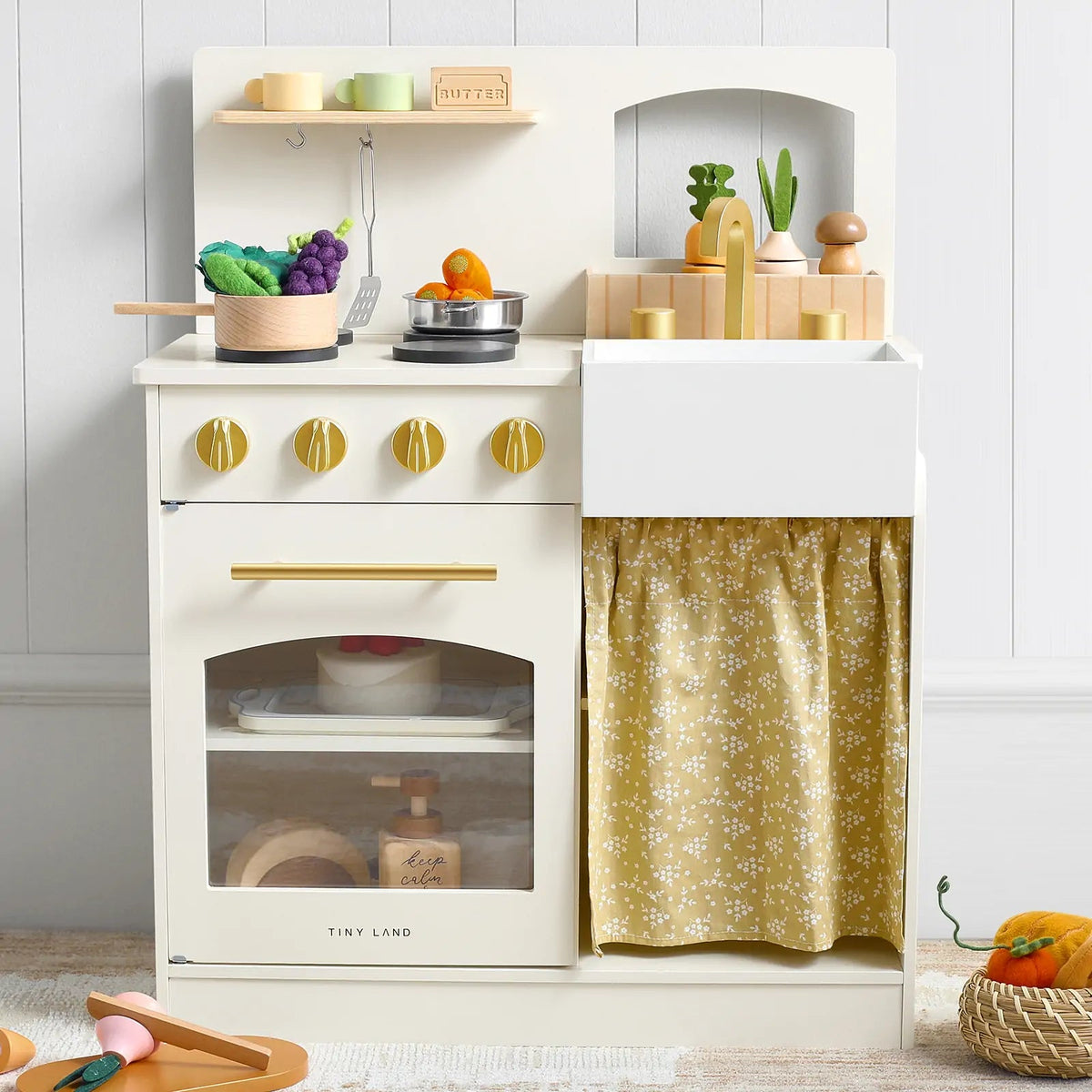
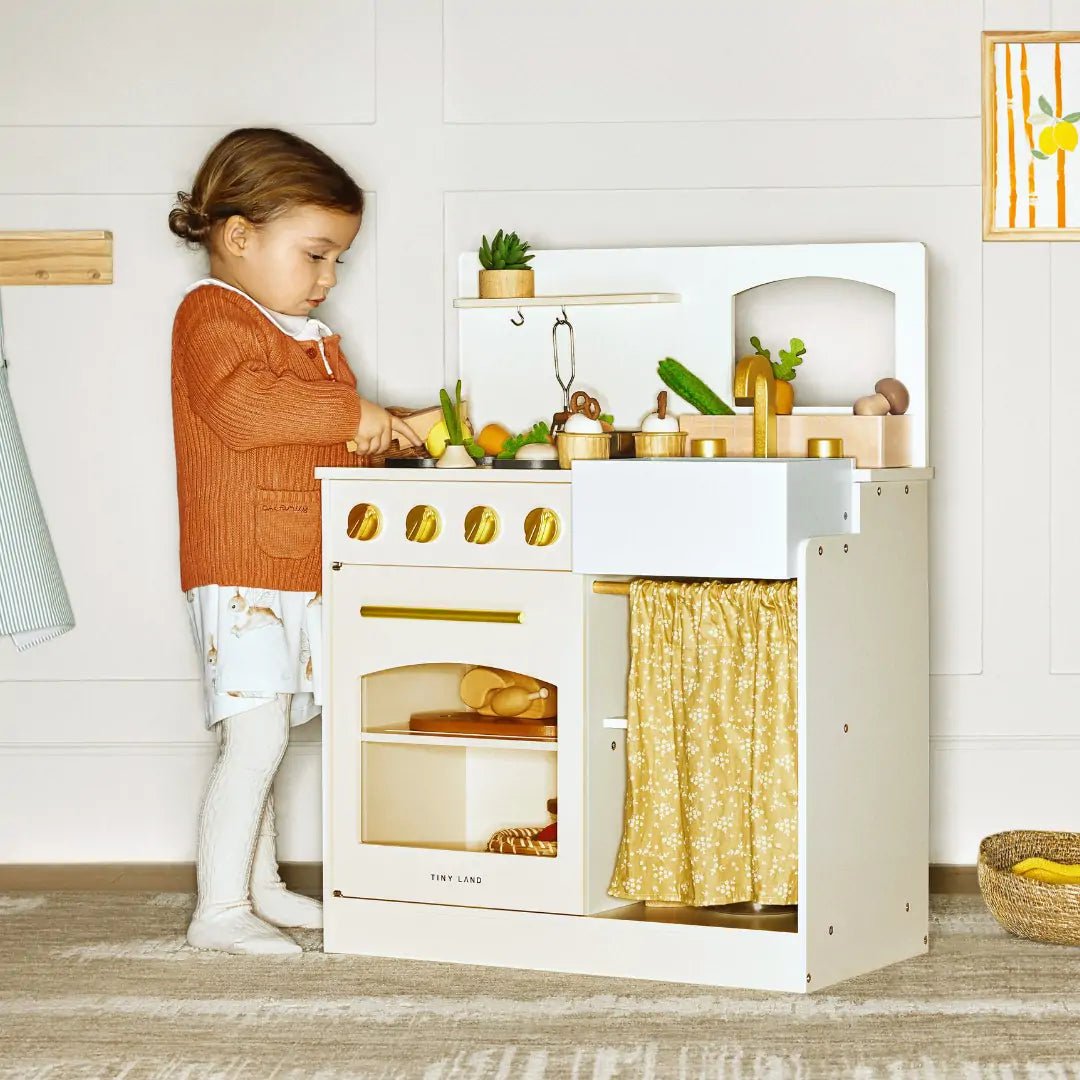
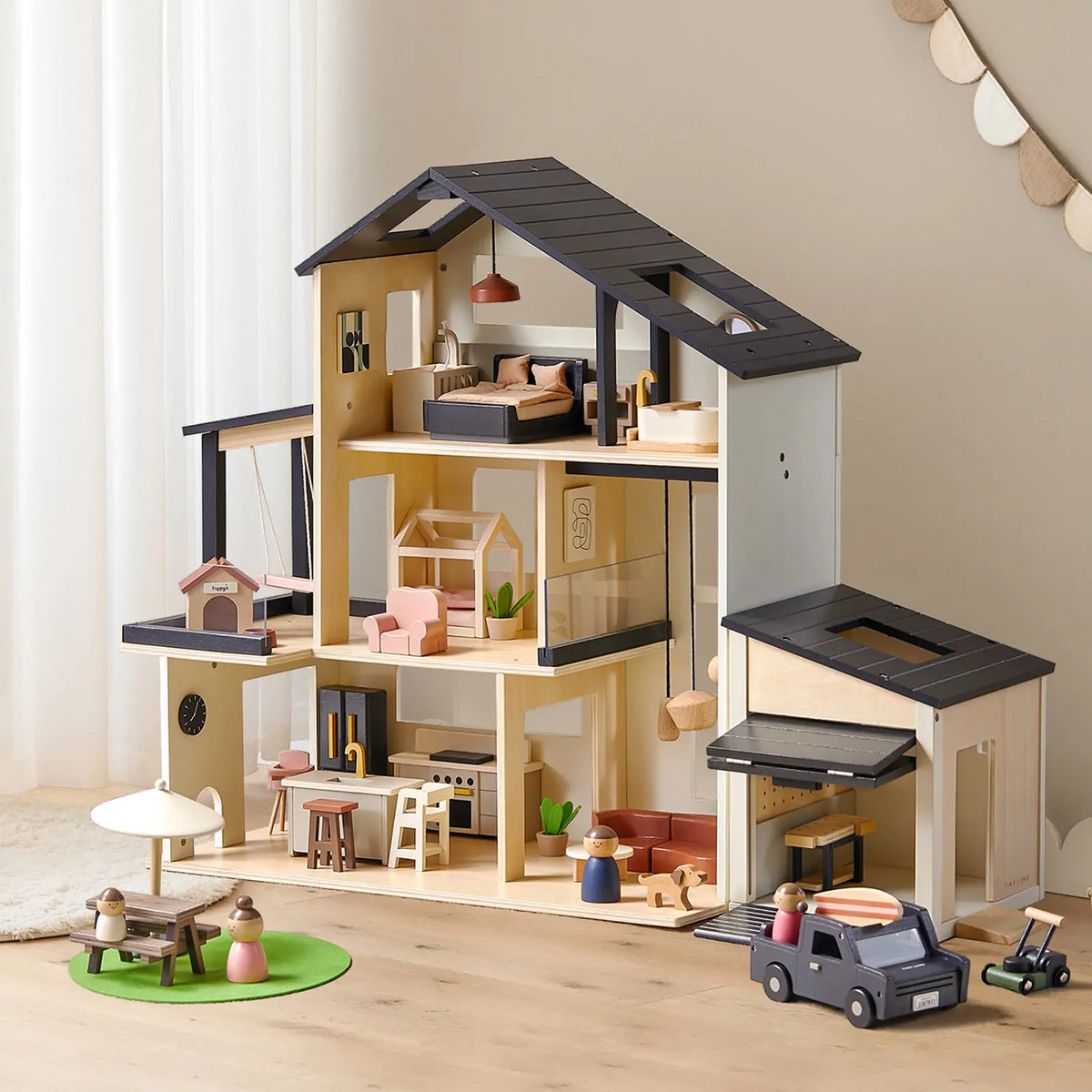
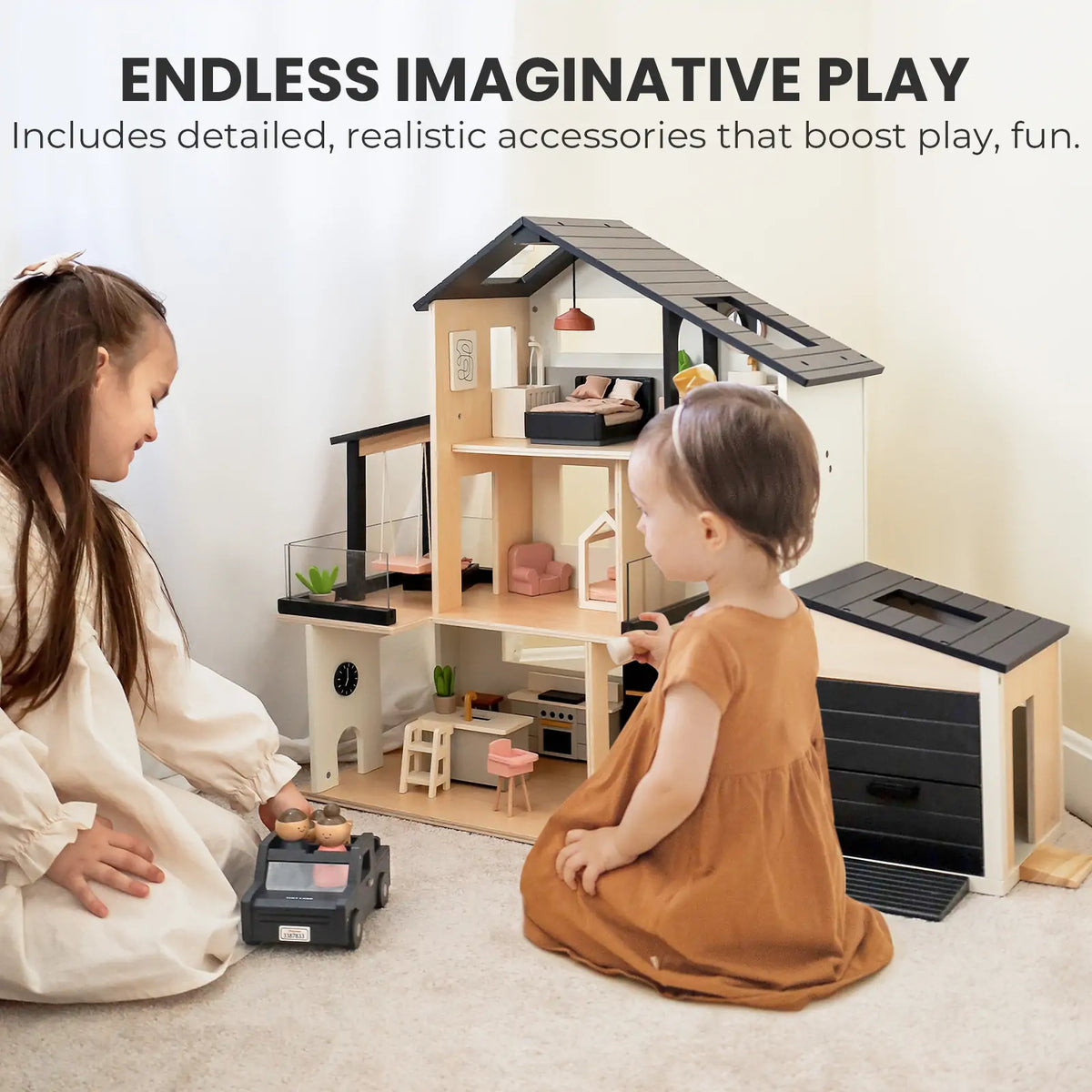
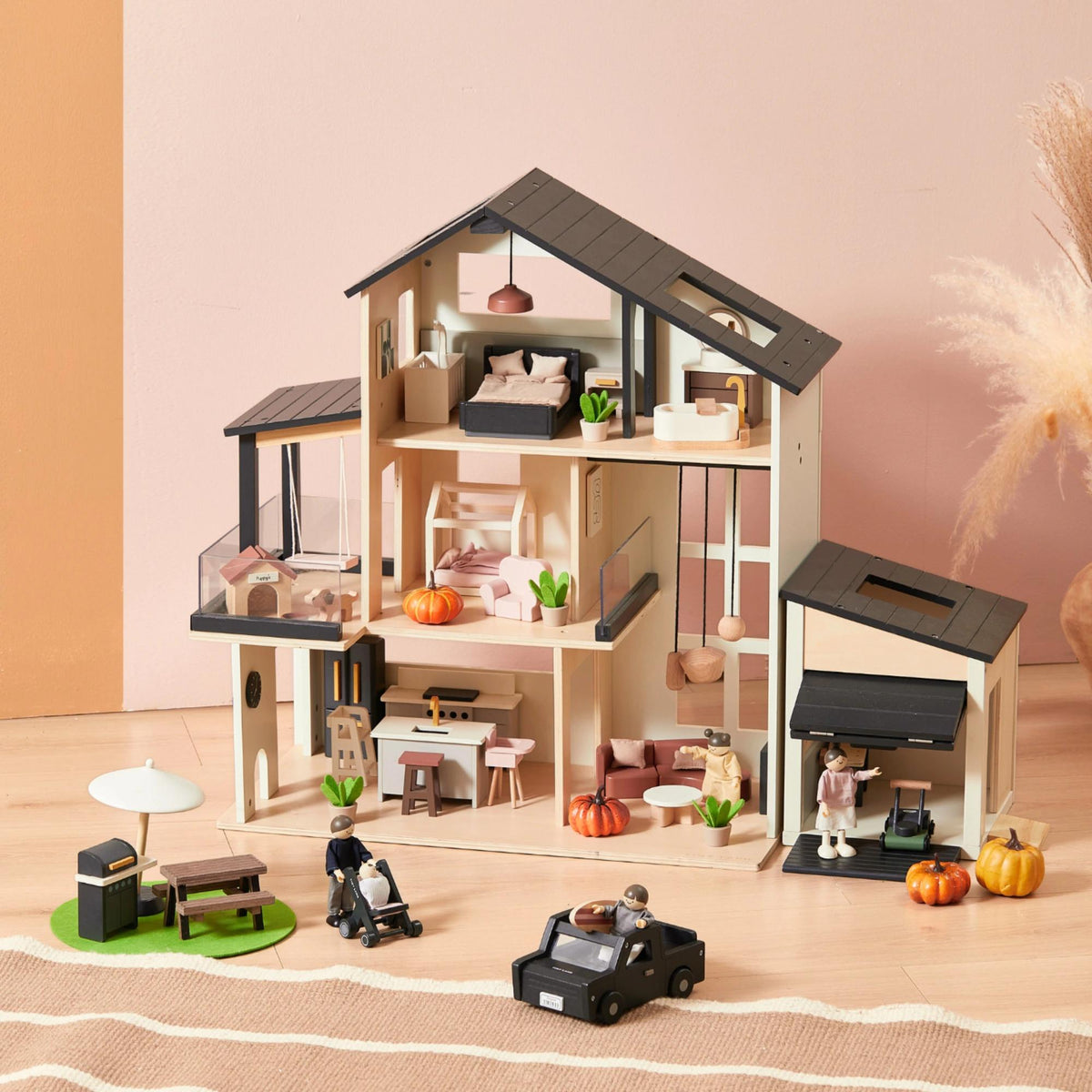
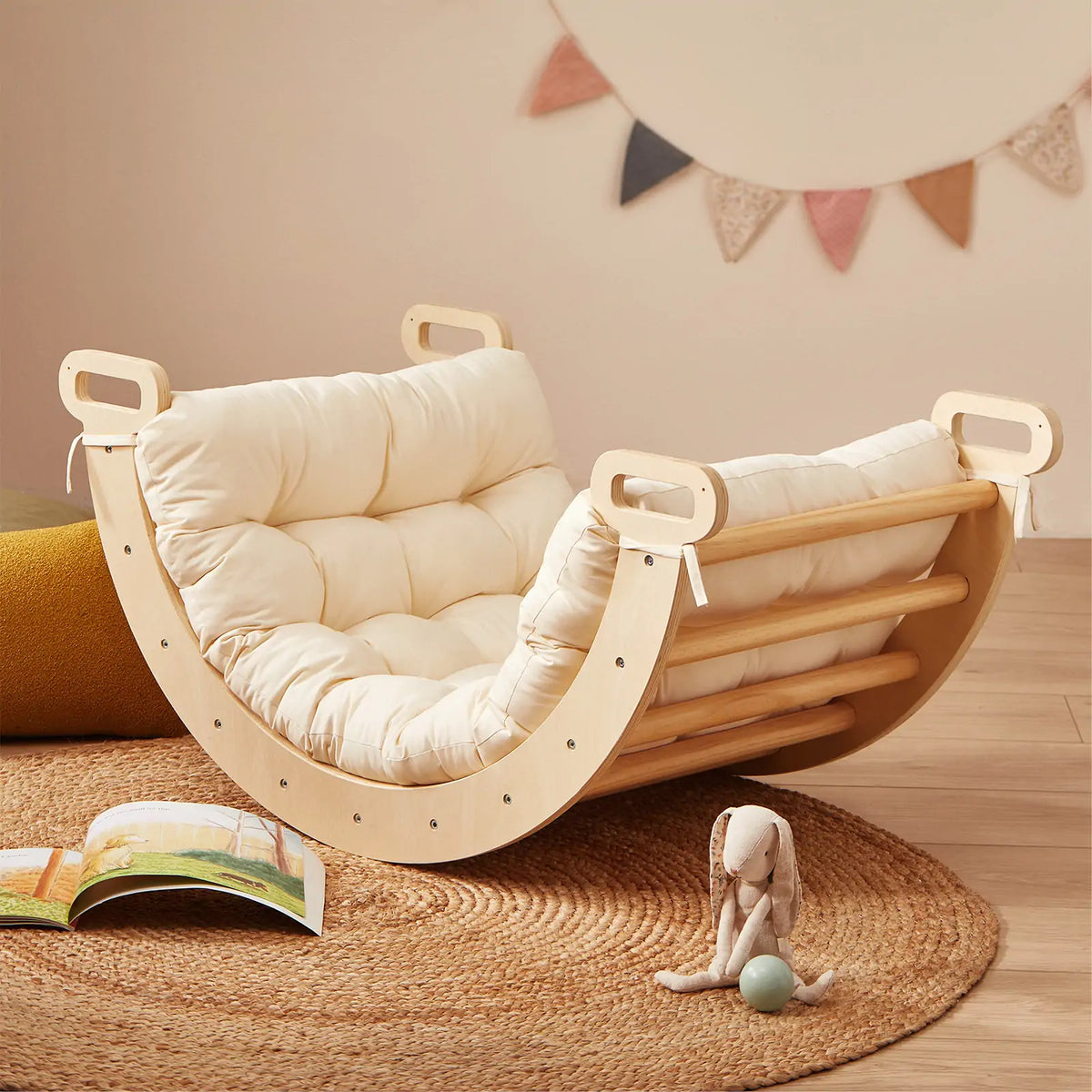
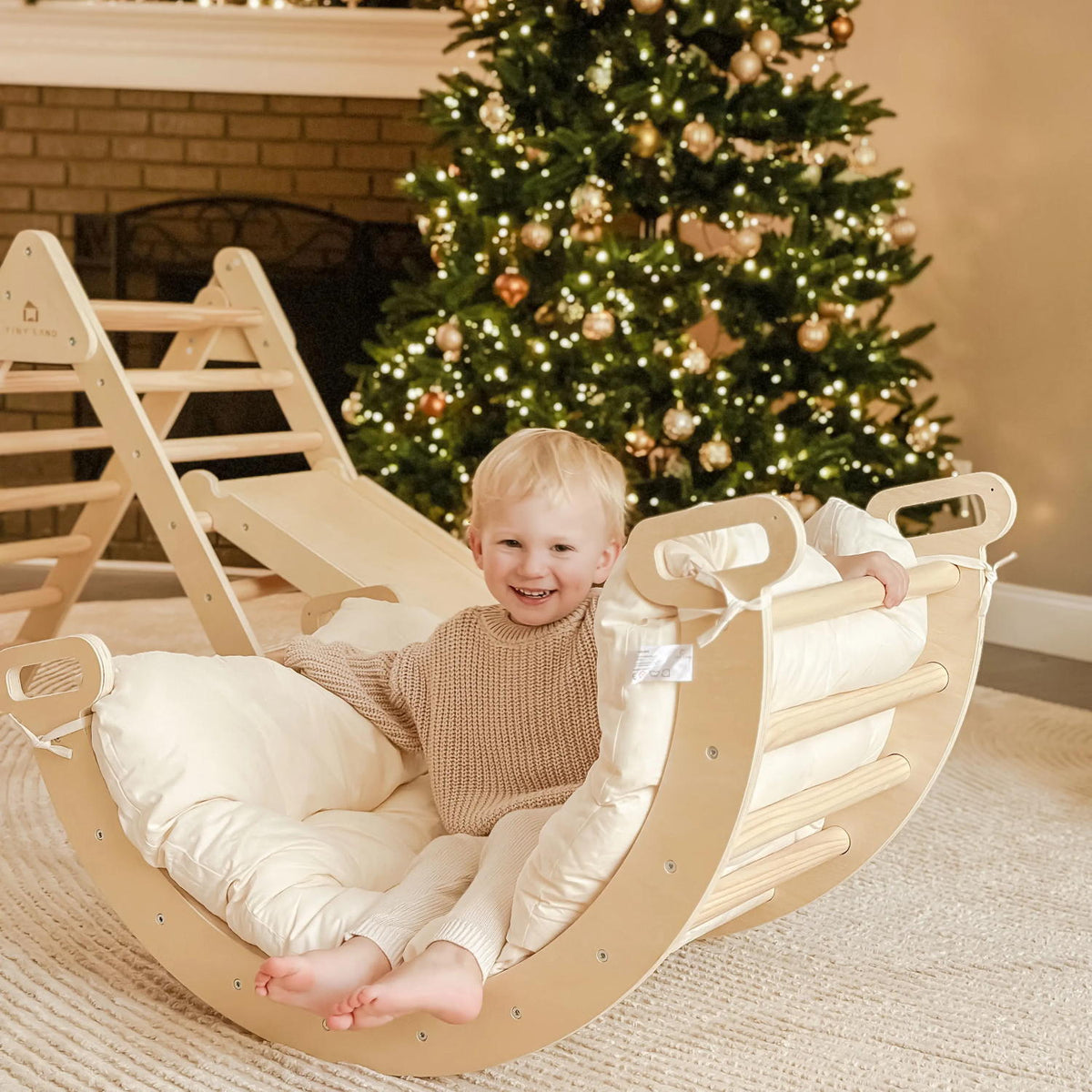
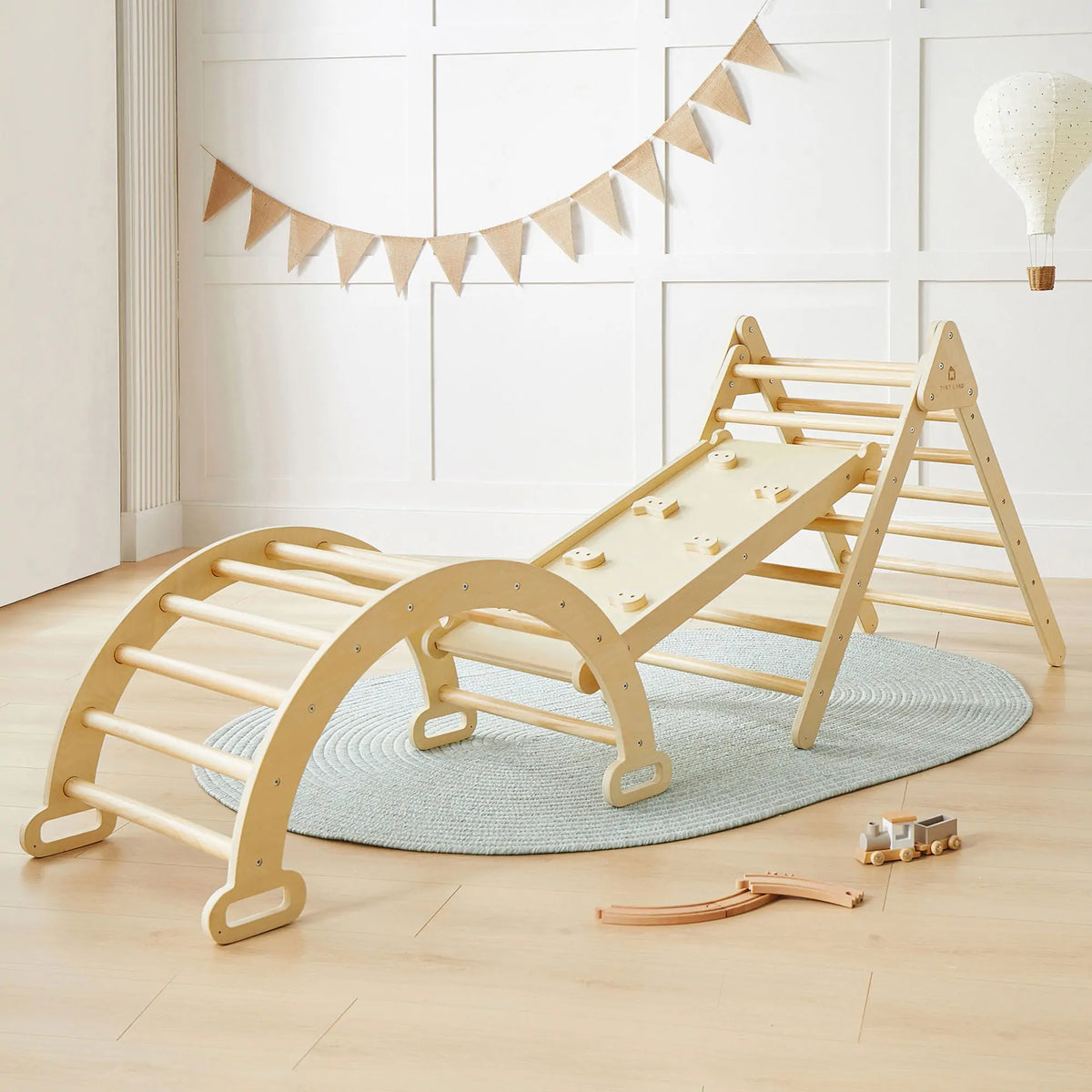
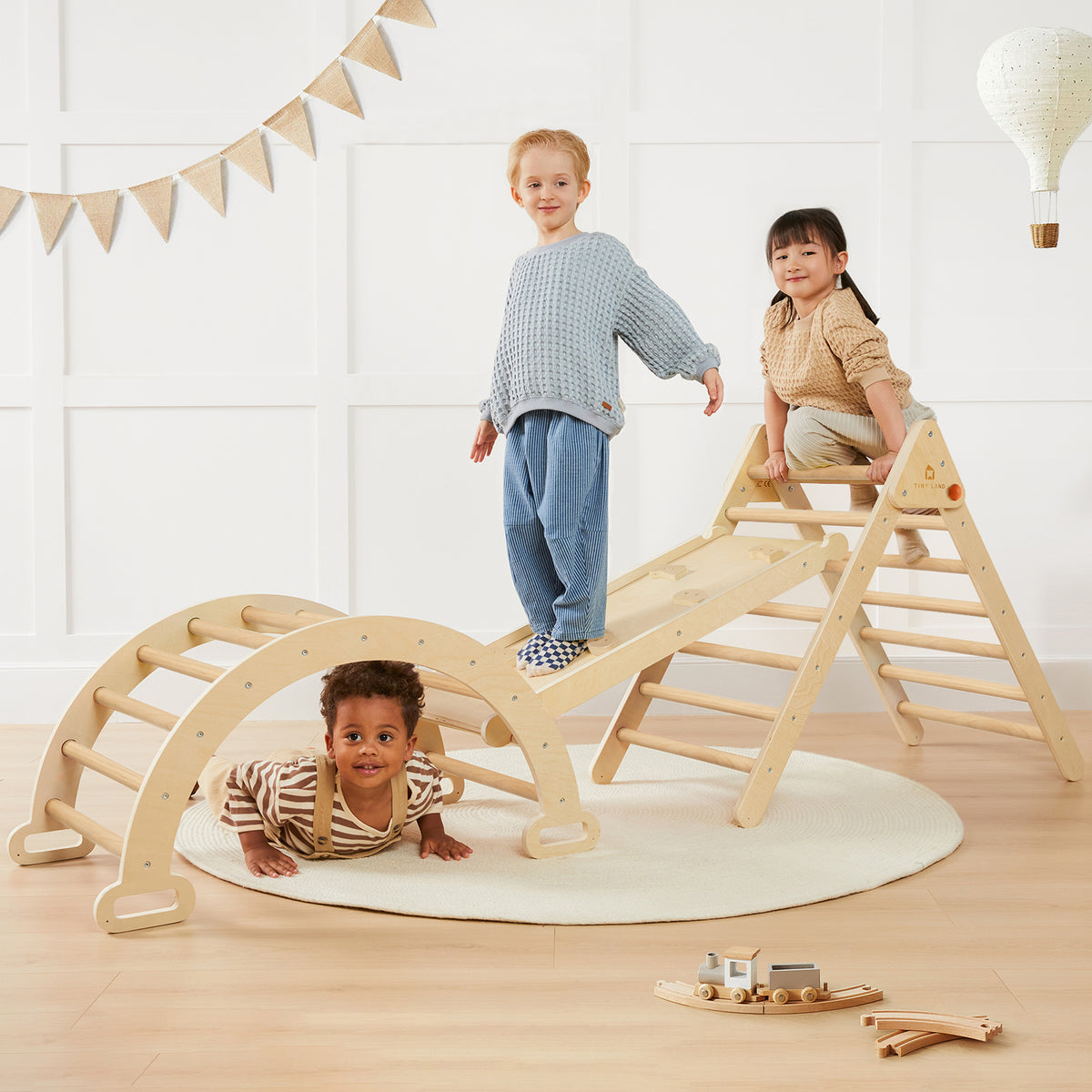
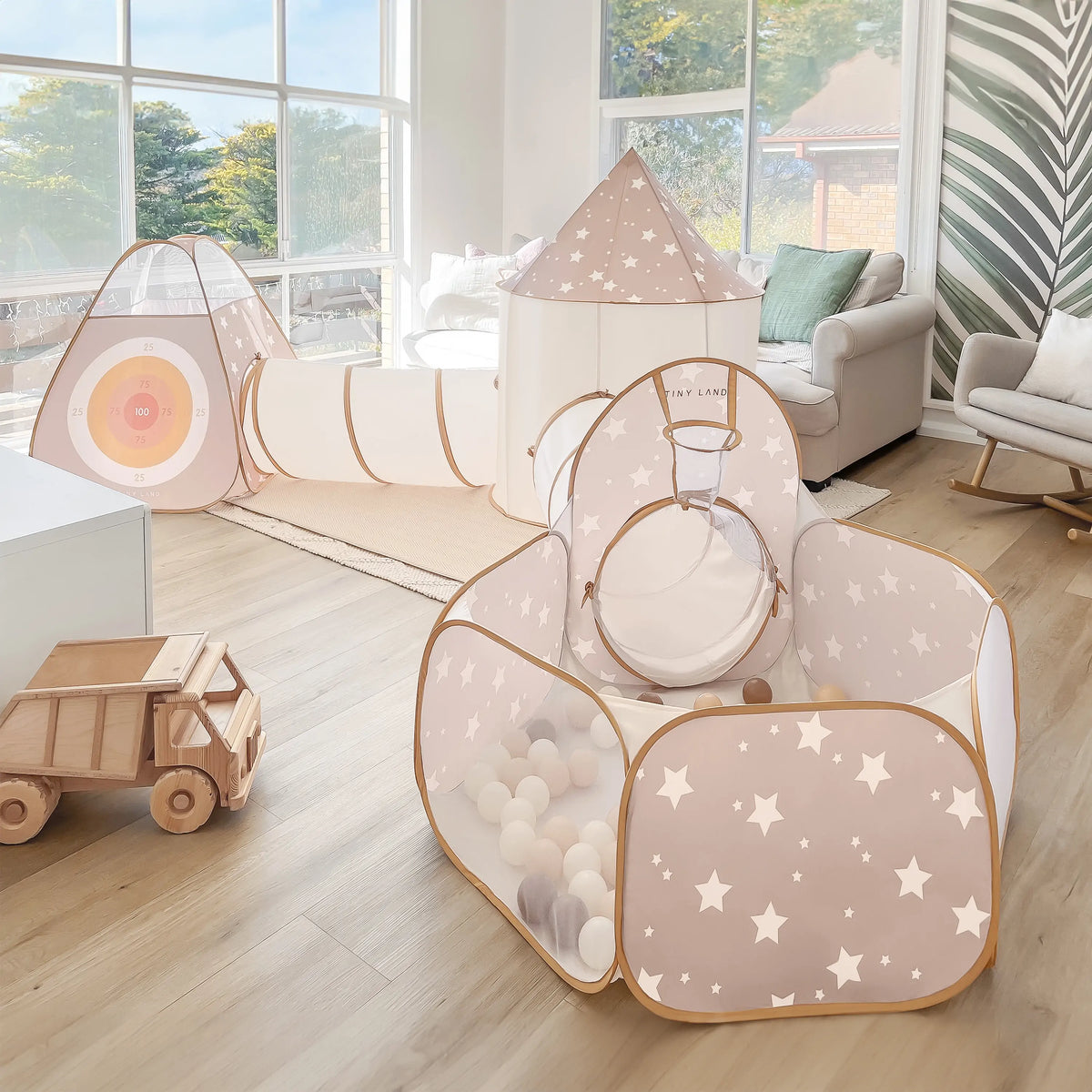
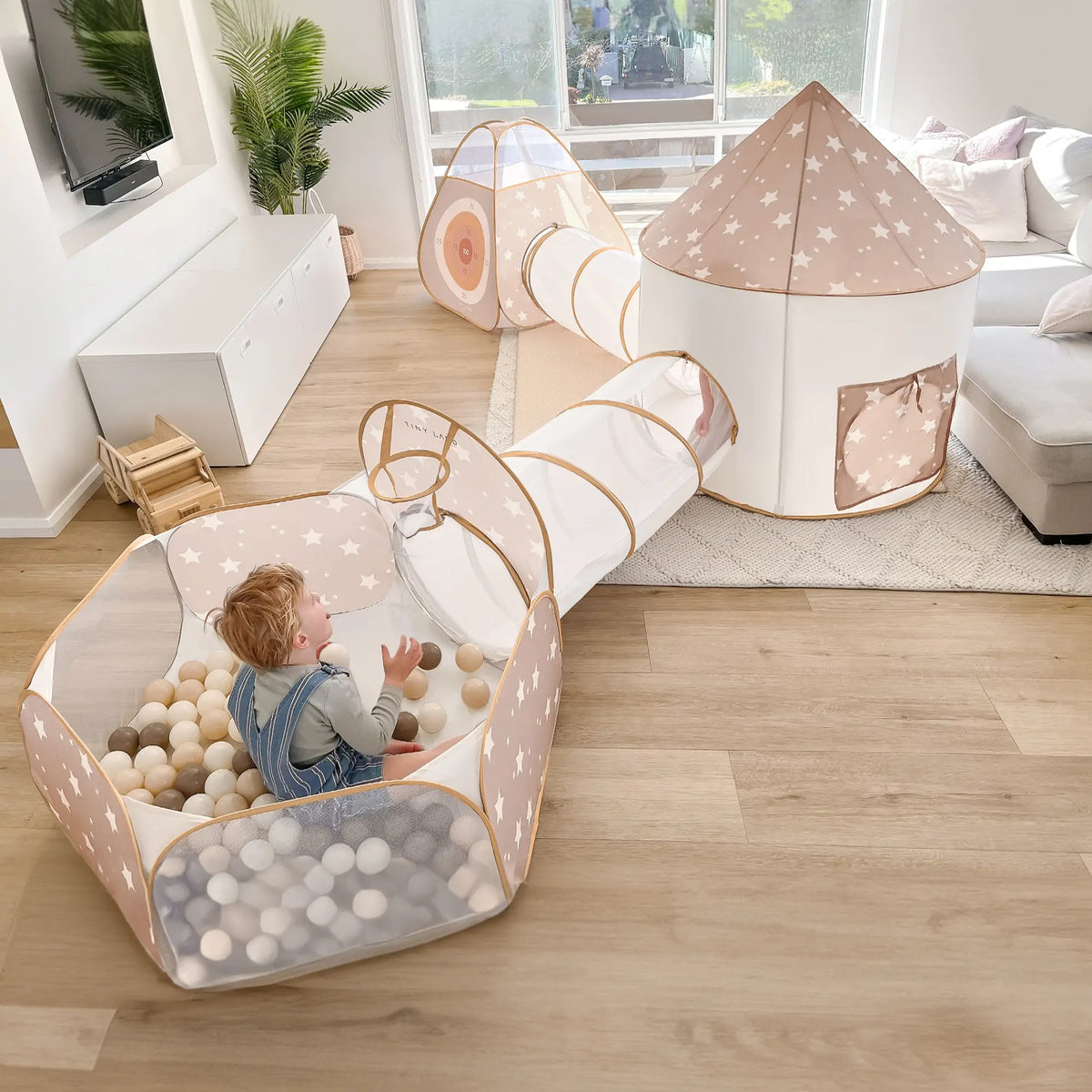
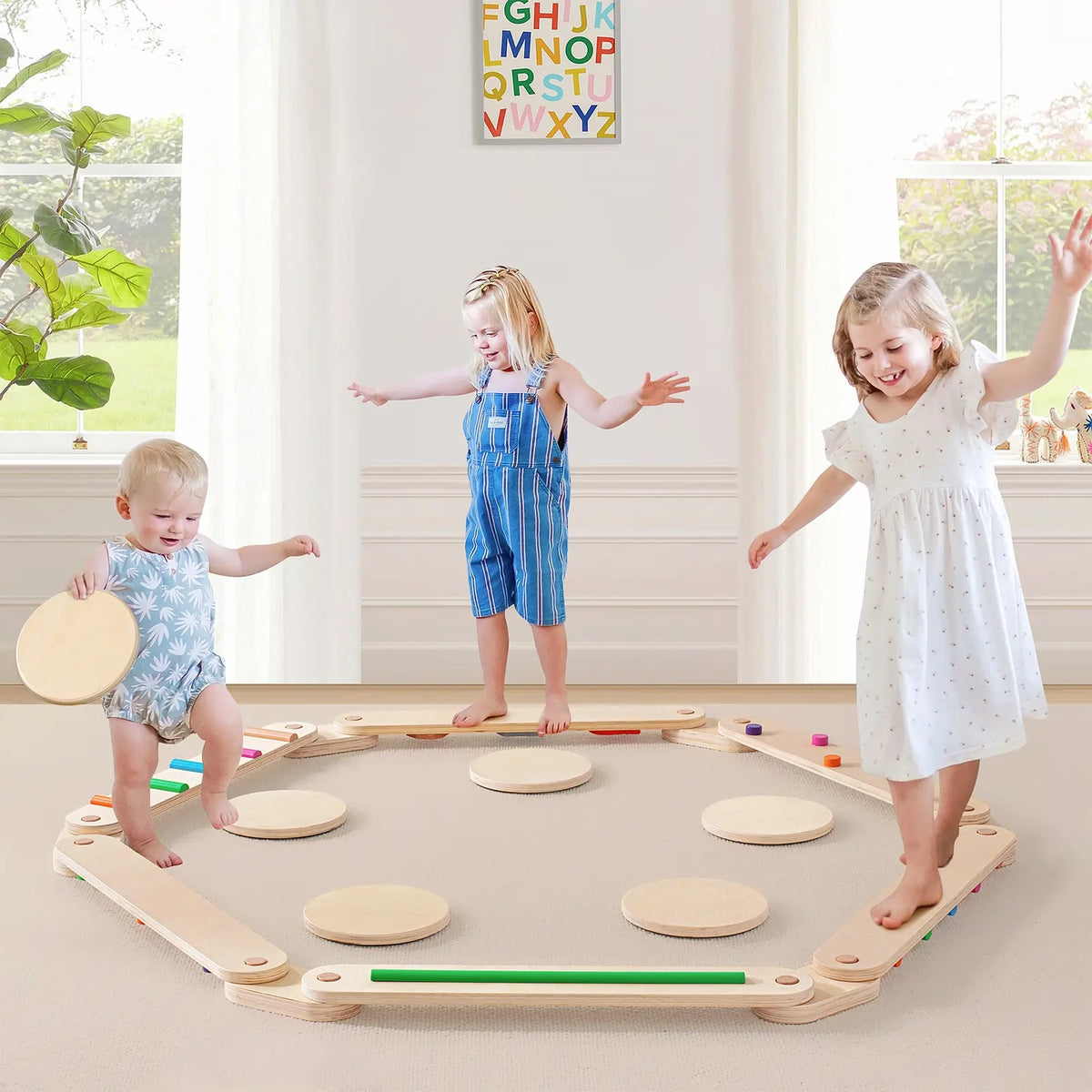
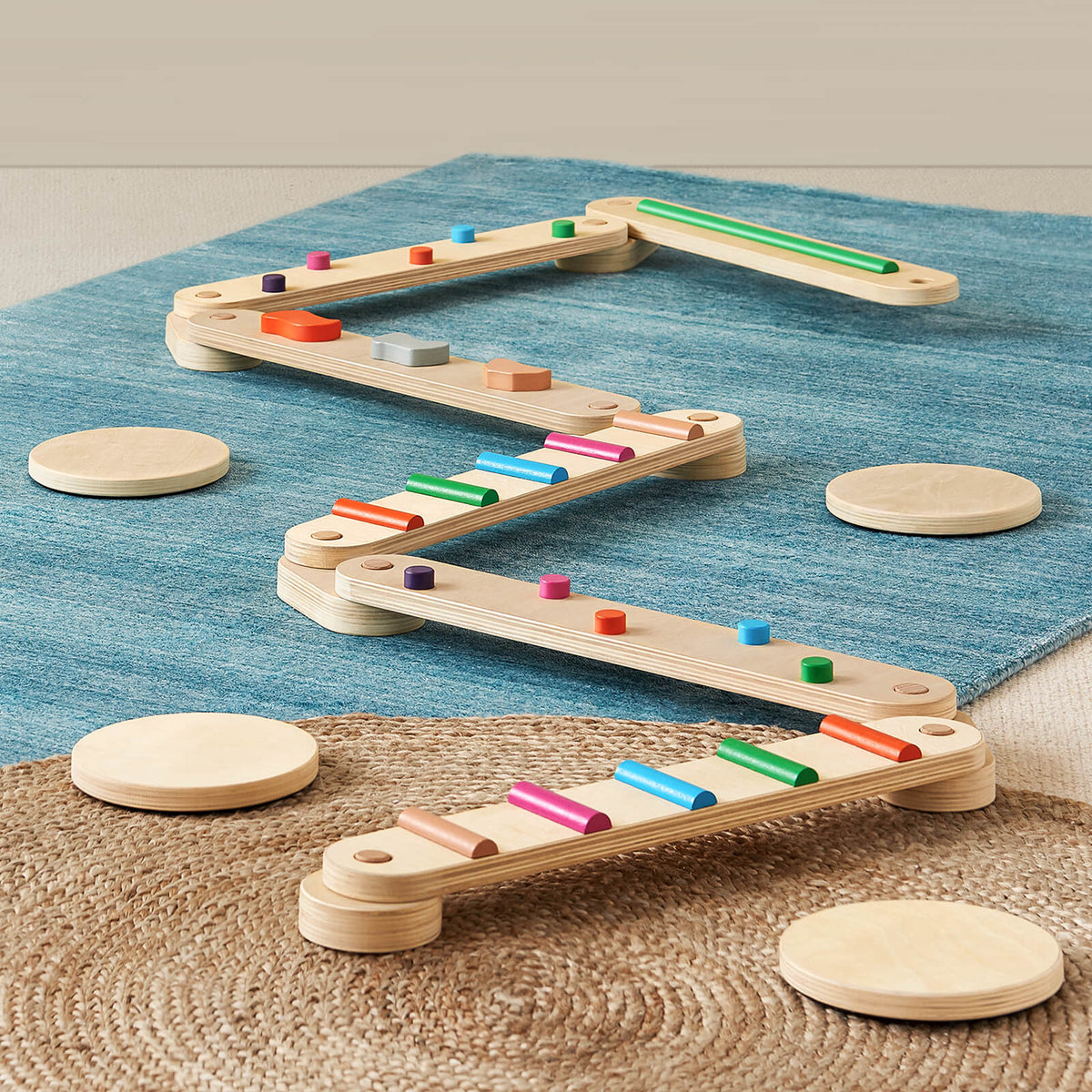
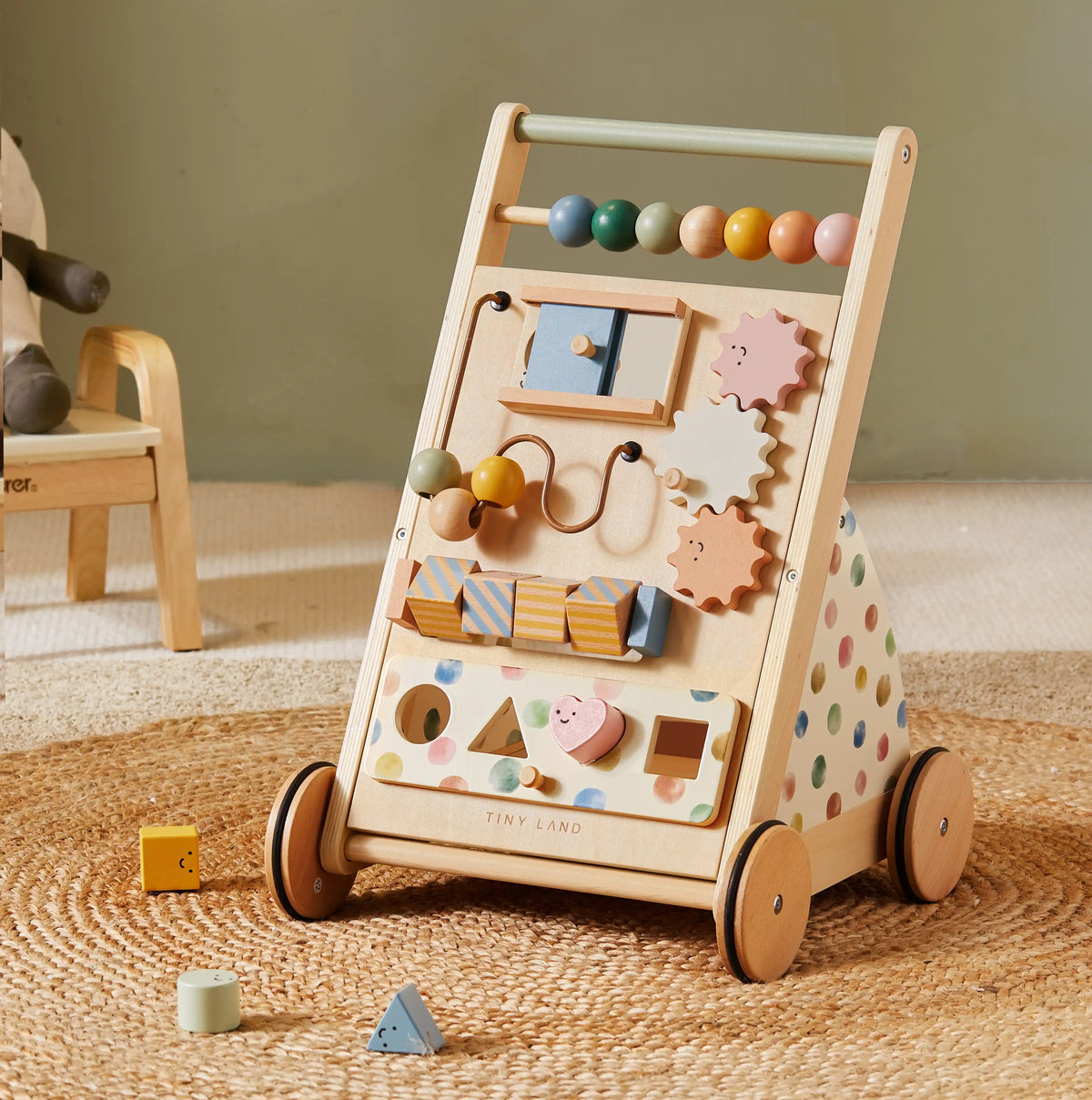
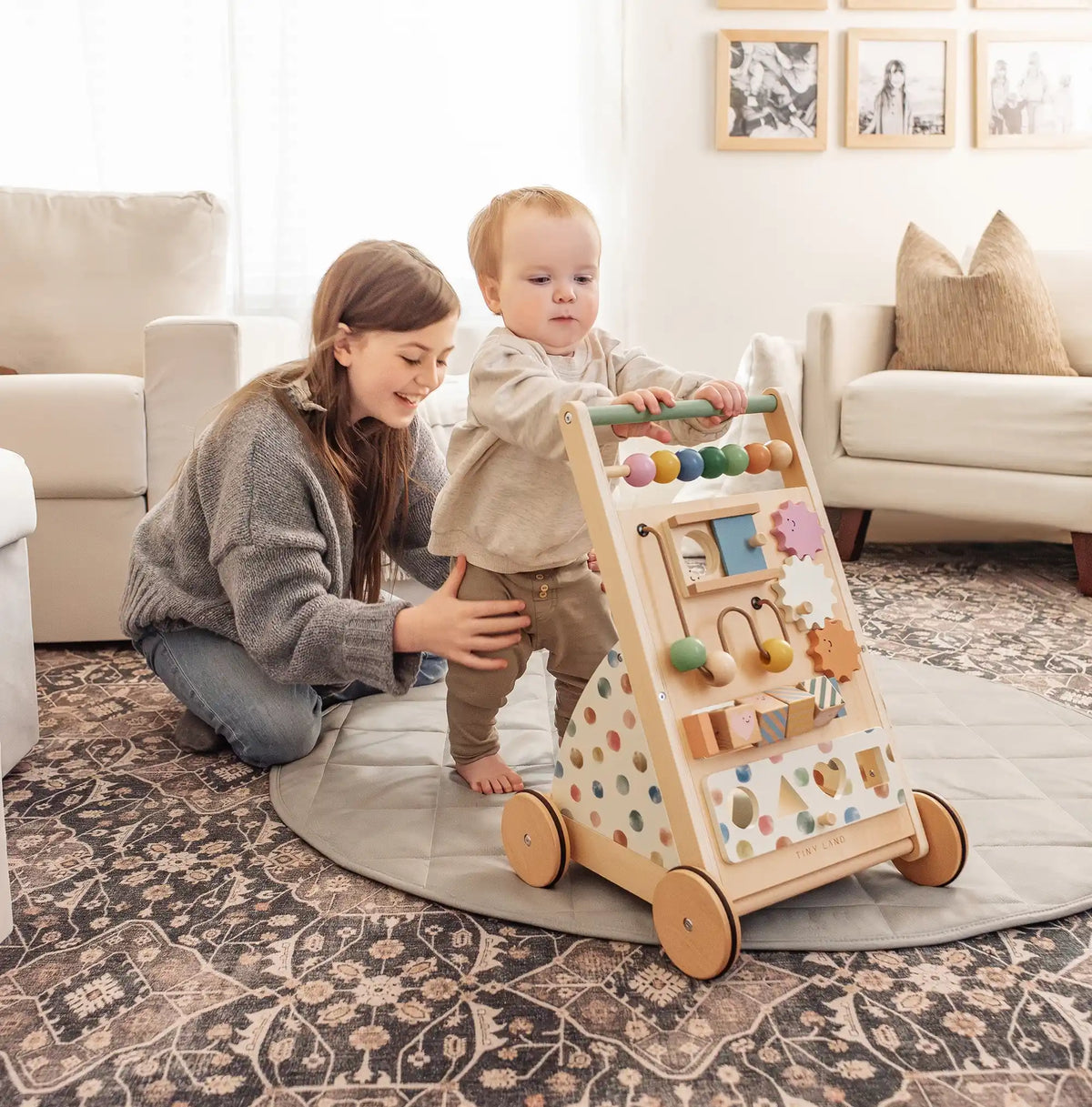
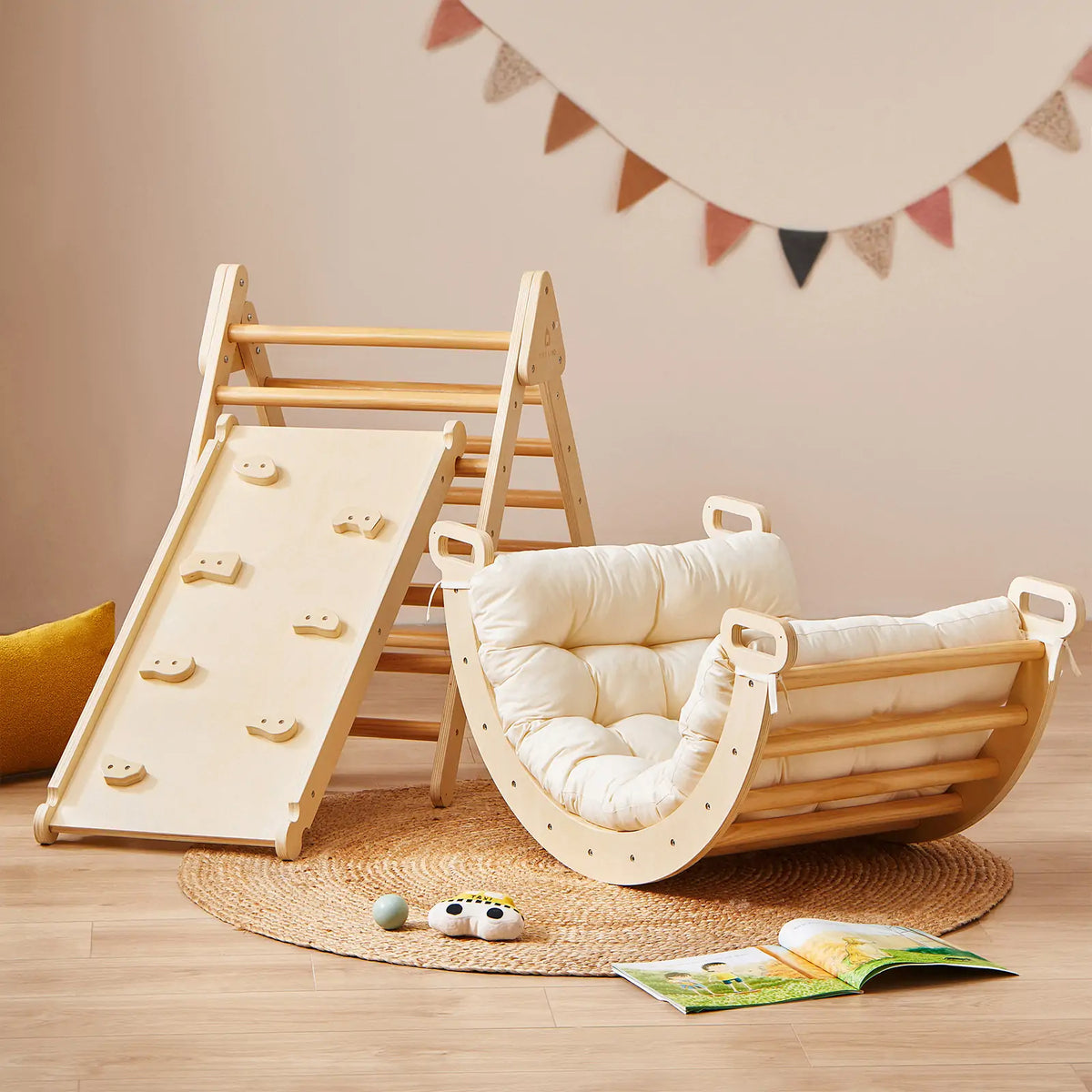
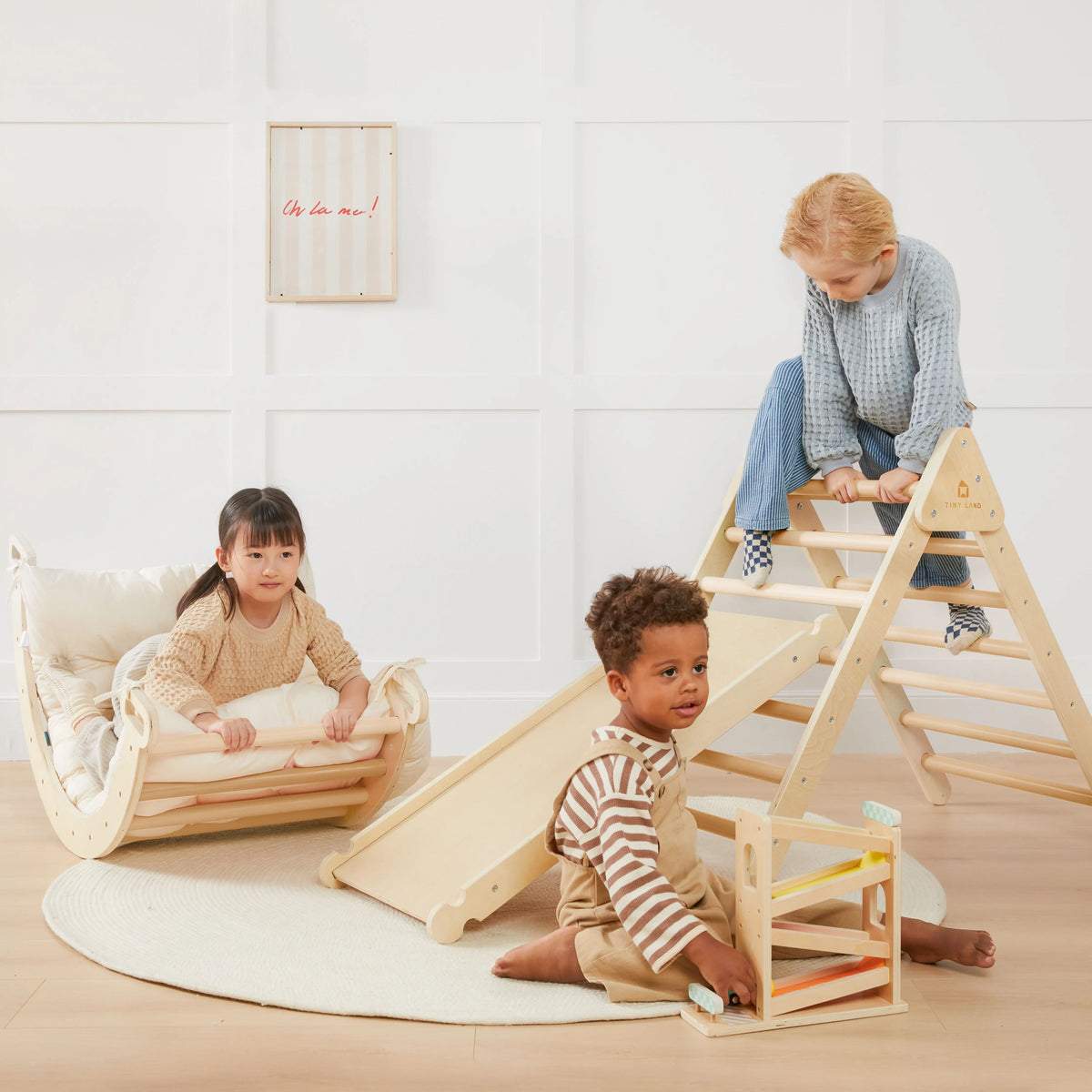
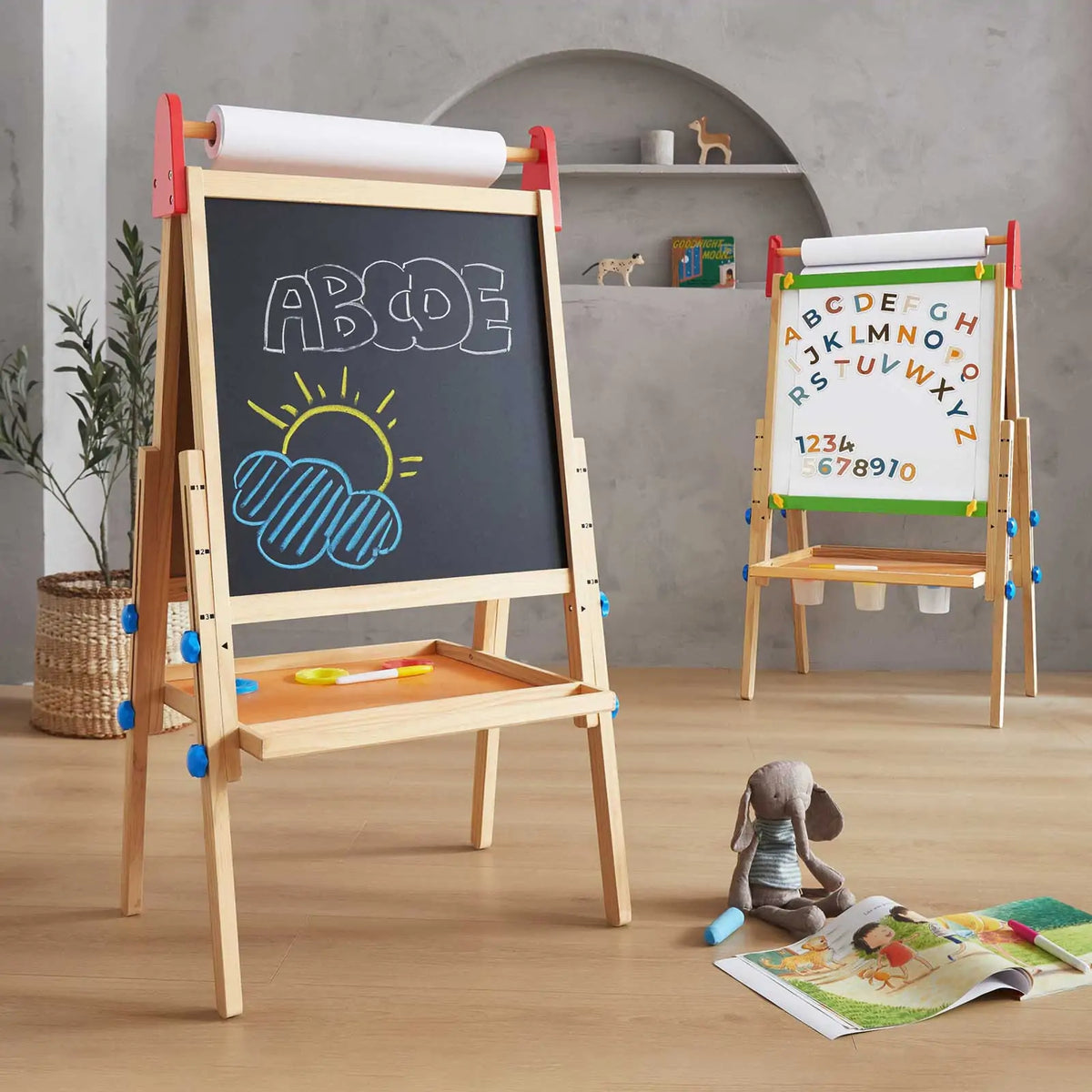
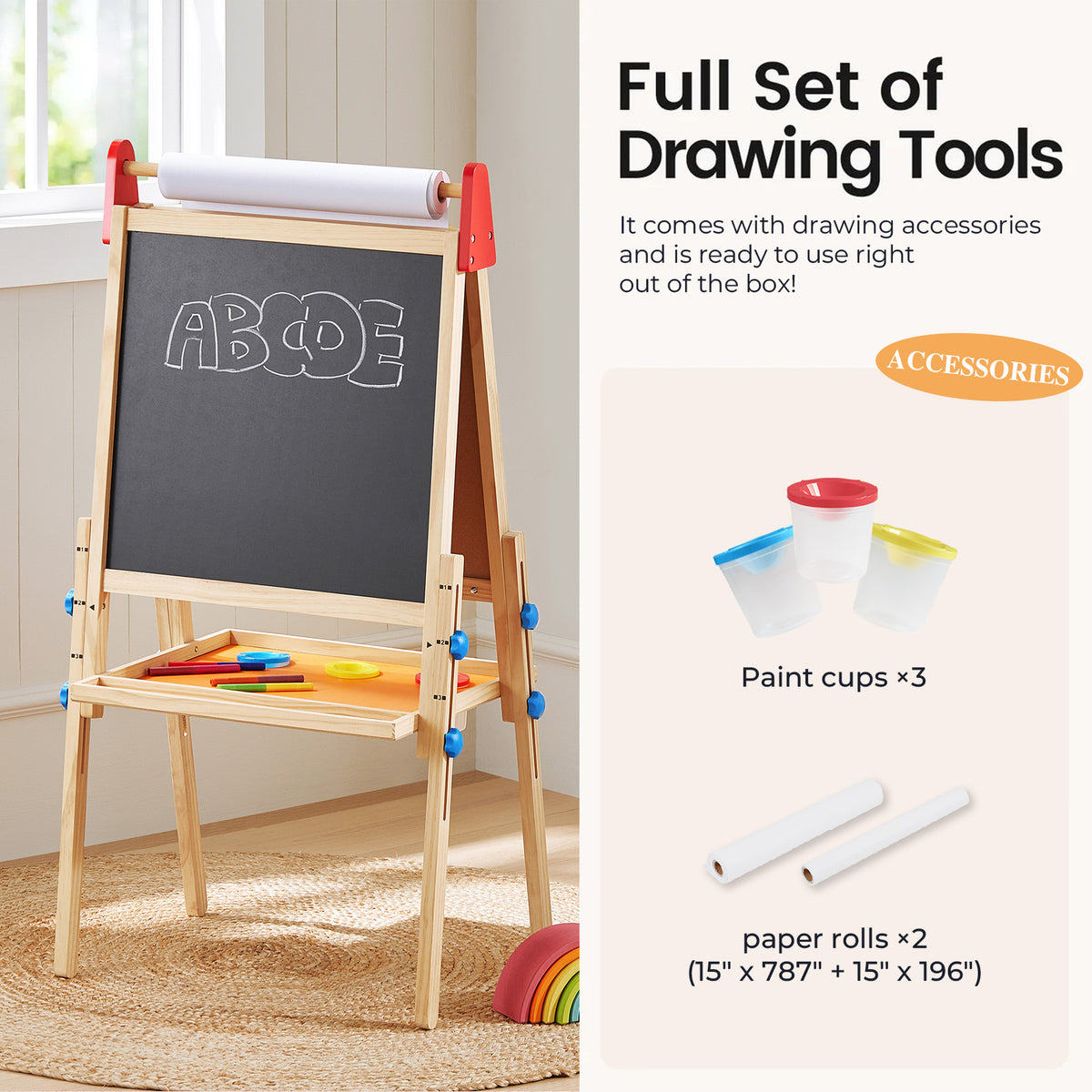
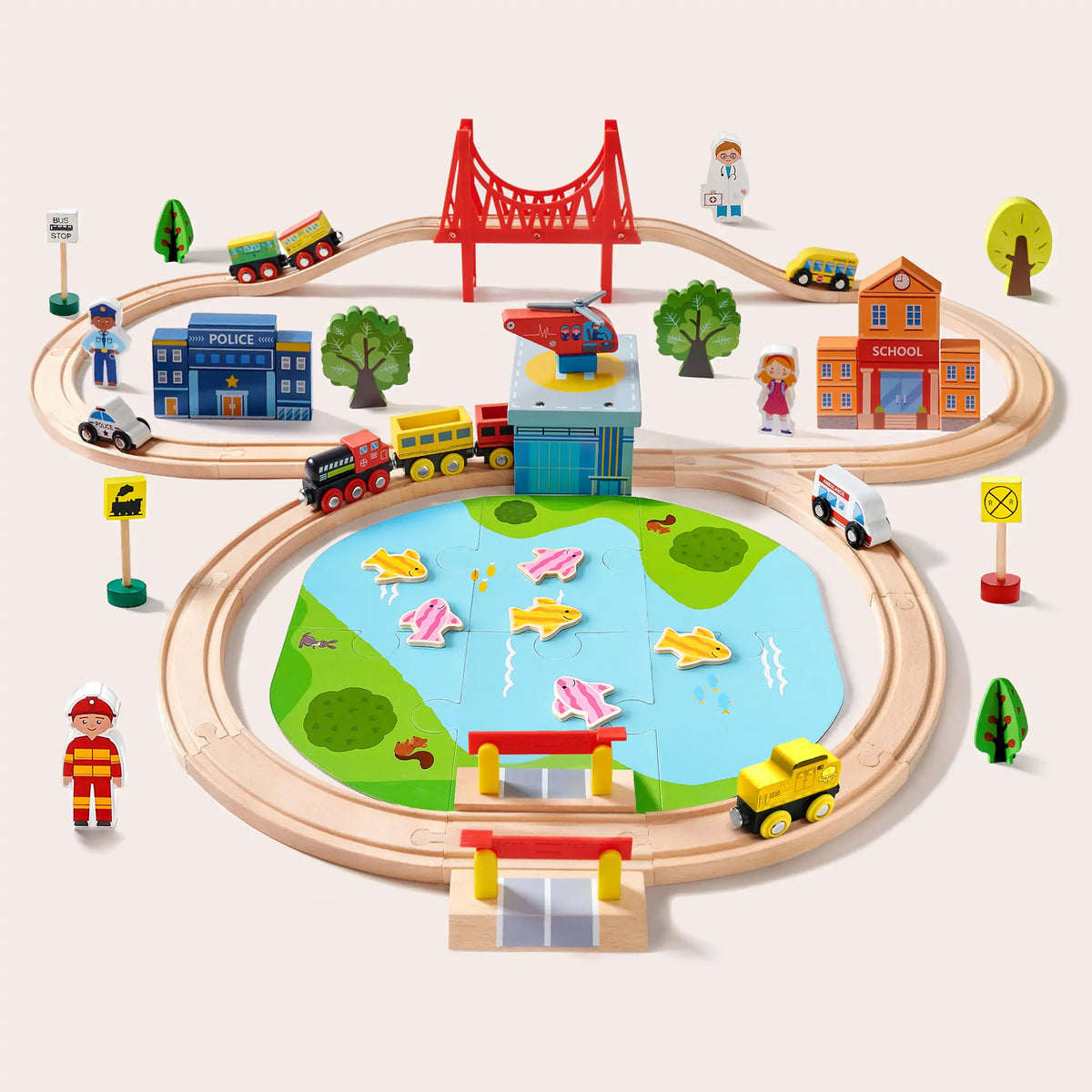
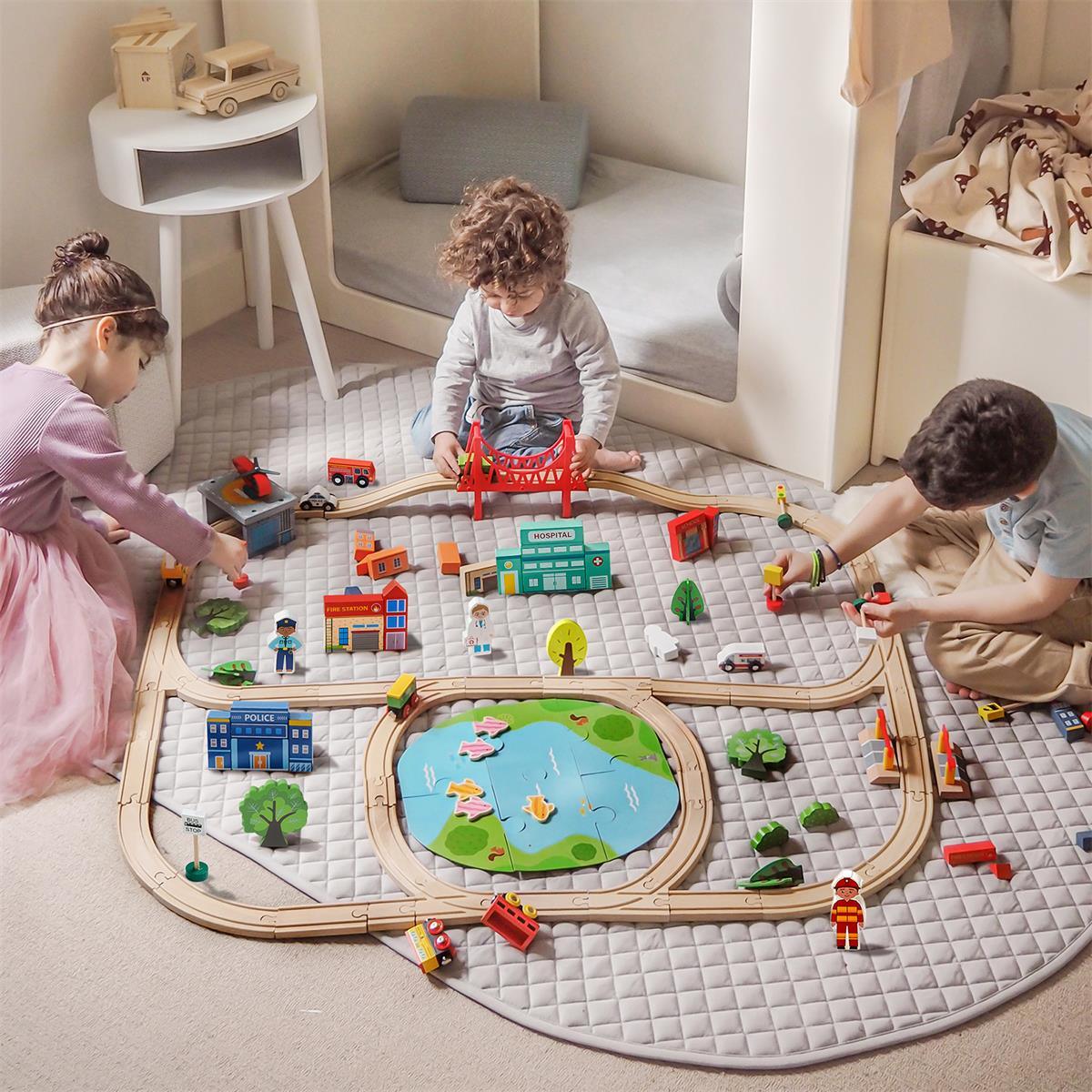
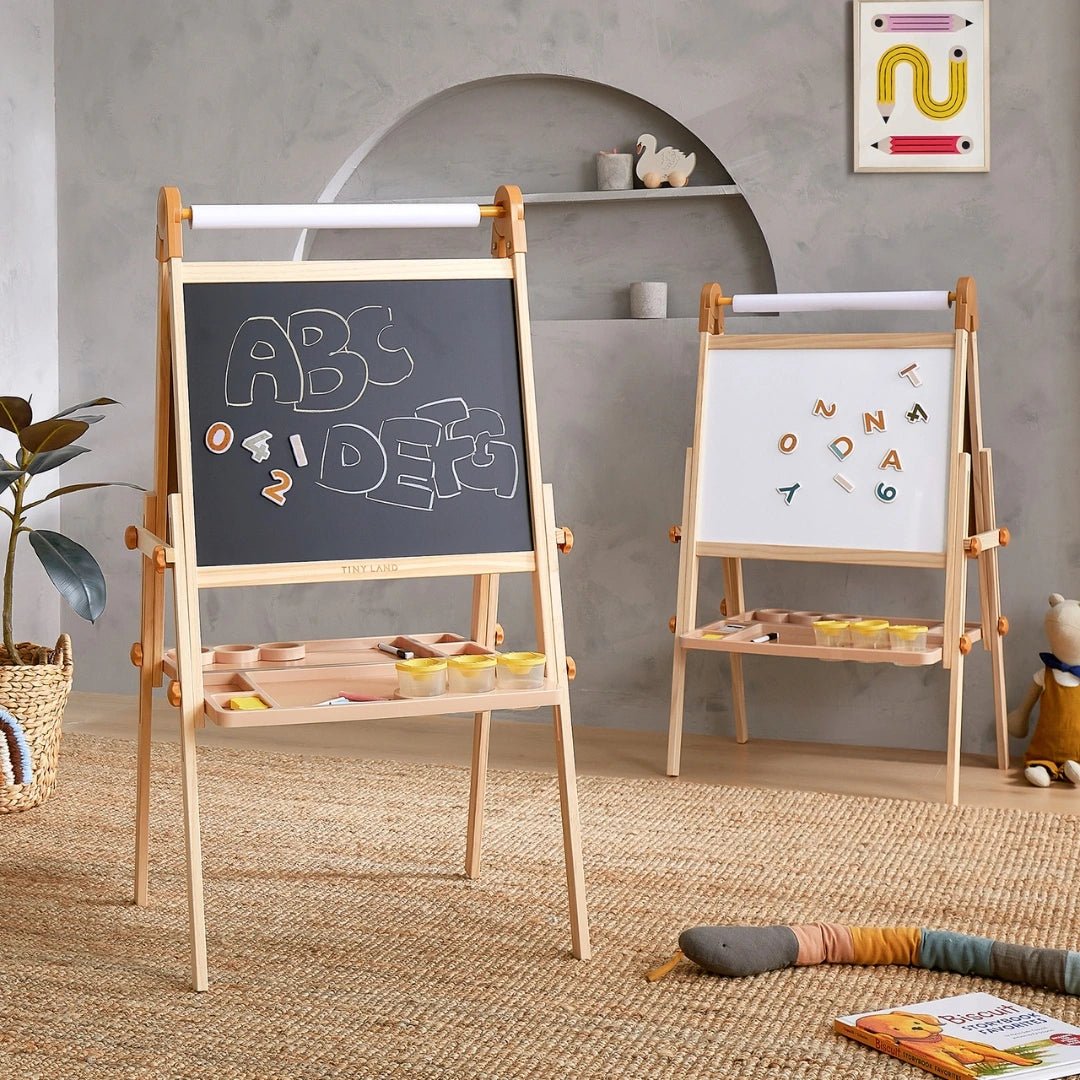
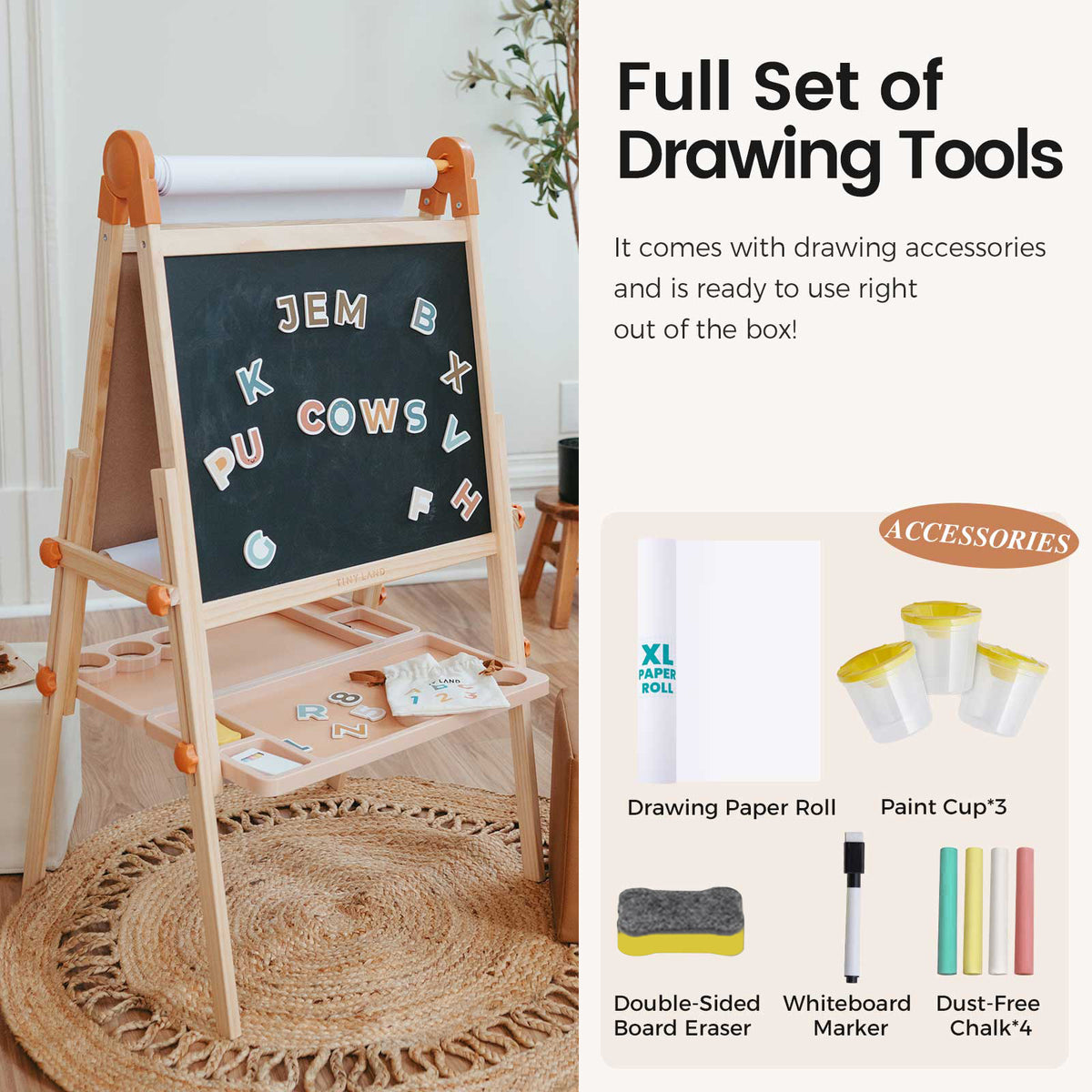
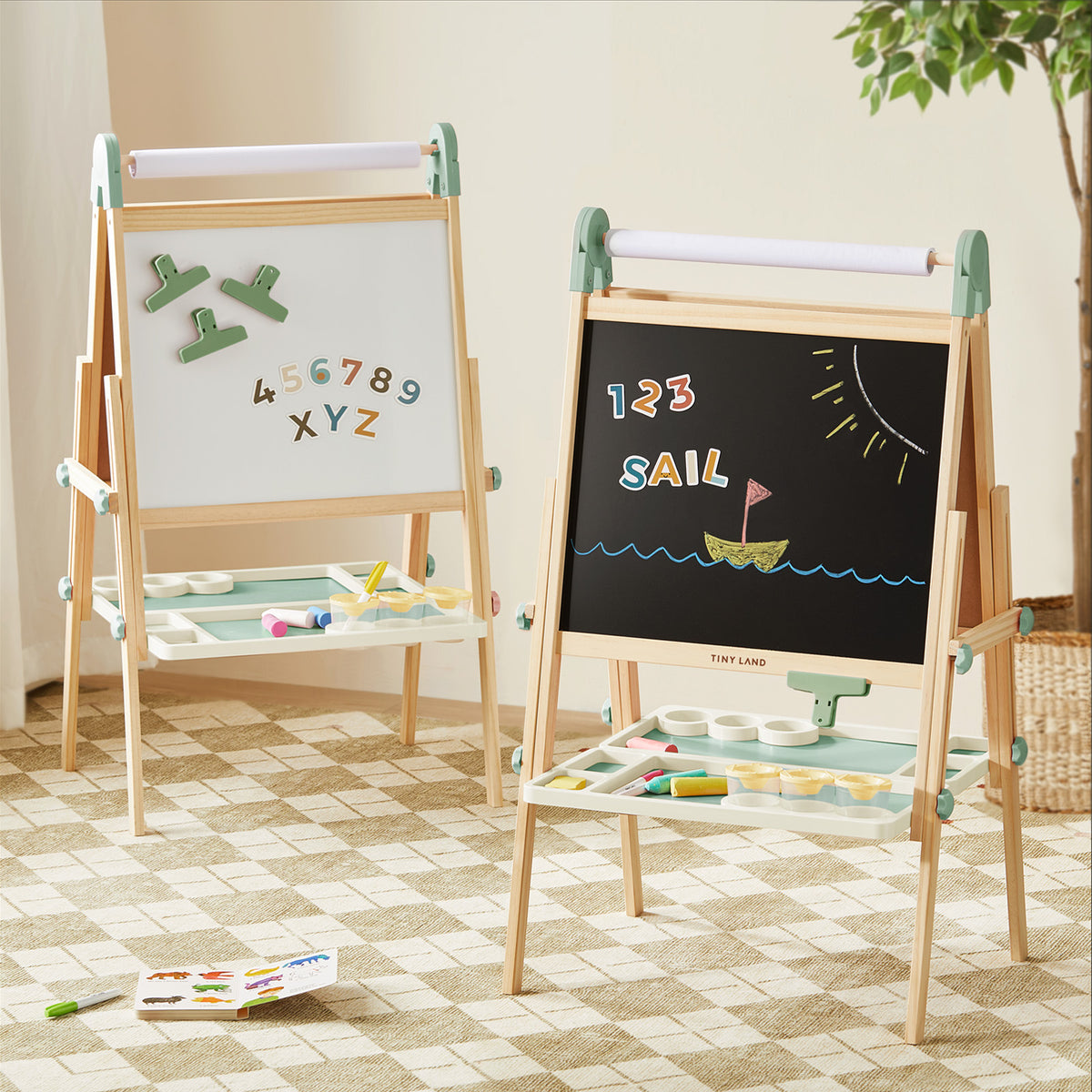
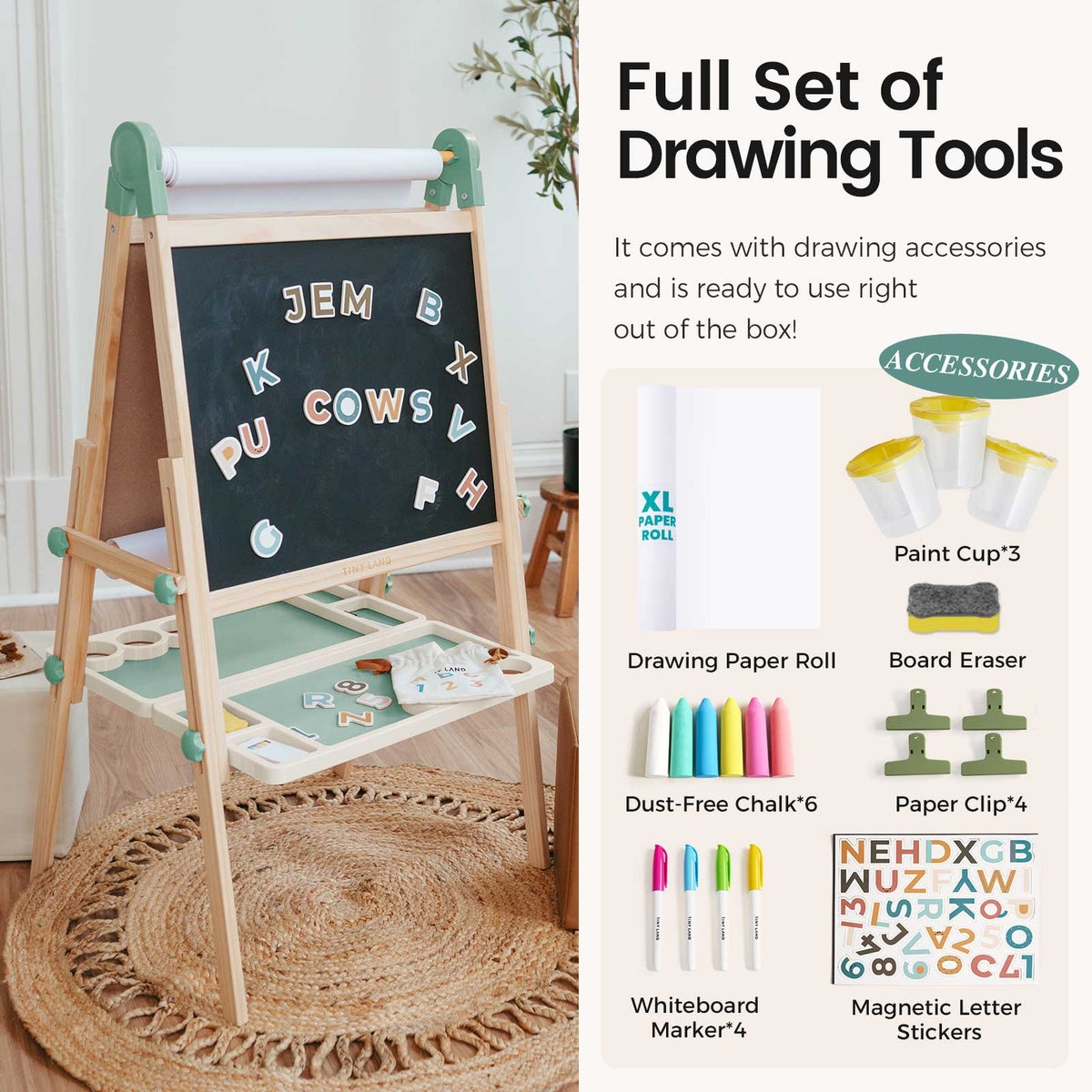
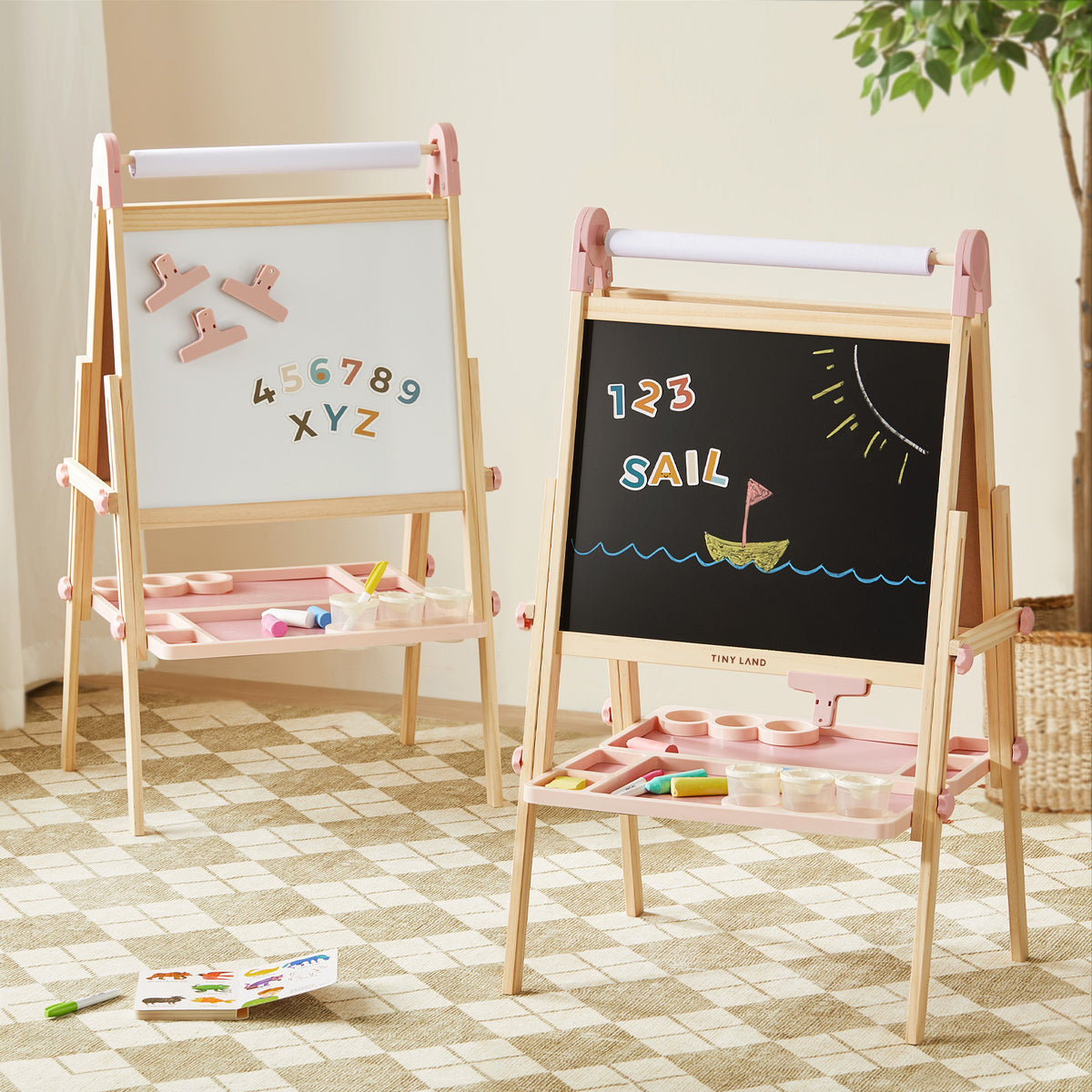
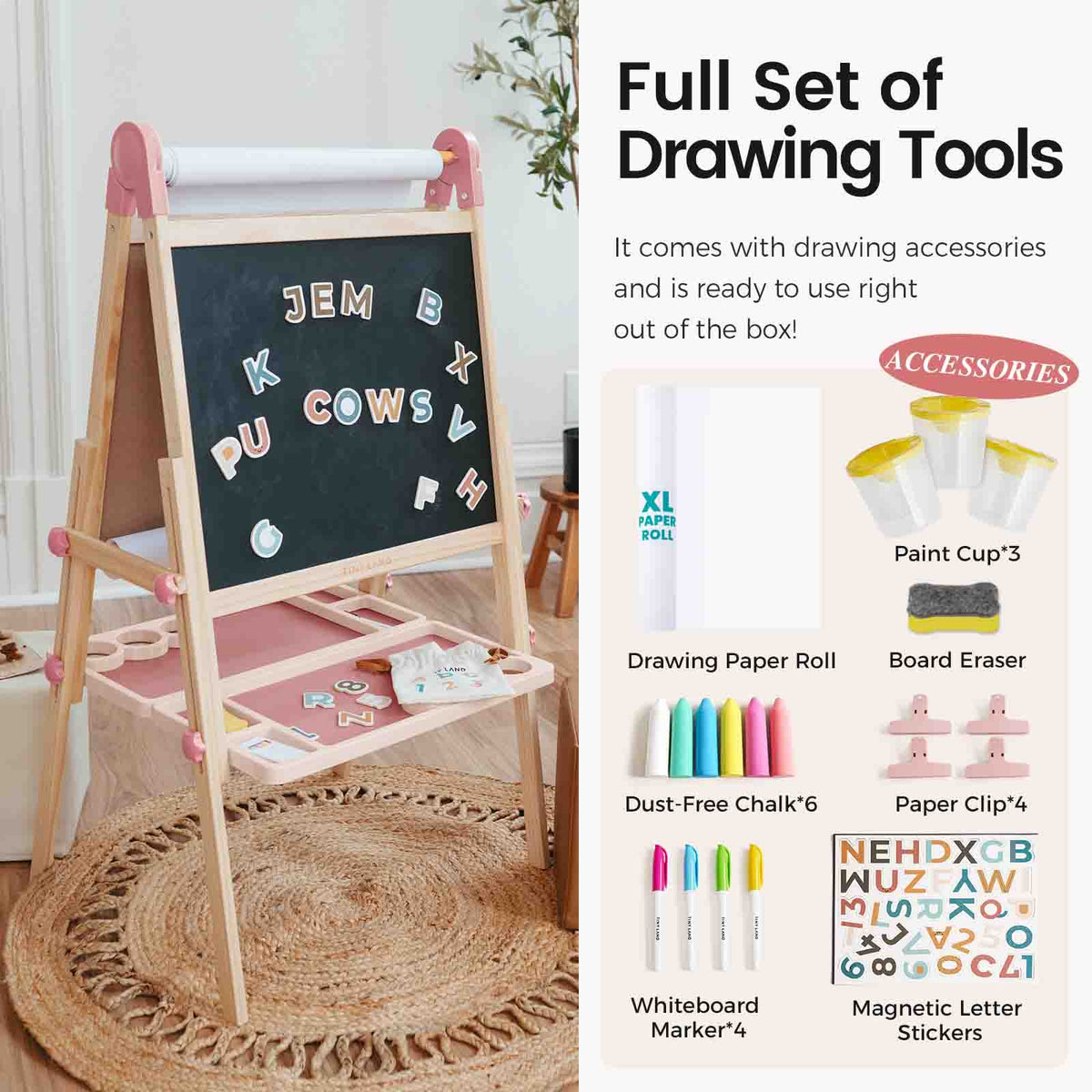
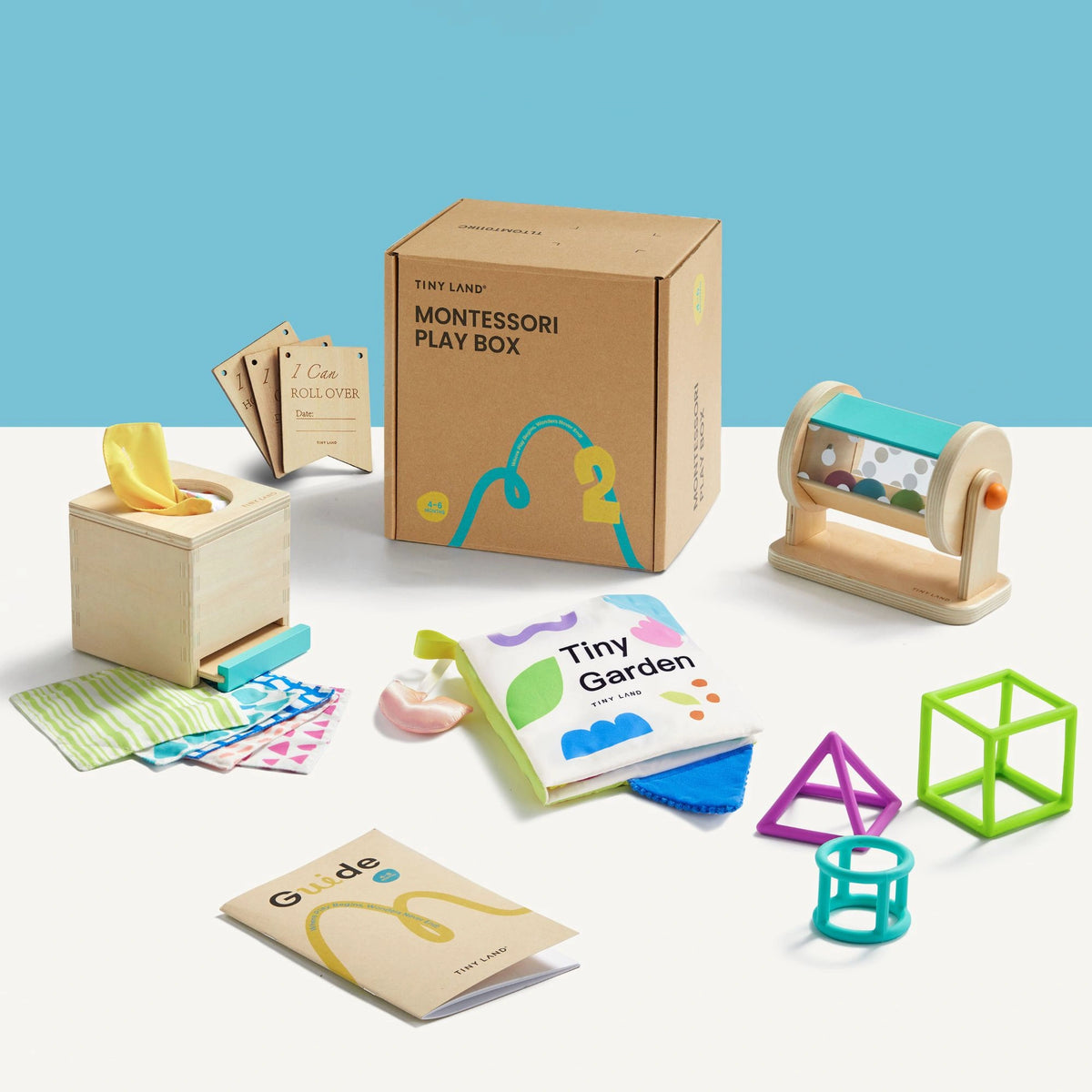
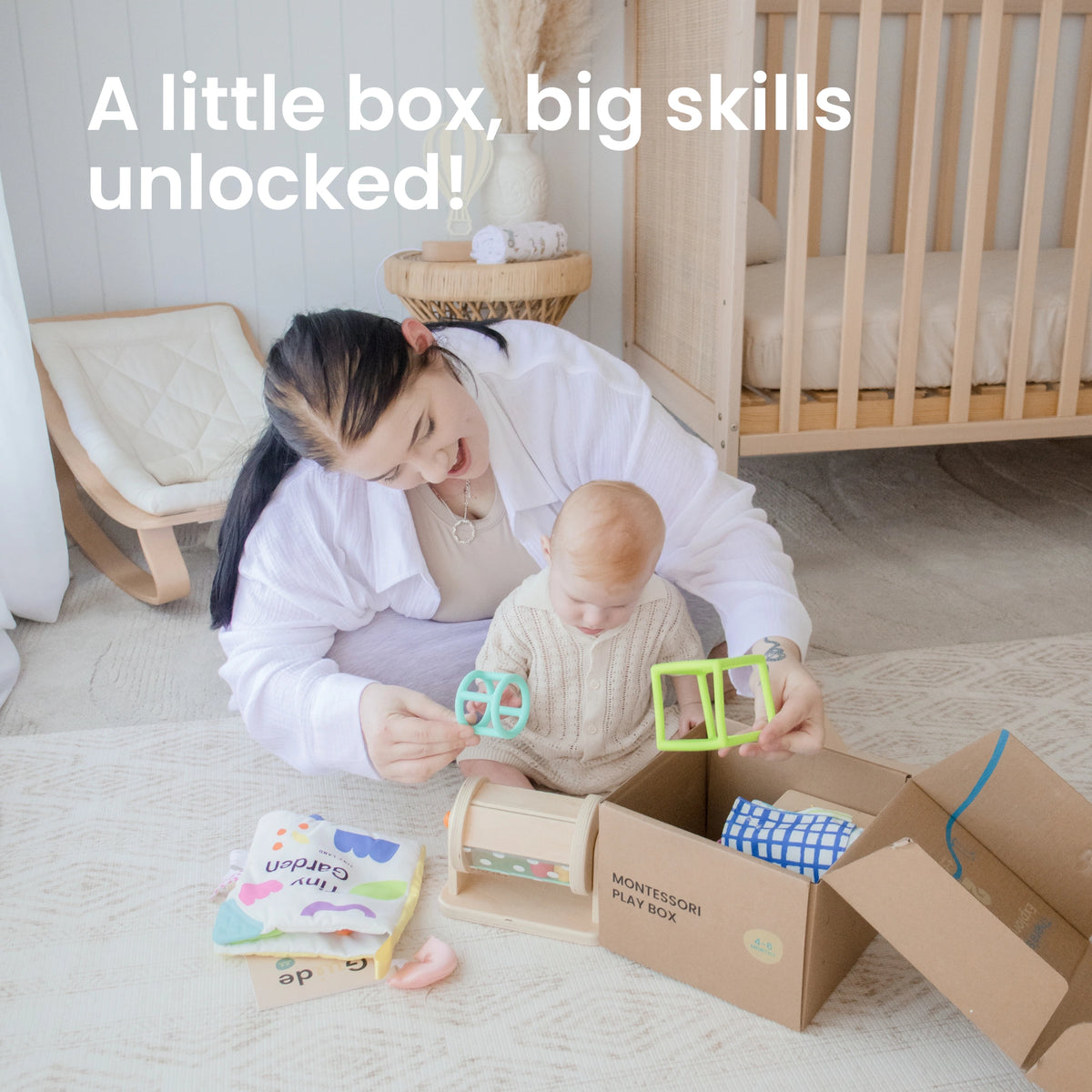
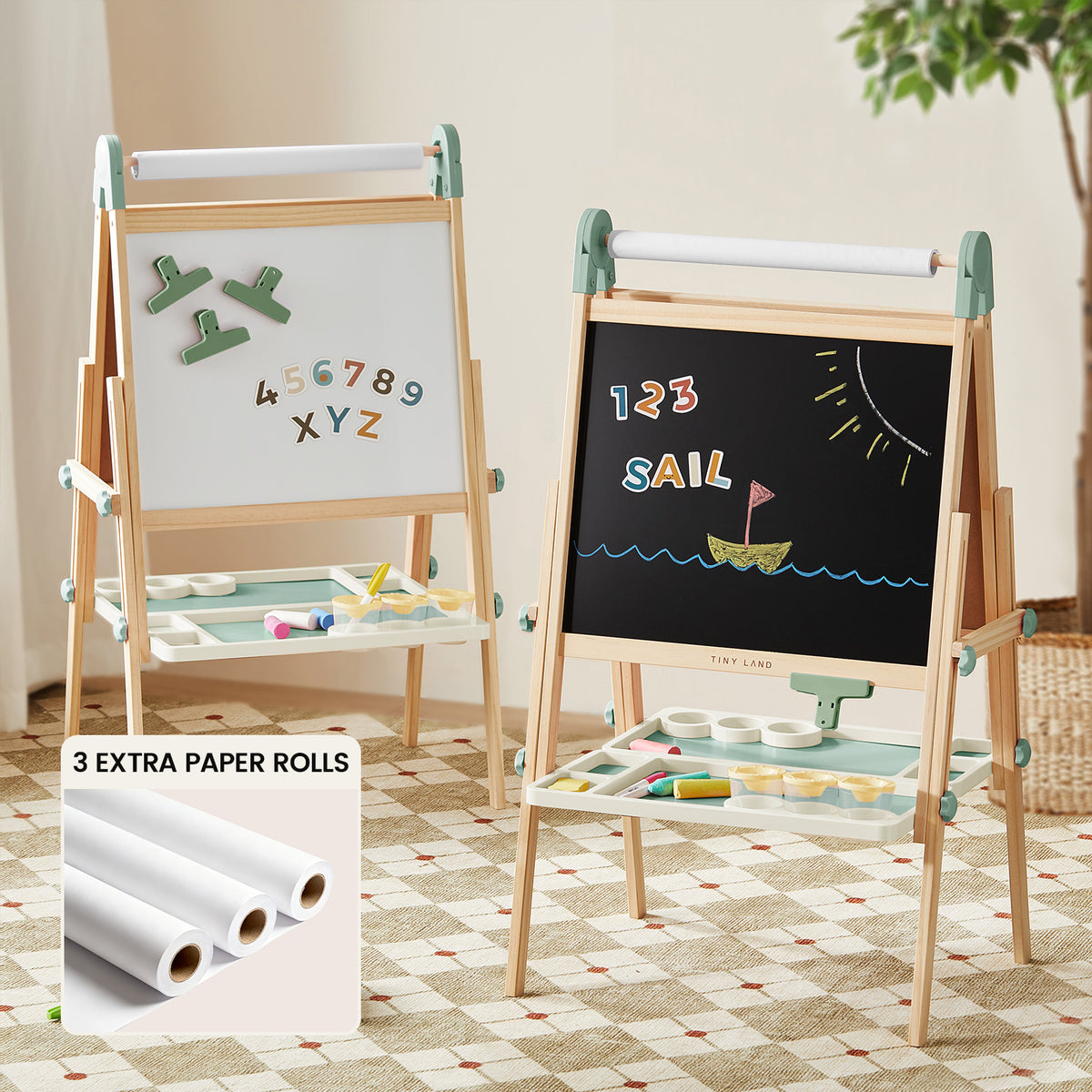
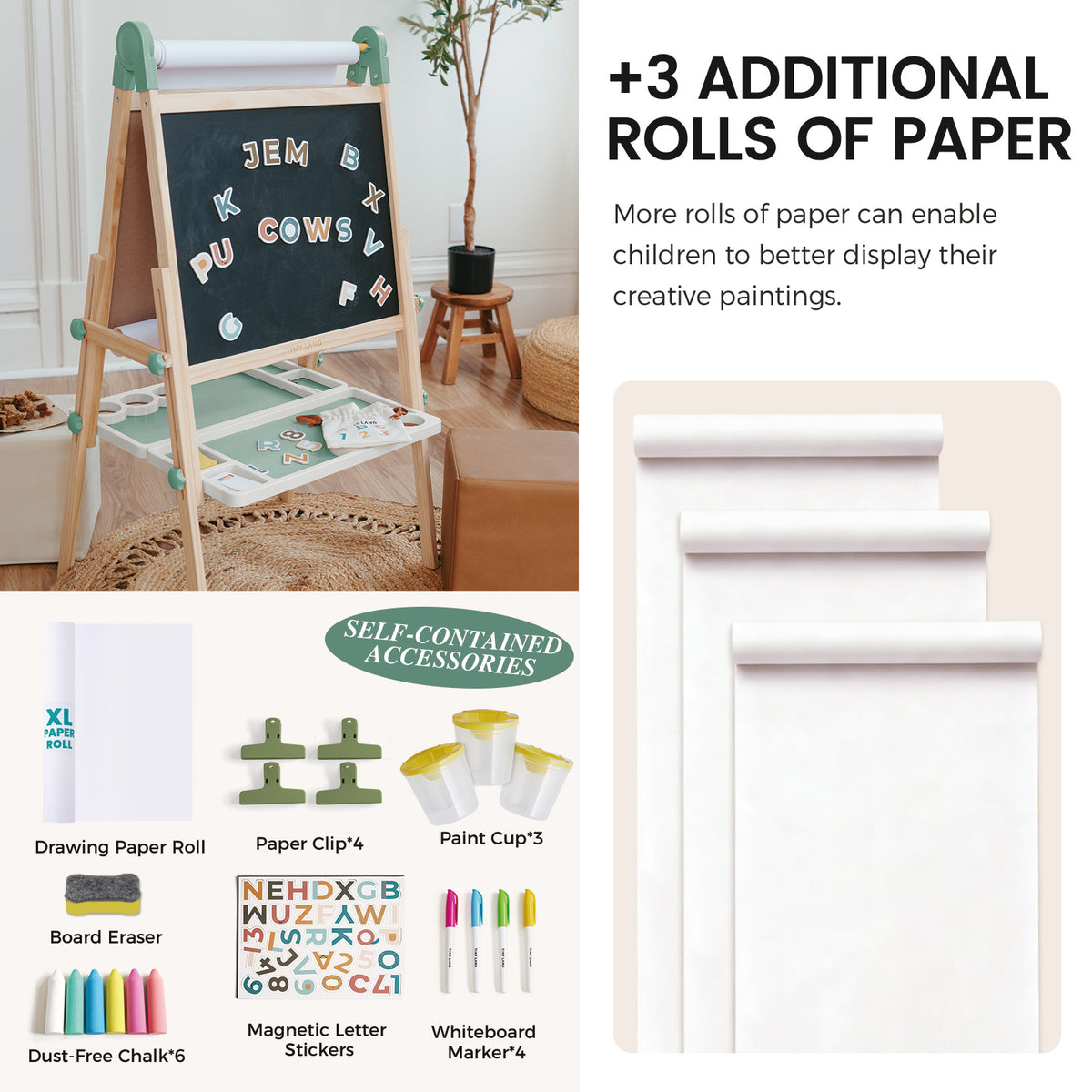
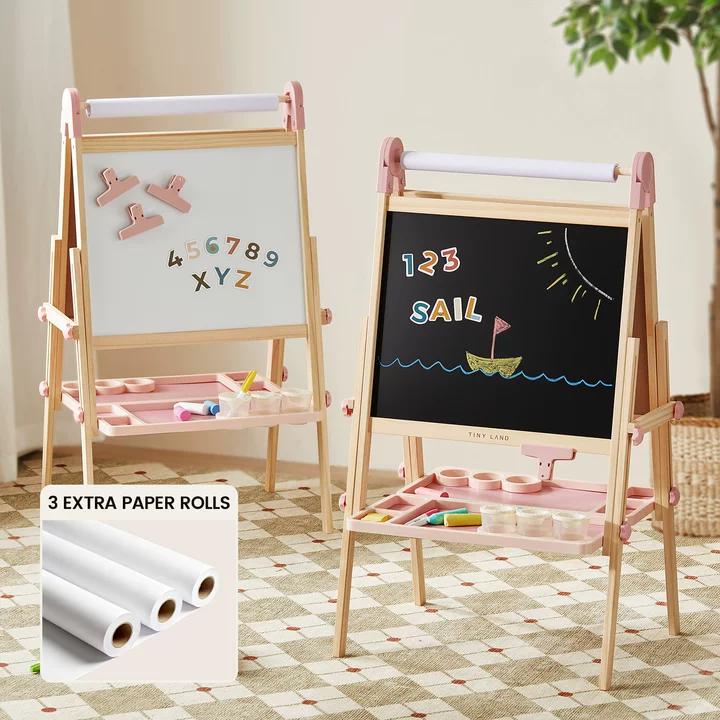
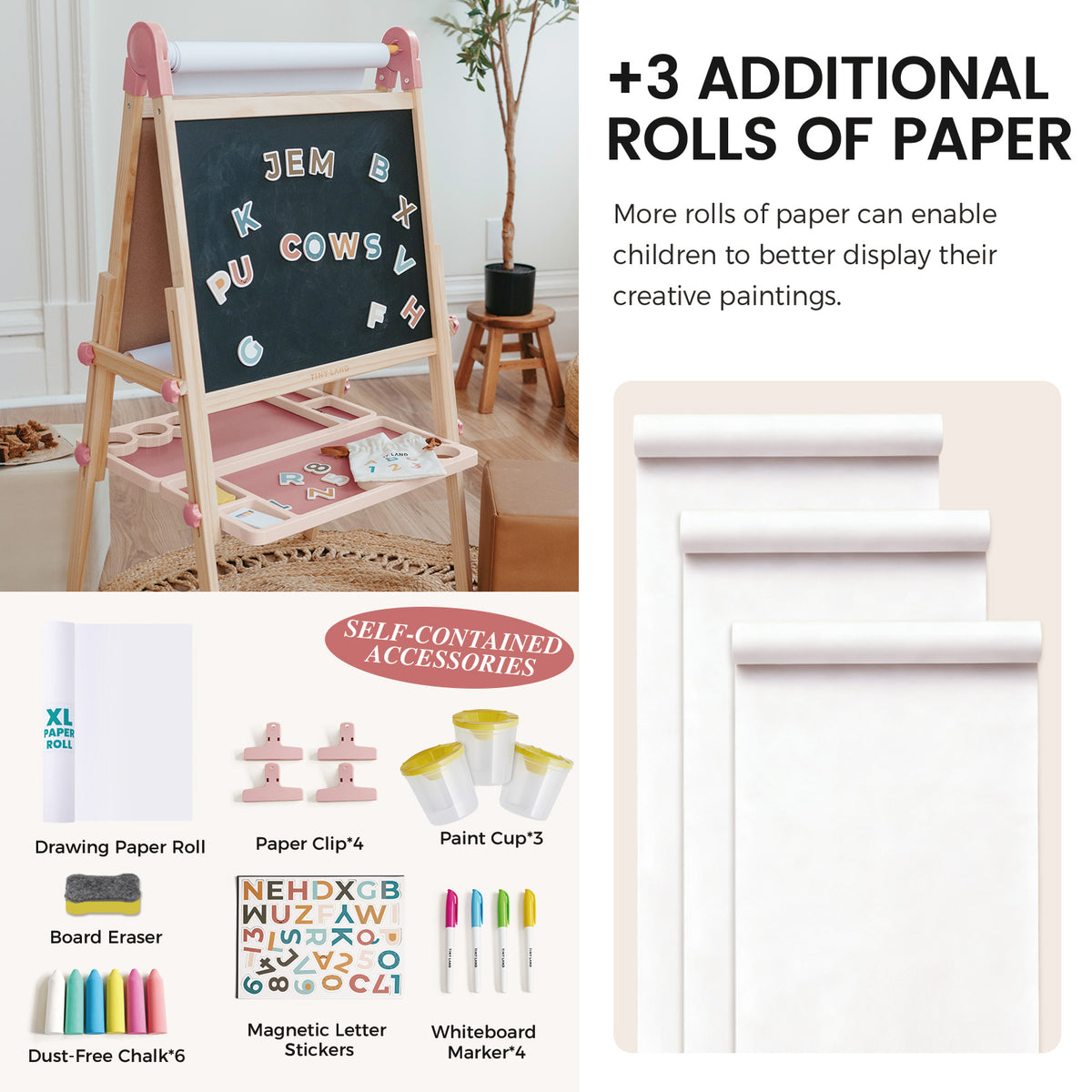
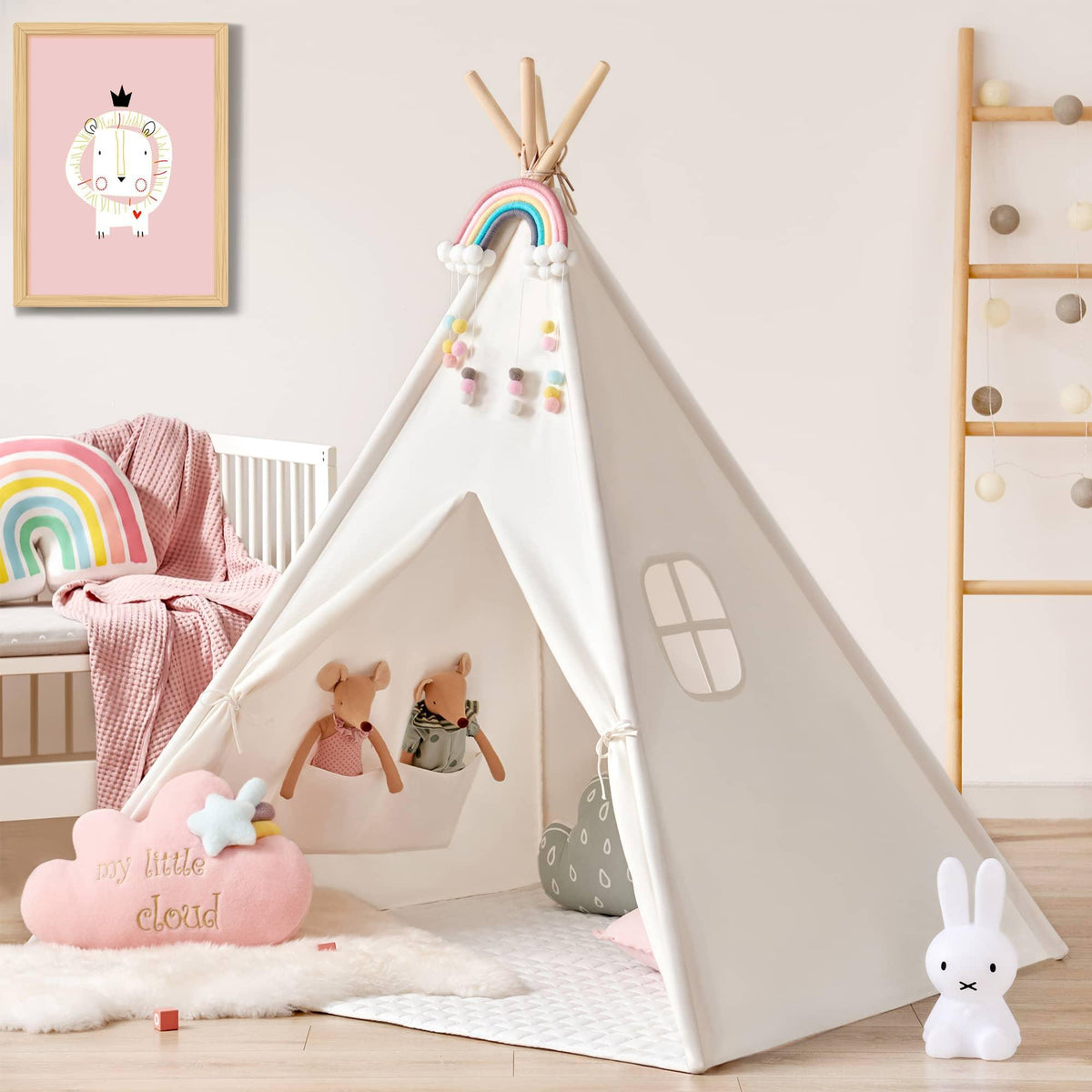
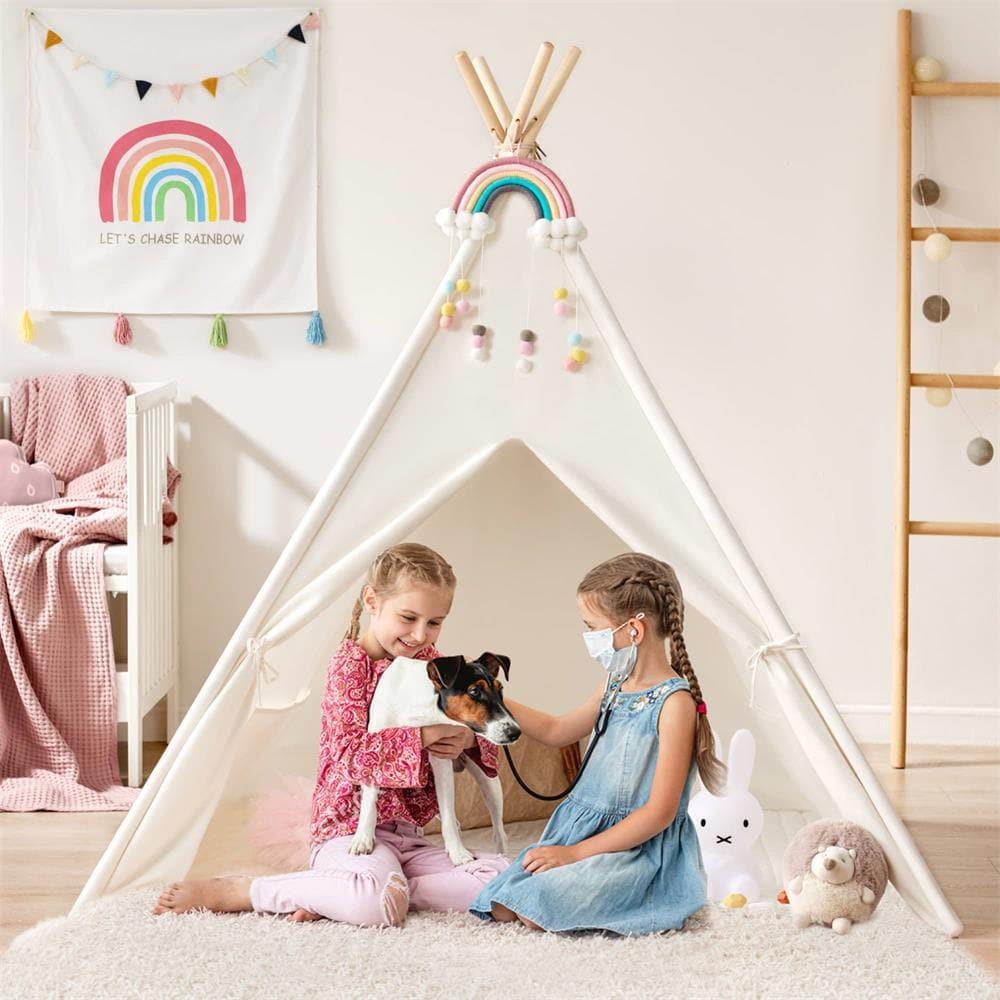
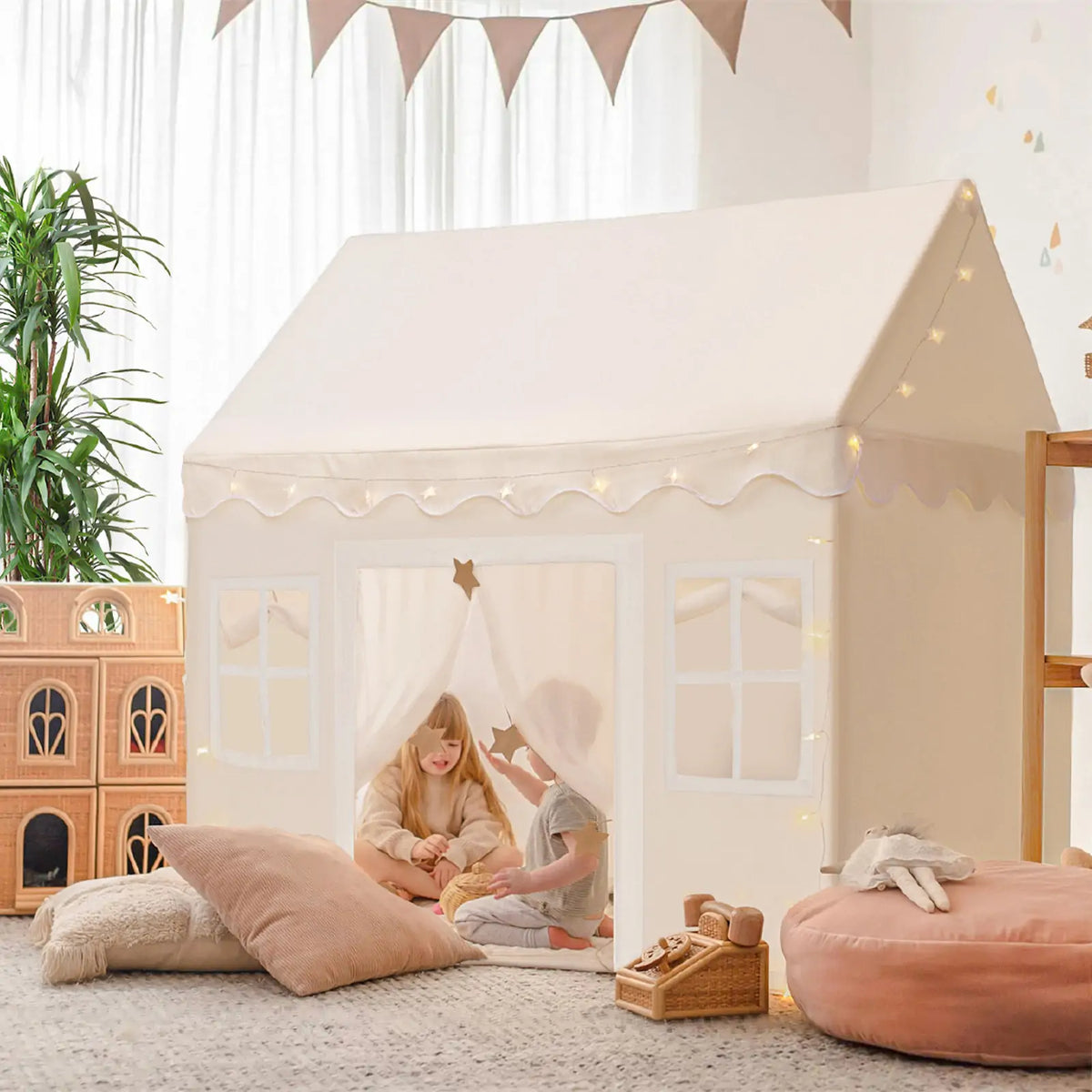
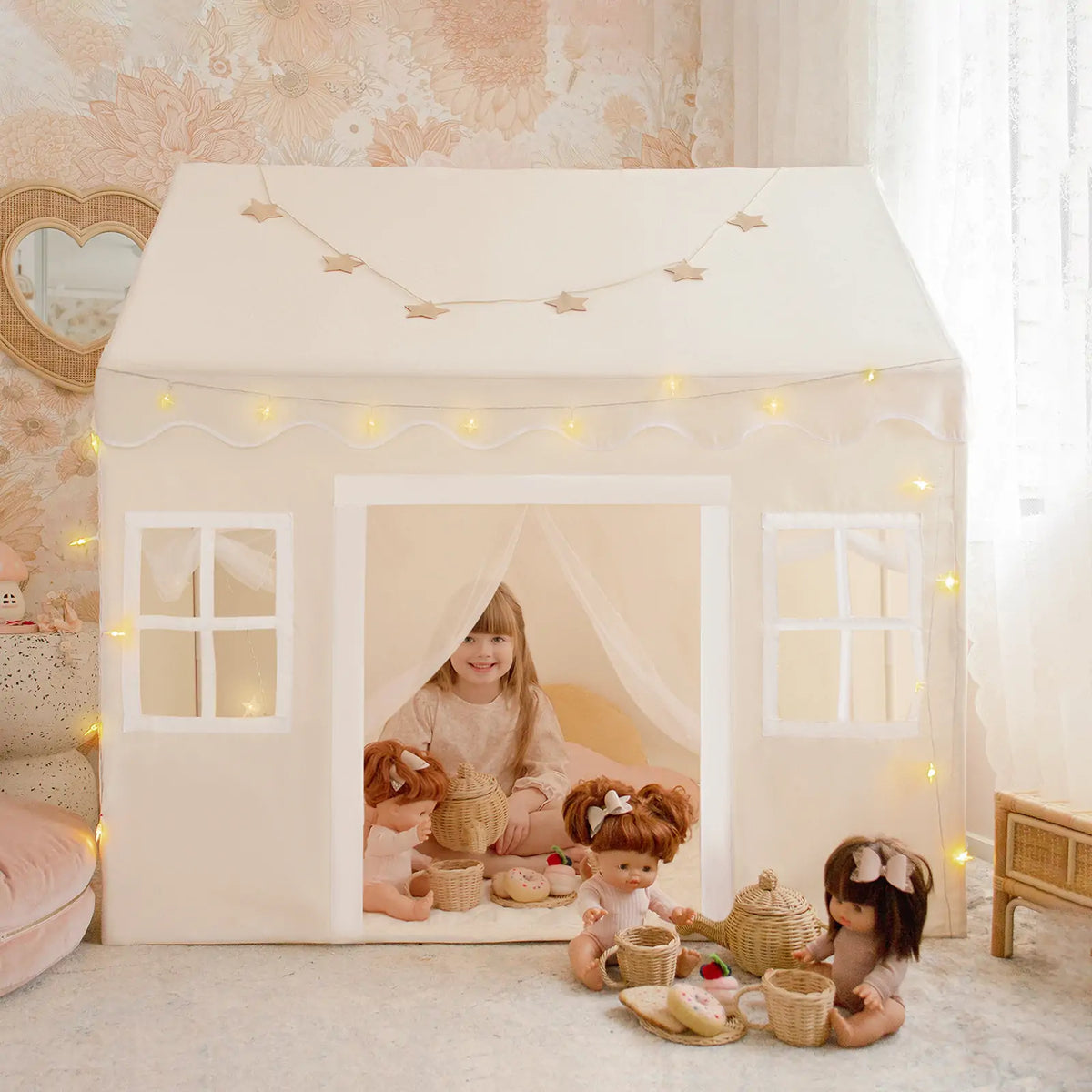
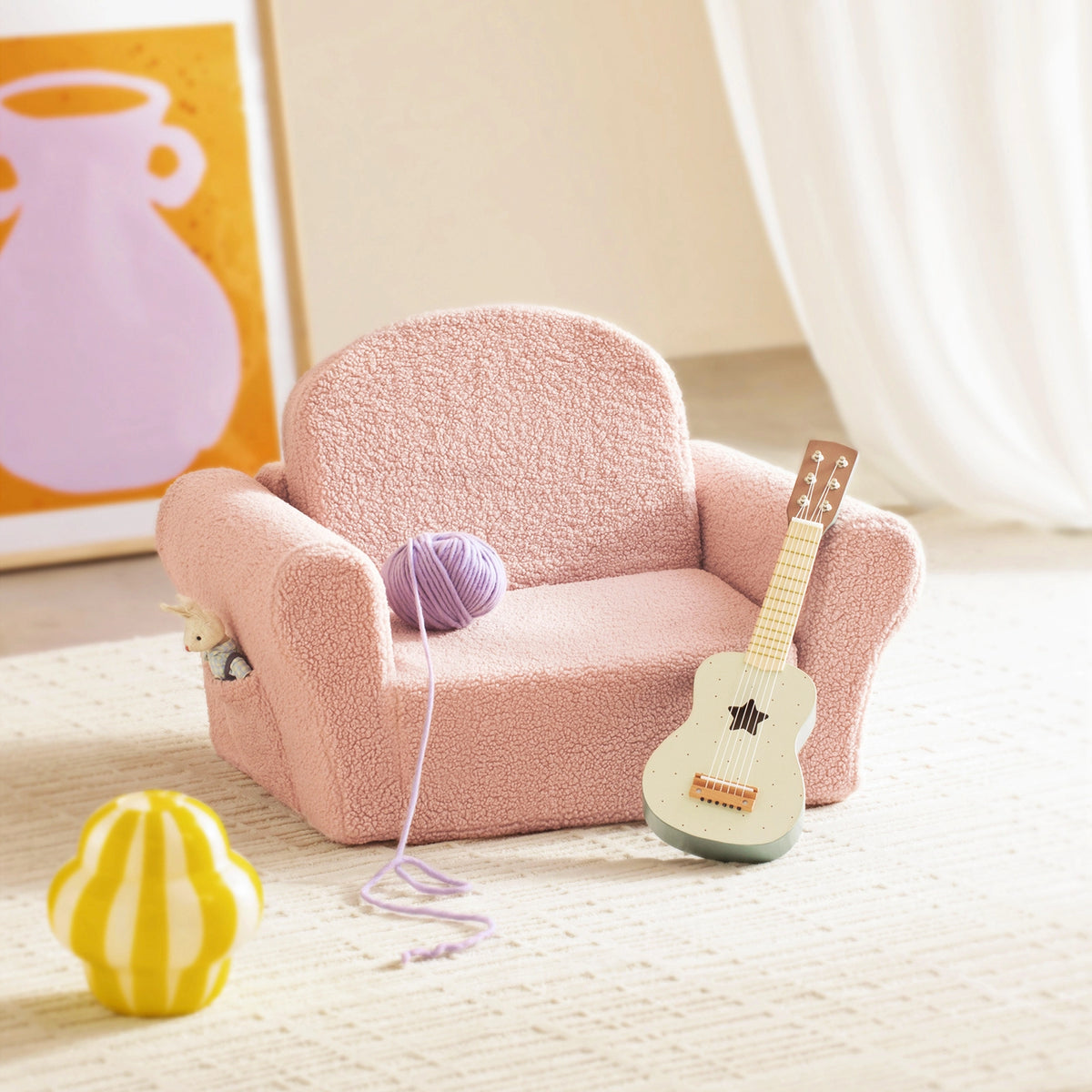
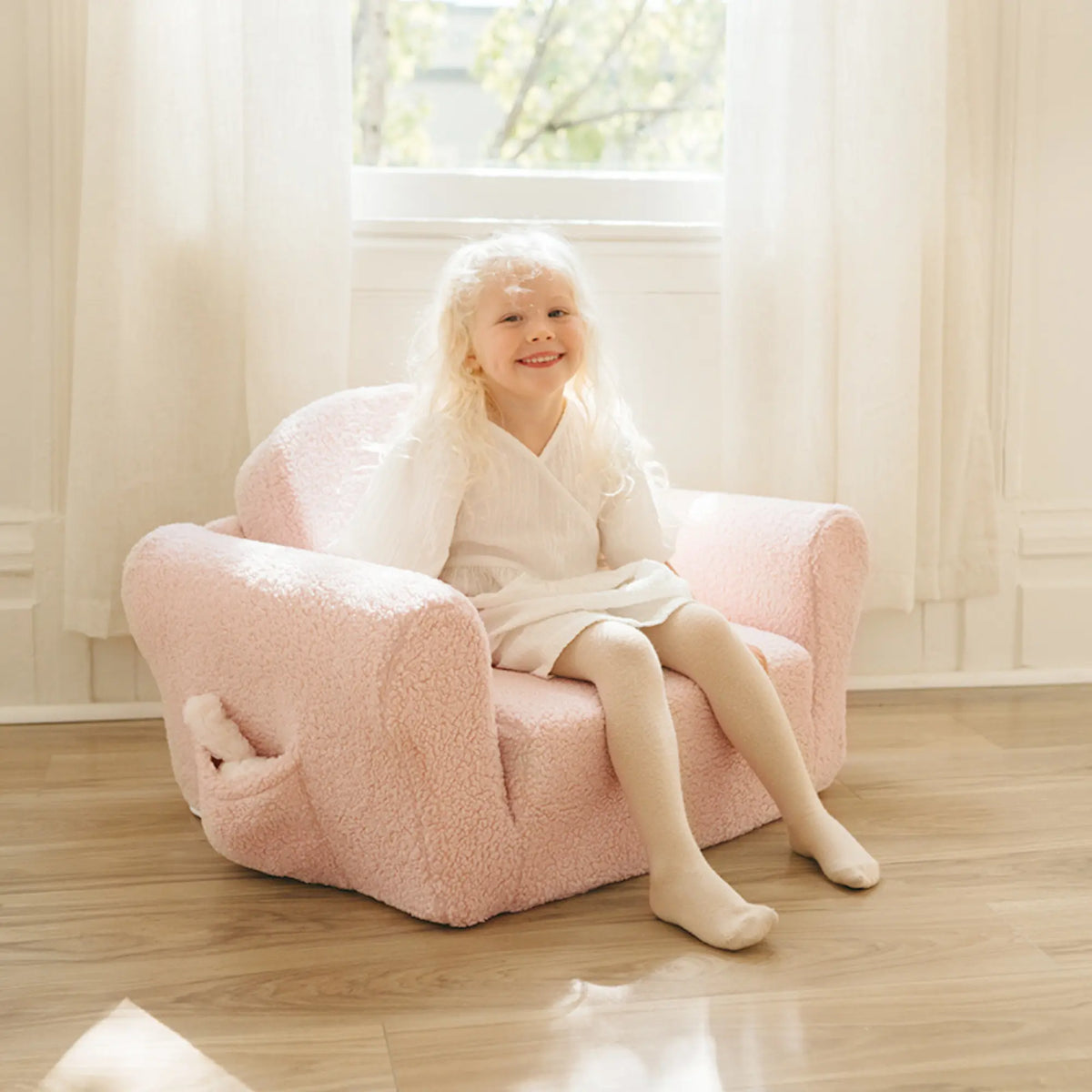
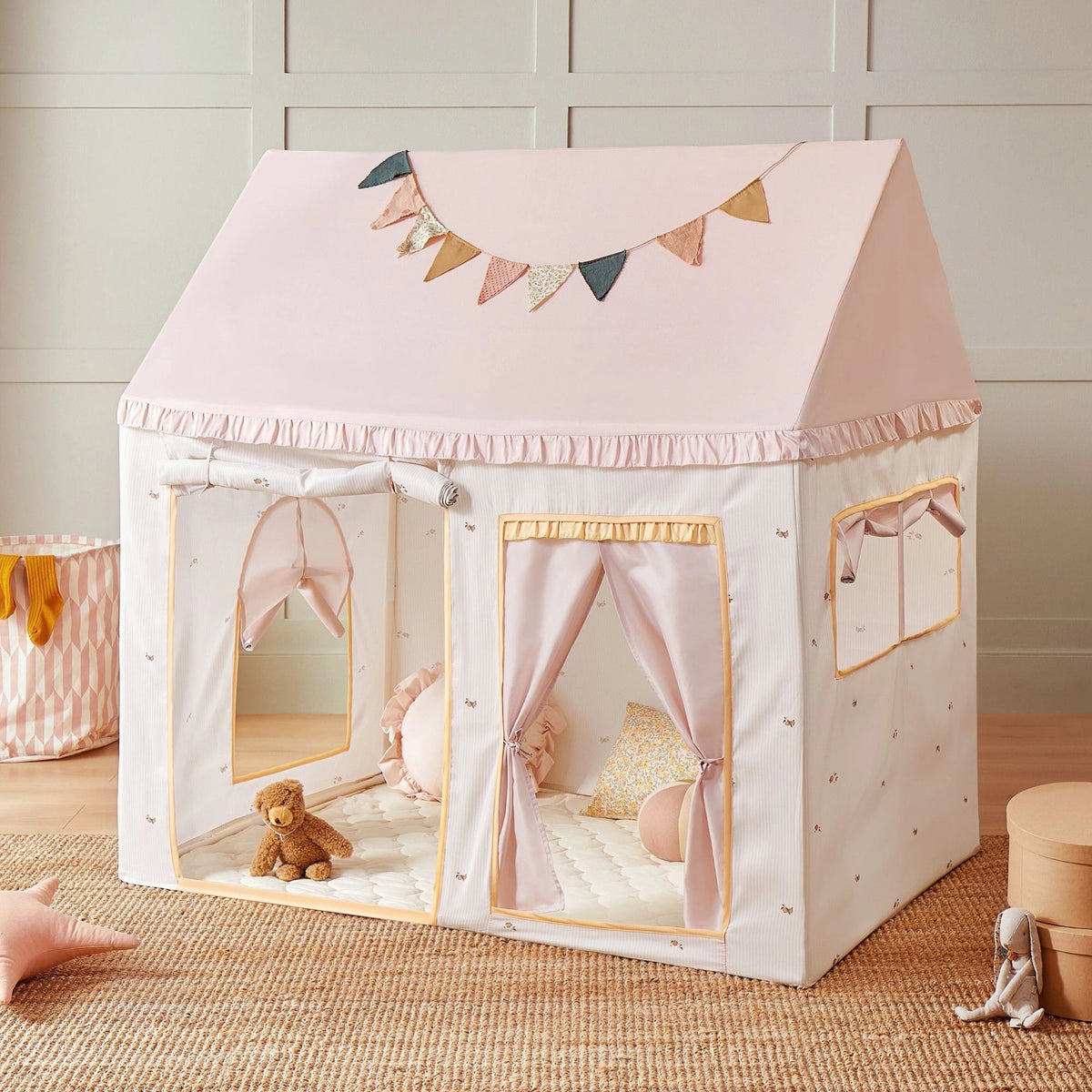


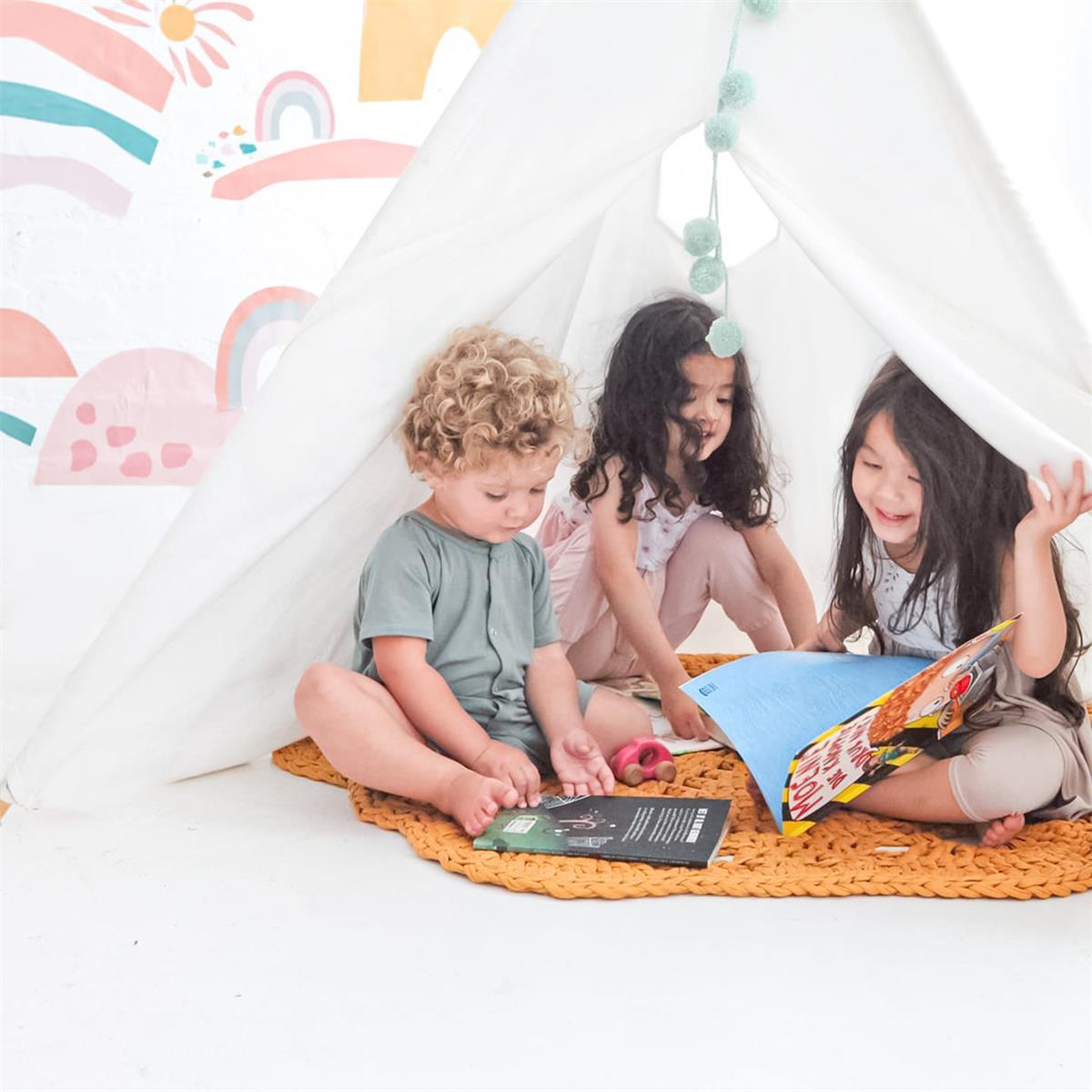
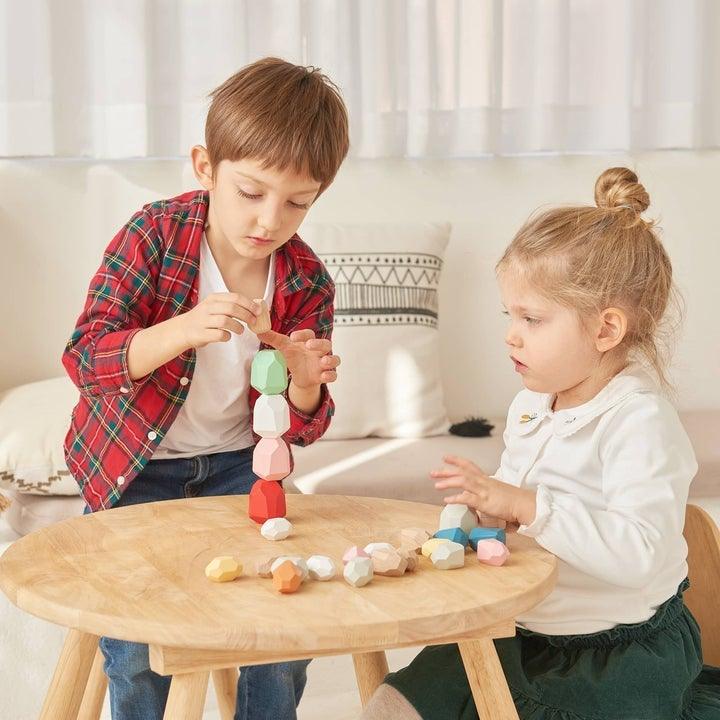
2 comments
Henrytab
Securing the aid of a lawyer for disabled individuals for claims related to disabilities in Albuquerque region holds great value. Individuals who pursue the support of a lawyer specializing in disabilities in trials regarding disabilities can derive numerous positive aspects and priceless assistance in the process of claiming disabilities. These attorneys possess the necessary competencies, understanding, and capability to successfully navigate the intricacies of the legal system and stand up for their clients’ most favorable welfare.
One of the primary functions of a attorney specializing in disabilities in disability court trials entails skillfully directing and managing the legal proceedings. Disability attorneys stand out at maneuvering the intricacies of trials related to disabilities, which can be overwhelming for those not familiar with the judicial system. By utilizing the assistance of a attorney specializing in disabilities, individuals with disabilities greatly enhance their likelihood of success in court for disability claims.
Throughout court proceedings for disability claims, a attorney specializing in disabilities plays a pivotal and engaged part in providing vital
assistance. They dynamically cooperate with clients in preparing and lodging claims applications for disabilities, petitions, and requests, simplifying the procedure and ensuring all essential paperwork is accurately presented. Additionally, attorneys specializing in disabilities provide critical assistance during trials regarding disabilities, leveraging their specialist expertise of laws pertaining to disabilities and regulations to offer guidance, advice, and advocacy.
The positive aspects of acquiring a disability attorney for disability claims are varied. These legal professionals provide knowledgeable guidance and suggestions, equipping their clients with a advantage in disability court trials. Through their thorough grasp of the legal landscape, lawyers for disabled individuals can efficiently traverse the complicated structure of rules and statutes governing claims concerning disabilities, making sure that their clients’ entitlements are secured and their optimal interests are spoken for.
Moreover, lawyers for disabled individuals simplify the procedure for disability claims, relieving the pressure on individuals with disabilities. They serve as advocates, communicating with administrative bodies, insurance companies, and other relevant parties on behalf of their clients. This holistic support allows individuals with disabilities to concentrate on their well-being and personal matters, being aware that their disability claims are being handled with utmost care and thoroughness.
In the framework of claims related to disabilities in Albuquerque region, it is vital to acknowledge the distinctive knowledge presented by attorneys specializing in social security. These legal professionals specialize in social security legislation and guidelines, making them invaluable benefits for individuals pursuing social security disability entitlements. Social security lawyers retain thorough understanding of the detailed regulations and protocols governing social security disability claims, enabling them to supply personalized guidance and guidance to their clients.
By engaging a attorney specializing in disabilities, individuals with disabilities gain access to a abundance of assets and assistance. These lawyers serve as committed champions, diligently fighting for their clients’ entitlements and benefits. Disability attorneys grasp the obstacles faced by individuals with disabilities and work diligently to guarantee they obtain the benefits for disabilities they are entitled to.
In conclusion, the act to secure a disability attorney is a critical one for individuals with disabilities pursuing disability entitlements in Albuquerque region. These legal professionals play a key part in making simpler the legal system, increasing the chances of success in court proceedings related to disabilities, and supplying knowledgeable guidance and recommendations tailored to their clients’ specific conditions.
claims advice by a knowledgeable lawyer near me[/url]Securing the aid of a lawyer for disabled individuals for claims related to disabilities in Albuquerque region holds great value. Individuals who pursue the support of a lawyer specializing in disabilities in trials regarding disabilities can derive numerous positive aspects and priceless assistance in the process of claiming disabilities. These attorneys possess the necessary competencies, understanding, and capability to successfully navigate the intricacies of the legal system and stand up for their clients’ most favorable welfare.
One of the primary functions of a attorney specializing in disabilities in disability court trials entails skillfully directing and managing the legal proceedings. Disability attorneys stand out at maneuvering the intricacies of trials related to disabilities, which can be overwhelming for those not familiar with the judicial system. By utilizing the assistance of a attorney specializing in disabilities, individuals with disabilities greatly enhance their likelihood of success in court for disability claims.
Throughout court proceedings for disability claims, a attorney specializing in disabilities plays a pivotal and engaged part in providing vital
assistance. They dynamically cooperate with clients in preparing and lodging claims applications for disabilities, petitions, and requests, simplifying the procedure and ensuring all essential paperwork is accurately presented. Additionally, attorneys specializing in disabilities provide critical assistance during trials regarding disabilities, leveraging their specialist expertise of laws pertaining to disabilities and regulations to offer guidance, advice, and advocacy.
The positive aspects of acquiring a disability attorney for disability claims are varied. These legal professionals provide knowledgeable guidance and suggestions, equipping their clients with a advantage in disability court trials. Through their thorough grasp of the legal landscape, lawyers for disabled individuals can efficiently traverse the complicated structure of rules and statutes governing claims concerning disabilities, making sure that their clients’ entitlements are secured and their optimal interests are spoken for.
Moreover, lawyers for disabled individuals simplify the procedure for disability claims, relieving the pressure on individuals with disabilities. They serve as advocates, communicating with administrative bodies, insurance companies, and other relevant parties on behalf of their clients. This holistic support allows individuals with disabilities to concentrate on their well-being and personal matters, being aware that their disability claims are being handled with utmost care and thoroughness.
In the framework of claims related to disabilities in Albuquerque region, it is vital to acknowledge the distinctive knowledge presented by attorneys specializing in social security. These legal professionals specialize in social security legislation and guidelines, making them invaluable benefits for individuals pursuing social security disability entitlements. Social security lawyers retain thorough understanding of the detailed regulations and protocols governing social security disability claims, enabling them to supply personalized guidance and guidance to their clients.
By engaging a attorney specializing in disabilities, individuals with disabilities gain access to a abundance of assets and assistance. These lawyers serve as committed champions, diligently fighting for their clients’ entitlements and benefits. Disability attorneys grasp the obstacles faced by individuals with disabilities and work diligently to guarantee they obtain the benefits for disabilities they are entitled to.
In conclusion, the act to secure a disability attorney is a critical one for individuals with disabilities pursuing disability entitlements in Albuquerque region. These legal professionals play a key part in making simpler the legal system, increasing the chances of success in court proceedings related to disabilities, and supplying knowledgeable guidance and recommendations tailored to their clients’ specific conditions.
claims advice by a knowledgeable lawyer near me[/url]JamesStism
Just came across this site and had to give it a mention. I’m a personal injury lawyer, and let me inform you, locating a hub packed with such helpful info is like striking gold. The lawful landscape can be bewildering, and that’s why lately revealed my own space to offer information, suggestions, and honest conversations about injury cases. No jargon, just clear info to aid you journey through the legal. So, if you’re into strengthening yourself with legal expertise, stop by my platform, and let’s unravel the complications together.
[url=https://amicuslegalgroup.com/2020/06/06/common-spinal-cord-injuries-sci-in-a-california-bicycle-accident/][color=black_url]Legal rights when impacted by a vehicle[/color][/url]
Just came across this site and had to give it a mention. I’m a personal injury lawyer, and let me inform you, locating a hub packed with such helpful info is like striking gold. The lawful landscape can be bewildering, and that’s why lately revealed my own space to offer information, suggestions, and honest conversations about injury cases. No jargon, just clear info to aid you journey through the legal. So, if you’re into strengthening yourself with legal expertise, stop by my platform, and let’s unravel the complications together.
[url=https://amicuslegalgroup.com/2020/06/06/common-spinal-cord-injuries-sci-in-a-california-bicycle-accident/][color=black_url]Legal rights when impacted by a vehicle[/color][/url]